Now that our adventures in South Africa have been appropriately chronicled, I will turn back to my mission in Afghanistan: the reconstruction of Kapisa and Parwan provinces. These two months were filled with many quality assurance inspections to ensure a quality product was being built, contractor meetings to gauge progress and capacity, and Afghan government meetings to plan, program and execute new projects.
The Afghan government representatives often join us when we go to the sites. For example, here the provincial line director for Rural Rehabilitation and Development joined us to inspect a compacted dirt road. This road is concurrently being paved with asphalt by another contract. Thanks to the chief for capturing this scene.
Here we are inspecting a deep well (>100 meters). Unfortunately, the quality isn’t quite what I hoped. So, the minister and I offered some suggestions to the contractor. With the chief’s fish-eye lens, you can see the whole scene.
As you can see, mobile phone technology has pervaded the market. Before 2001, there were no mobile phone carriers. Now, there are four with almost good coverage.
Answering some of the many questions from the people.
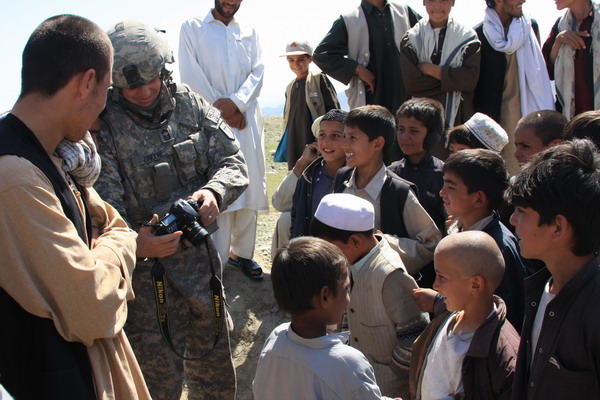
The people in this area (especially the children) loved to have their picture taken. In particular, the digital display was fascinating.
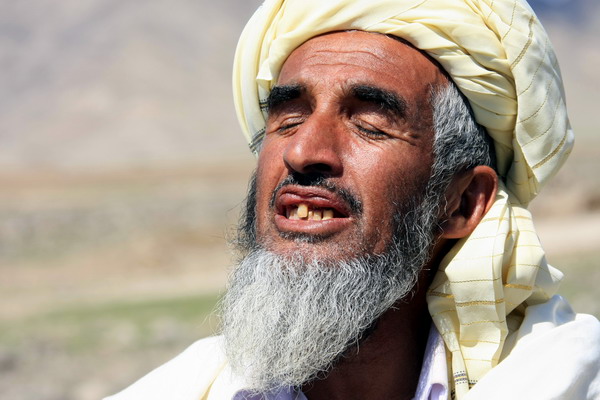
If you notice, this is the same man who was intently using his mobile phone.
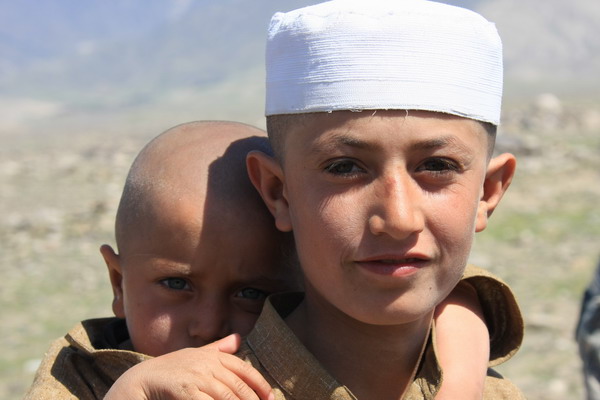
These boys were a bit apprehensive at first, but warmed up to us (at least that’s what it appeared).
Doesn’t this boy have amazing eyes? Also, many children’s heads are shaved for the Afghan New Year (Mar 21). I was told they do that to help it grow back better in the future.
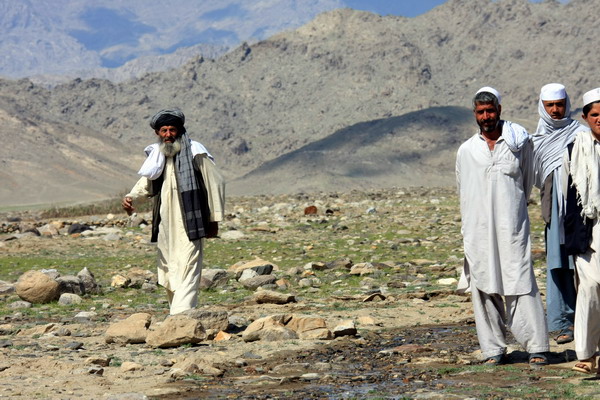
These next few images are of the people in the area.
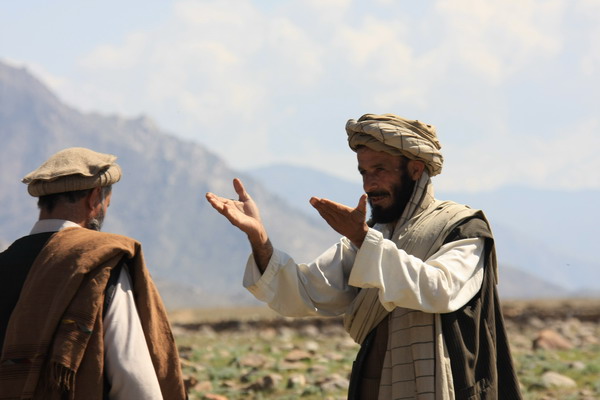
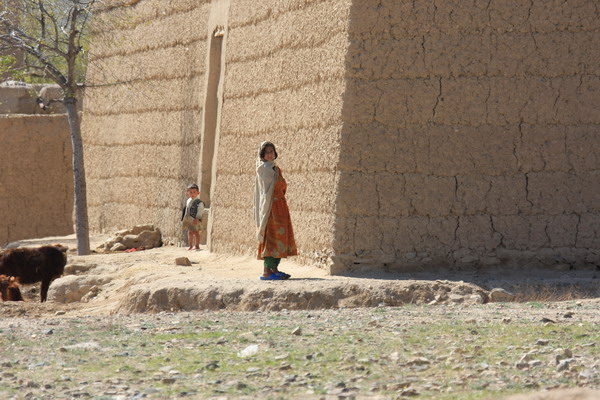
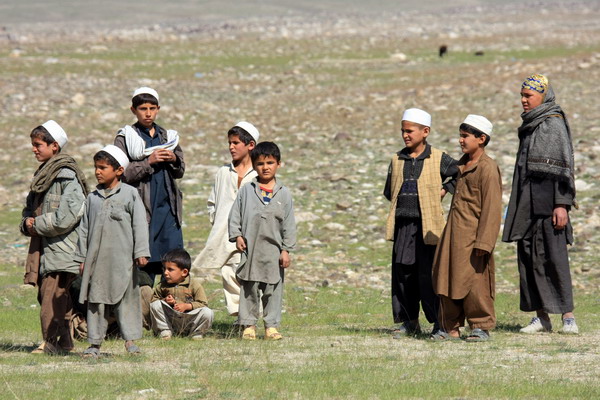
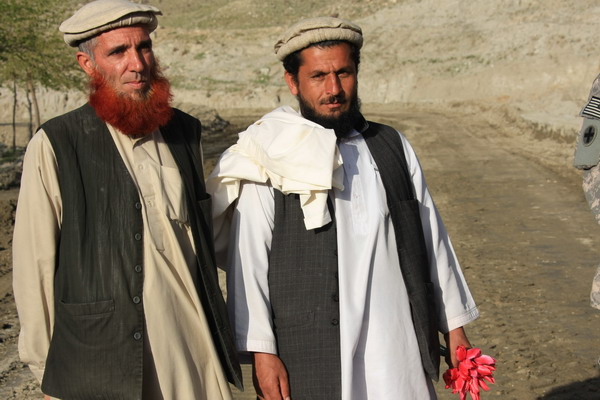
The flowers were in bloom. As a good husband, he picked a bouquet for his wife.
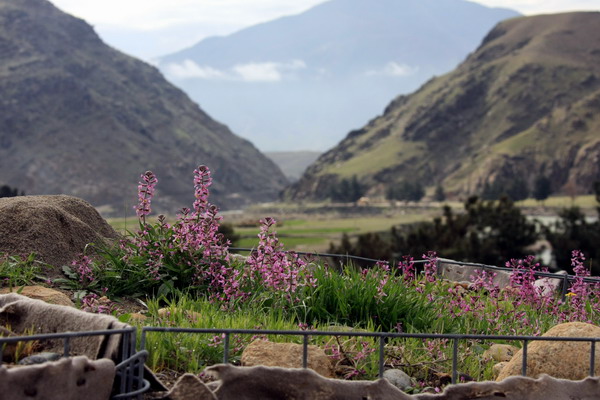
These flowers poked out in one of the HESCO barriers on the forward operating base we stayed at.
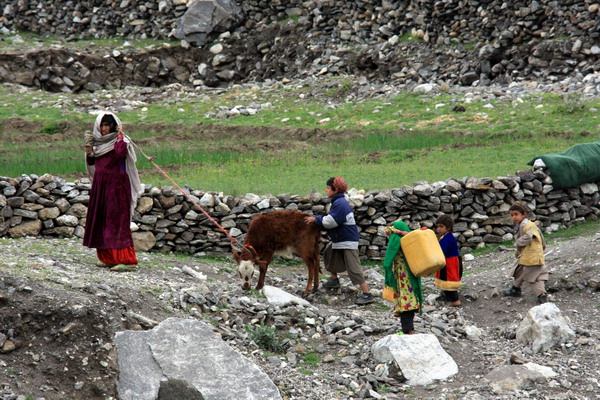
These kids were collecting water for their family from the river.
It was still a bit chilly on this trip.
The view from the inside of our vehicle.
As much as I enjoy getting out to our projects, this room is where I spend a lot of time. Here we are meeting with the government officials to help us select a contractor. Once that contractor is chosen, we meet often to discuss everything from the design to execution of the project.
Here are a couple contract proposals. We’ve worked extensively to train companies (~200) on how to submit an adequate proposal. As a result, we’ve seen a huge leap in the quality of proposals submitted for our projects.
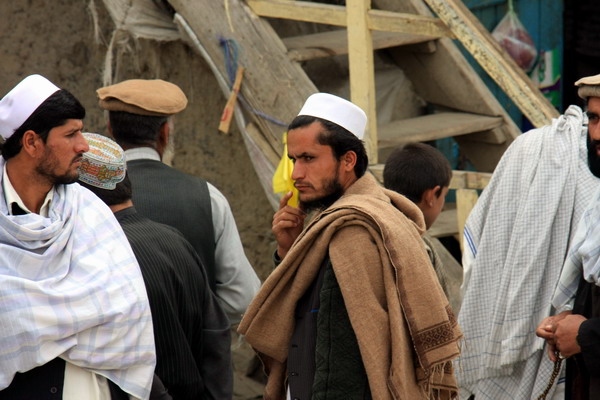
Here we are back out in another part of the province.
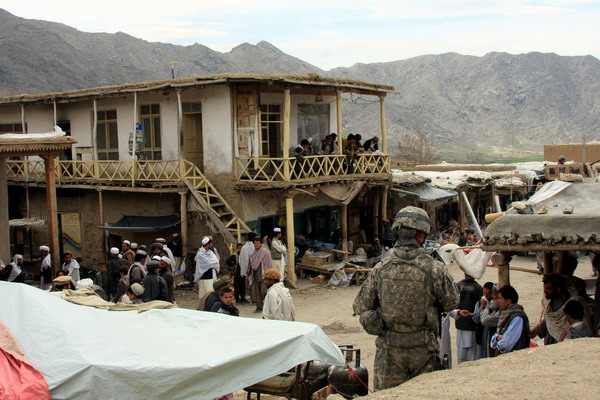
This is one of the many bazaars in the main population centers of Kapisa.
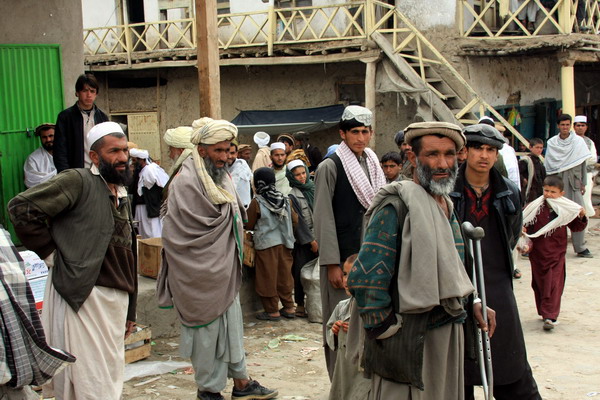
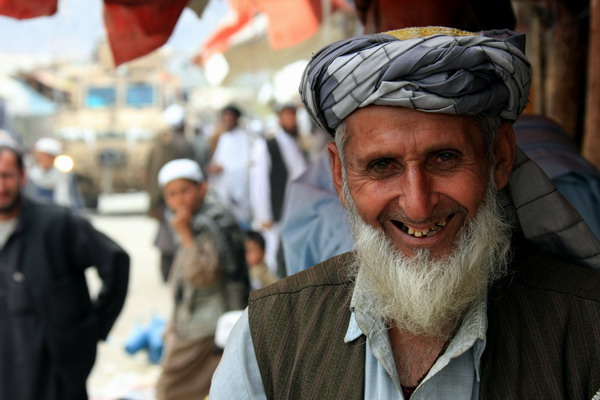
It seems I have a lot of pictures of old men. I don’t intend to, but they are often very photogenic and animated.
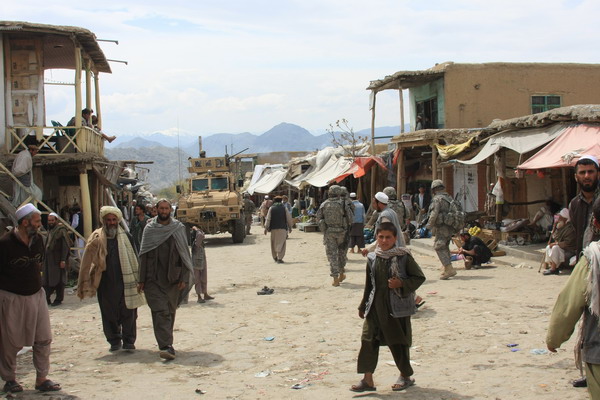
This kinda reminded me of what I expect a town in the west of the US looked like in the mid-nineteenth century. Sort of an Afghan Wild West (or east in this case).
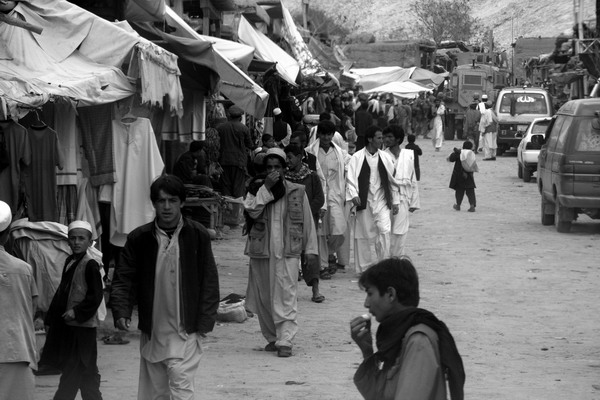
To continue with the antiquity theme.
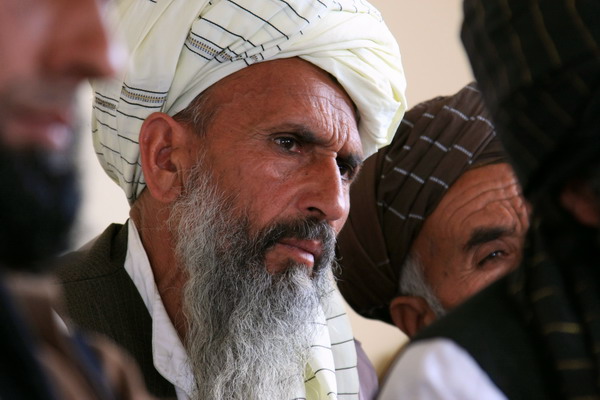
This pensive man was part of a discussion about development. The people need to help bring security. Then, we follow with development projects. The two are inextricably tied.
So, that covers my time up until mid-April. So, until the next post…
–Jim
South Africa — Cape Town (Part 2)
The final leg of our trip took us back to Cape Town. There we went up to the top of Table Mountain. The view from the top is simply spectacular.
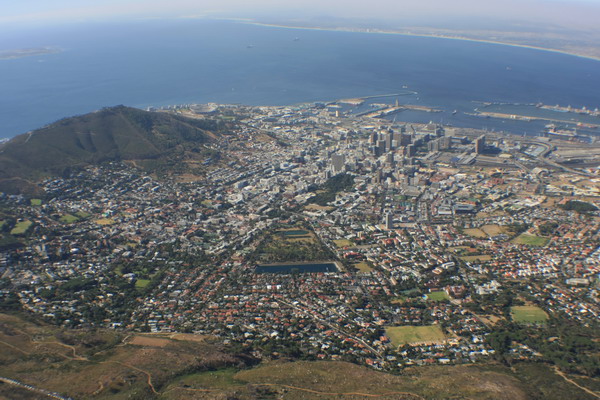
This is Cape Town’s city bowl (or downtown).
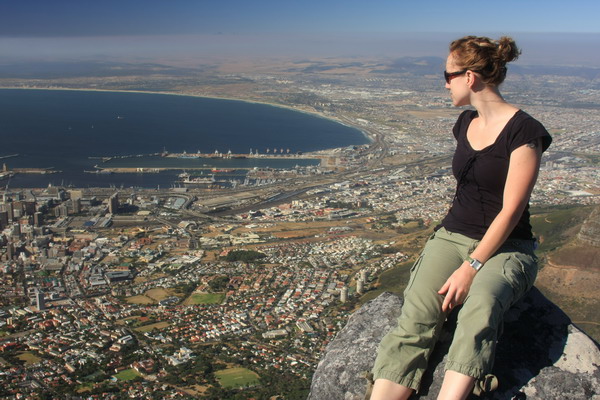
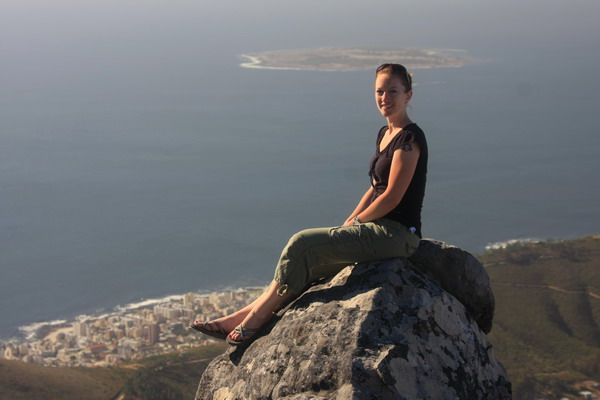
Anna’s outline connect Robben Island to the harbor. It’s seven kilometers into Table Bay and we’ll show you pictures from the island a little later in this post.
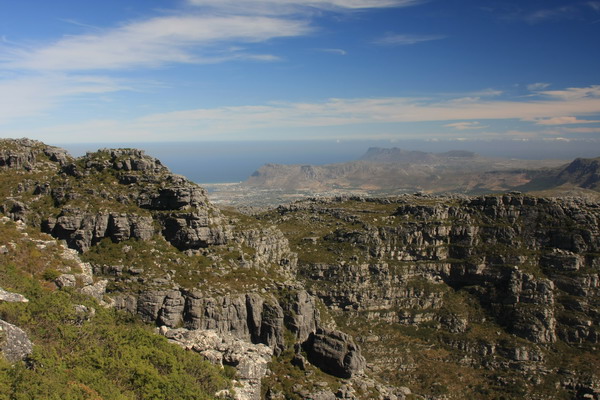
One of the beautiful vistas from the top of Table Mountain.
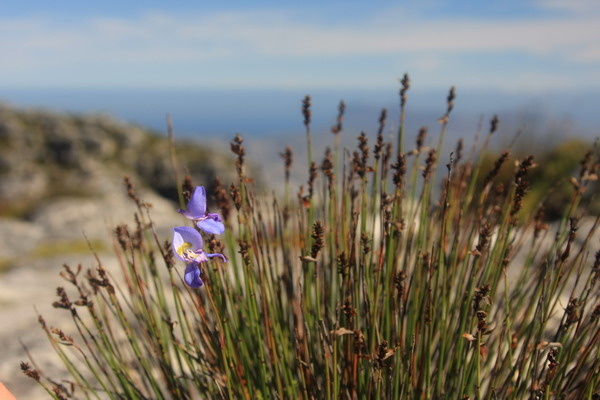
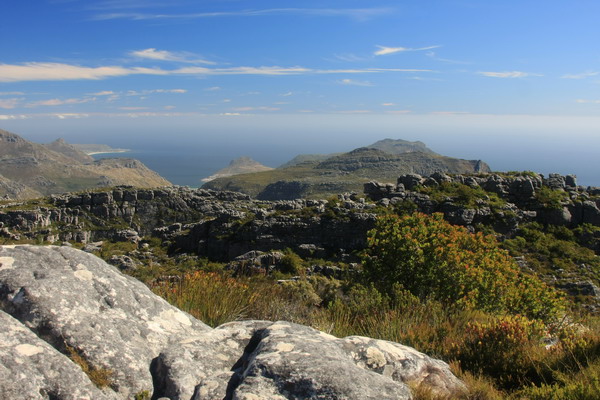
Looking out at the Cape of Good Hope.
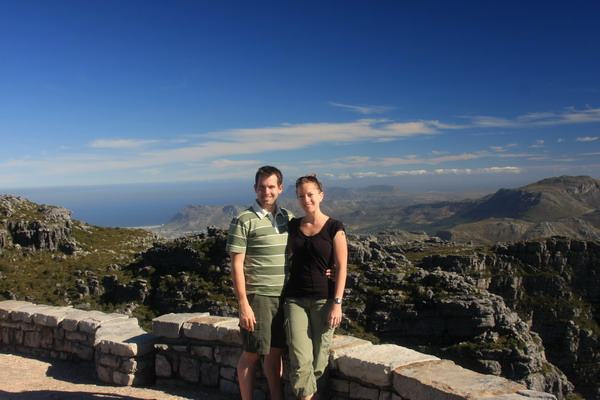
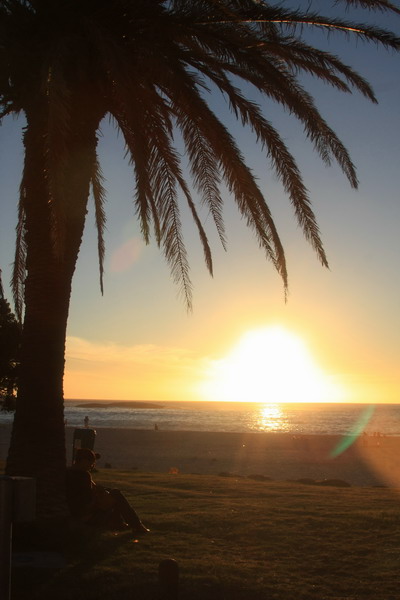
Camp’s Bay was a great place to share sundowners.
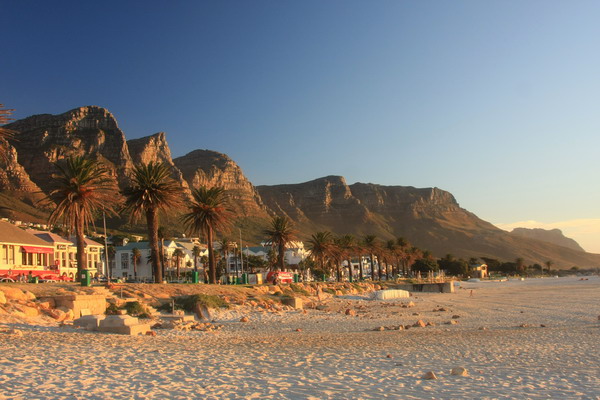
The temperature was perfect … not too hot and not too cold.
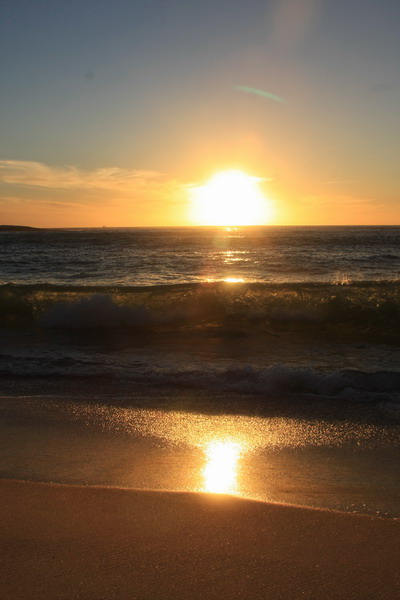
A great beach to walk along and watch the sunset.
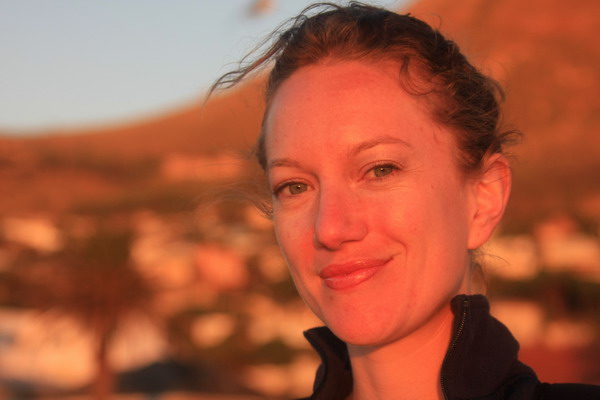
No, I didn’t retouch this image. This is the natural light. Isn’t she beautiful?
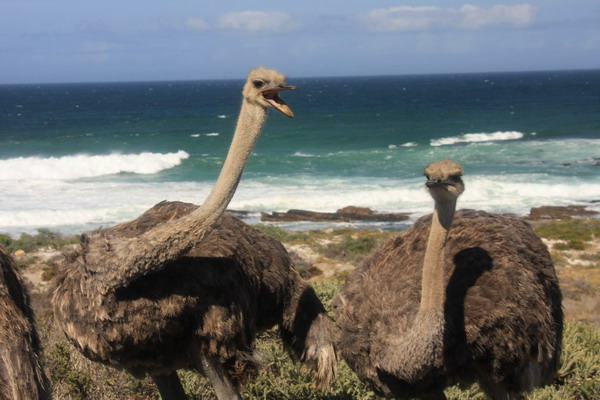
We took a mini-safari when we drove out to Cape Point National Park to see the Cape of Good Hope. These ostrich were getting a little feisty with each other.
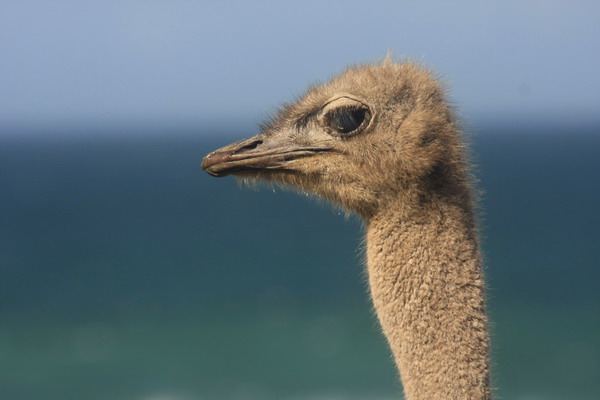
Perhaps a bit unsightly, but very tasty (my favorite meat).
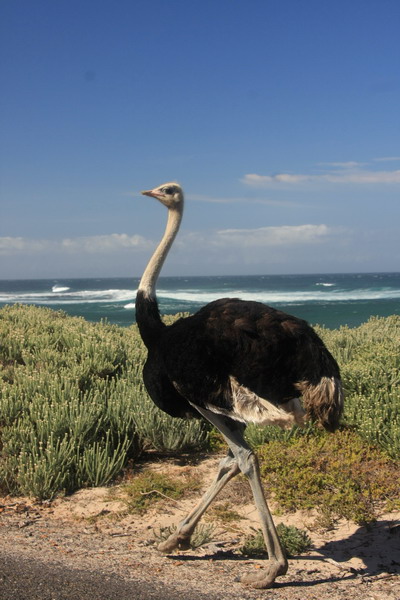
Strutting along the road.
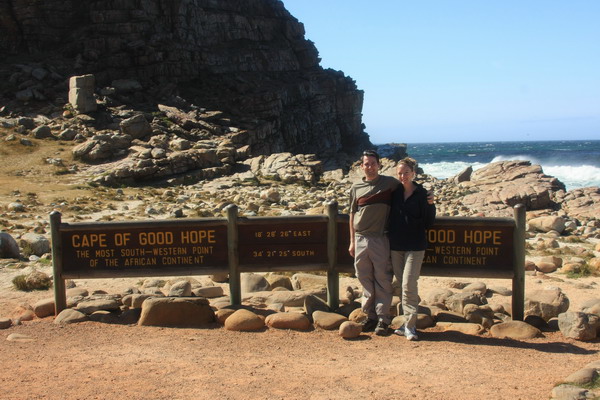
We finally reached the most South-Western in Africa (although not intuitive for most Americans [me included], there’s a place to the east that’s a little further south than the cape).
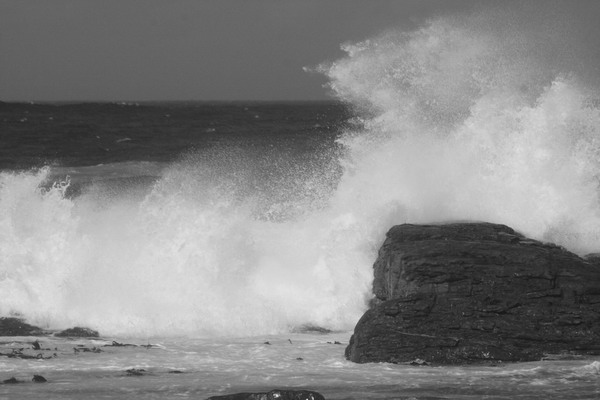
As can see from the image, the wind was quite strong, perhaps a convergence to the two air masses over the Atlantic and Indian Oceans.
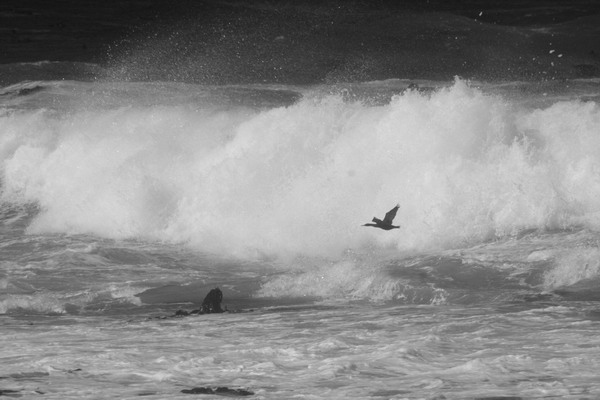
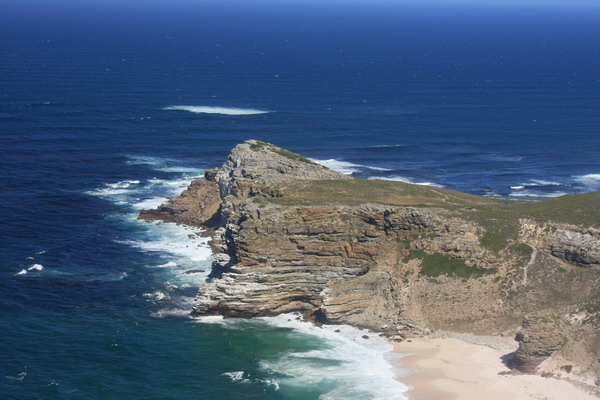
This is looking back at the Cape of Good Hope.
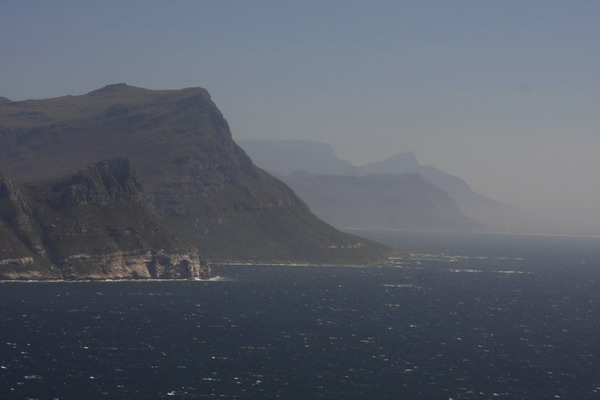
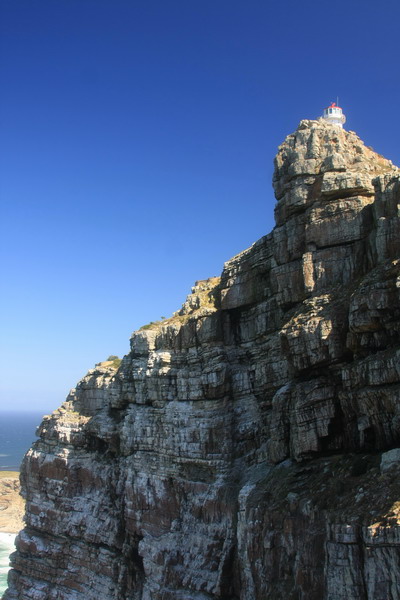
The first of two light houses on the cape.
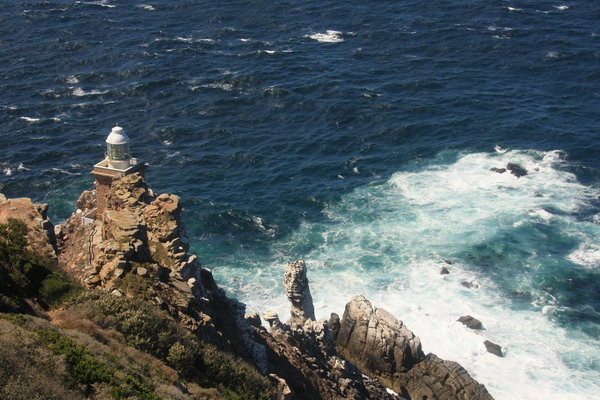
The second.
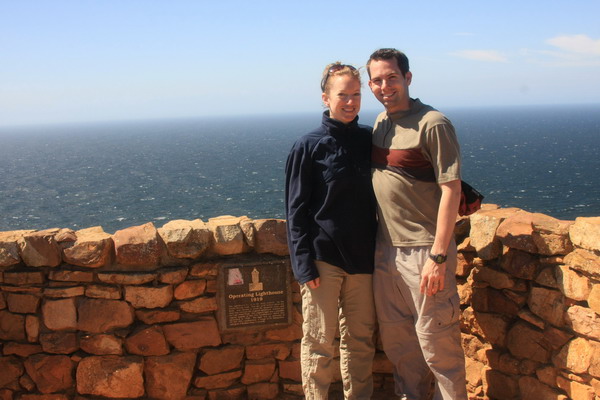
Still windy.
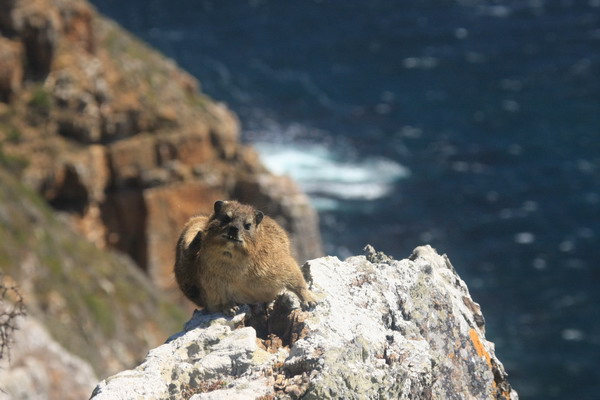
Another Rock Dassie.
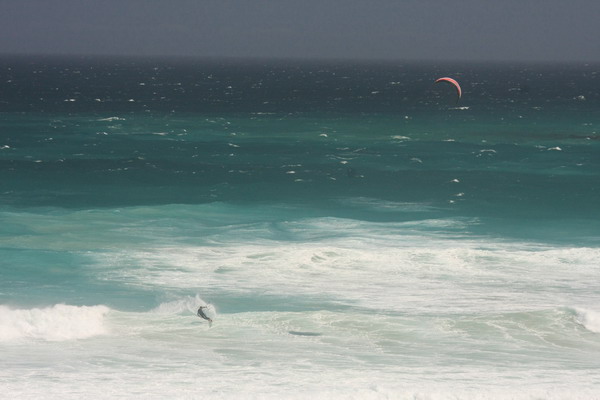
The wind was very useful for kite boarding.
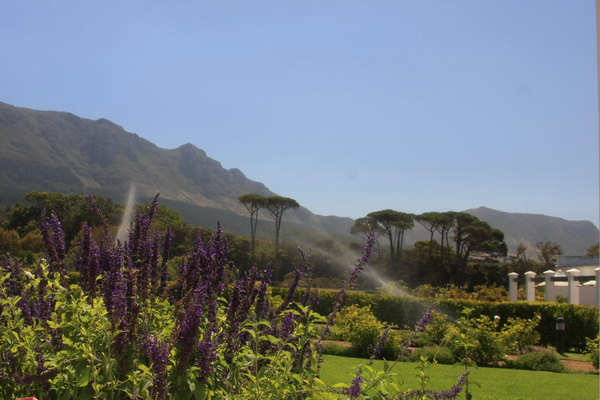
On the way back, we stopped by Constantia, the oldest wine growing region in the cape. So, of course we felt obliged to stop and sample some from a winery.
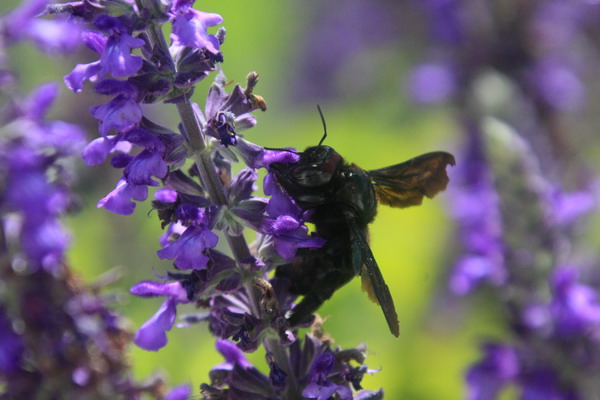
Moving pollen to help the wine develop a complex flavor.
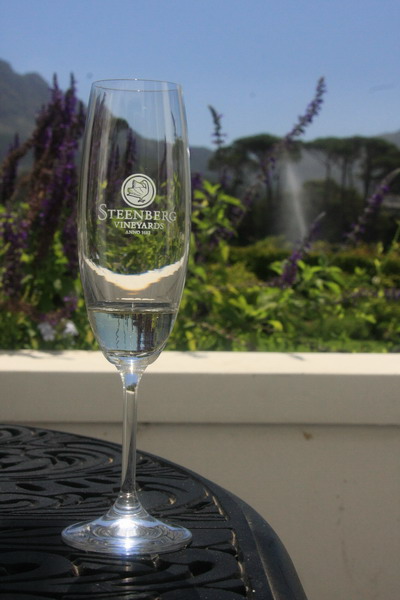
Steenberg has a classy production.
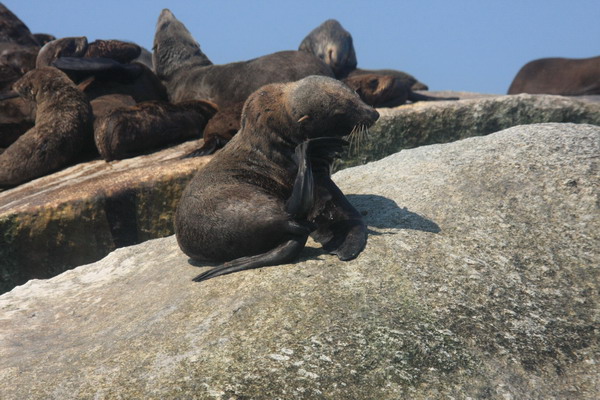
One of my favorite activities was SCUBA diving with the Cape Fur Seals (AKA Sea Lion). They were incredibly inquisitive creatures. Once we got to the colony the rough seas made for a tough entry and big surge hampered our descent. That aside, once we reached the bottom, we found a sandy patch and sat down to watch the show. The seals would come down and play with us (inches from my mask). I’m not sure who enjoyed it more, them or us. They loved the human interaction and bubbles, and we loved the nimble, aquatic showmanship. It was a great time underwater. However, the people
who stayed on the surface snorkeling, didn’t have as much fun. The seals would play with them, but the rough seas made almost everyone sick. Another good reason to SCUBA! 🙂
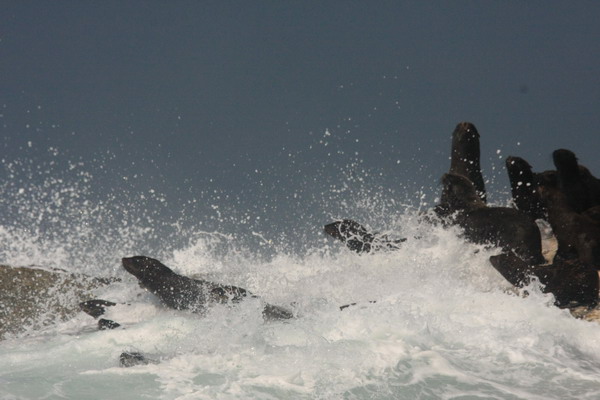
The seals didn’t seem to mind rough seas though…
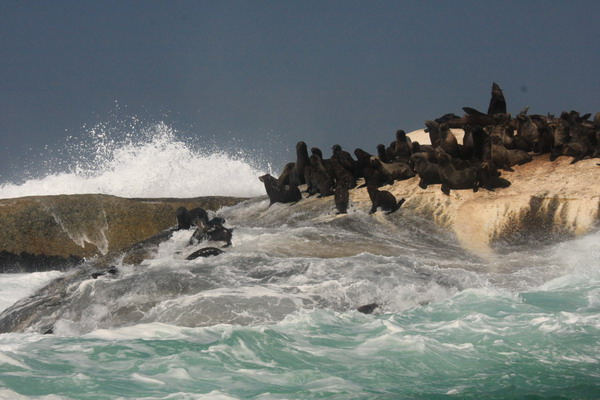
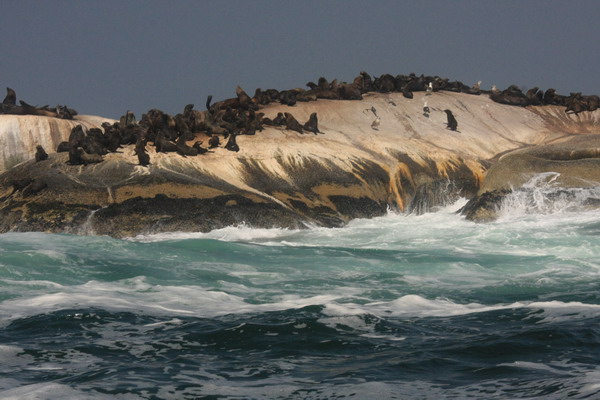
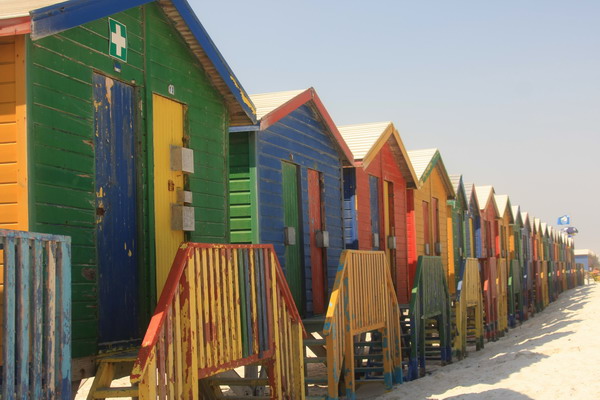
On the way back, we decided to stop at the colorful beach houses on Muizenberg Beach.
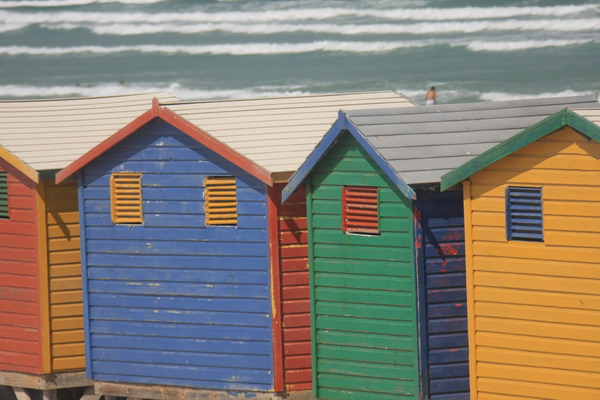
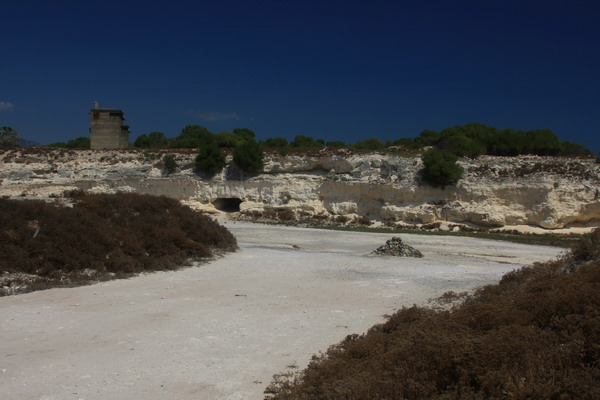
One of our final activities in Cape Town was a trip out to Robben Island. This is the former island prison (kinda like Alcatraz) where they held political prisons, including people like Nelson Mandela for 17 years. This quarry is where the prisoners made big rocks into little rocks.
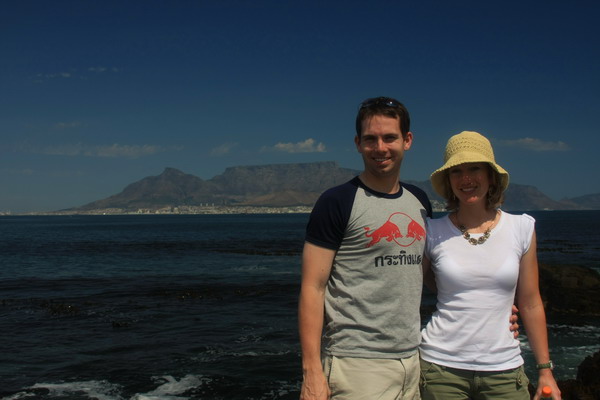
Here you can see Table Mountain and the City Bowl in the background.
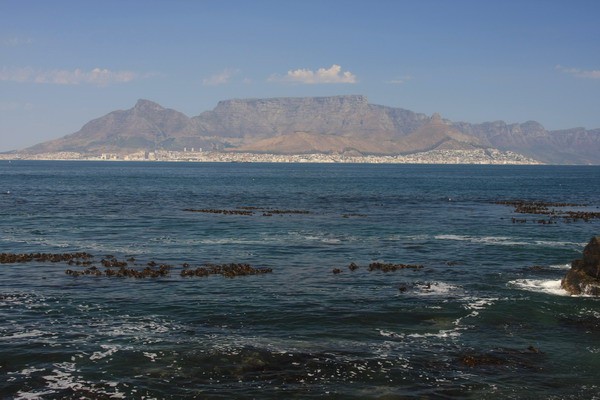
Another view of the same.
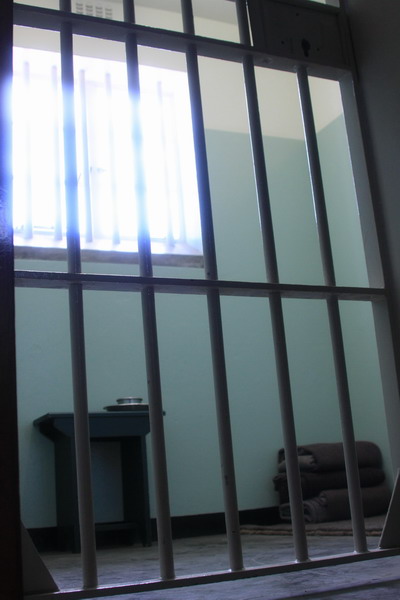
This is the austere prison cell where Mandela spent several years.
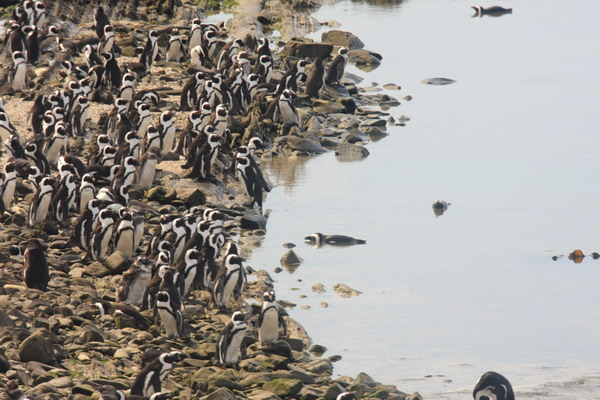
Robben Island also has a large colony of African penguins.
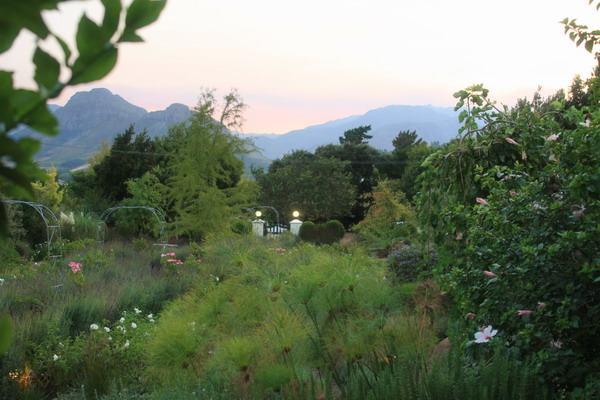
Our final two days were spent back in the wine country. In particular, we stayed at an adorable bed and breakfast in Franschhoek, a village started by French Huguenots several centuries ago. It was a great way to slow down a little, enjoy great food and drink, and just spend time together.
That also wraps up our time in South Africa. It was a great experience, but parting ways again with the knowledge that it would be 5 more months until we saw each other was very difficult. But, today, we have less than 2 months remaining. I continue to let work consume me and Anna tries to enjoy herself in Europe. She’s been able to participate in the official University of Maryland commencement ceremony (even though she officially graduated last year) with my mother. Or, right now, she’s home with her family taking part in the planning festivities for Emma’s wedding in August (her sister).
I’m not sure if the next post will be on Afghanistan again (I have many stories and images to share), or one detailing Anna’s adventures, but we’ll try to post something soon.
Until then…
–Jim
South Africa — Safari (Part 4)
The Kings of Kruger.
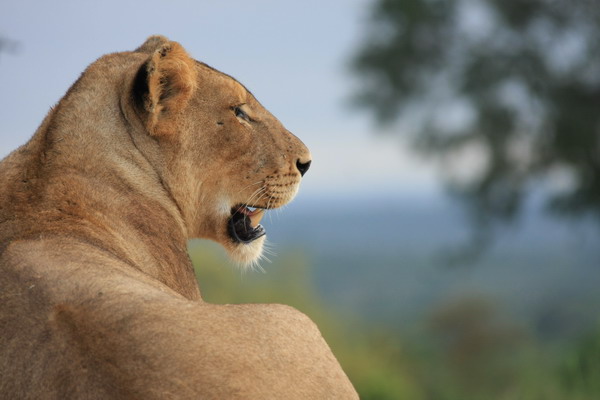
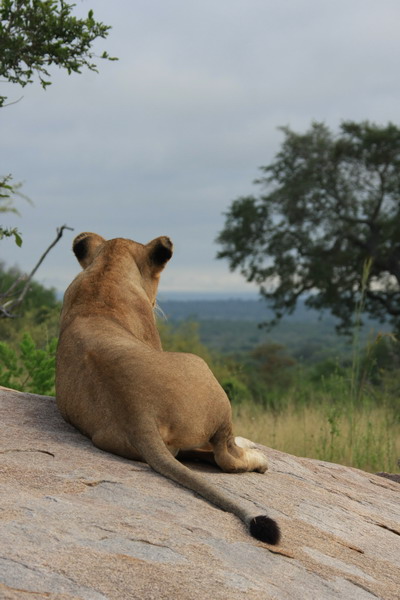
She was surveying her domain.
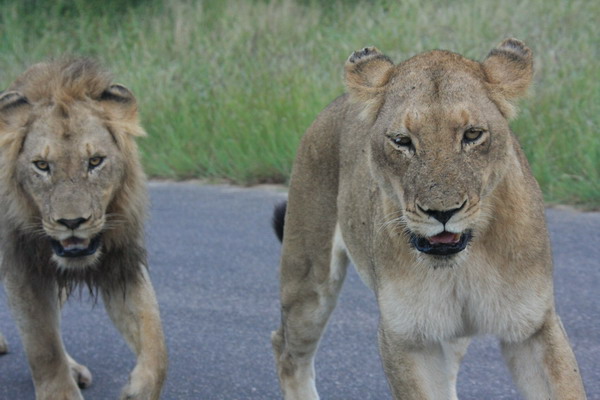
Lions have no fear of people. Although we were in our vehicle here, the window was rolled down and there was nothing stopping them from taking a swipe at us. However, we heard that the smell of the petroleum covers the human scent. I don’t know if that’s true or not, but the lions certainly weren’t fazed by our presence.
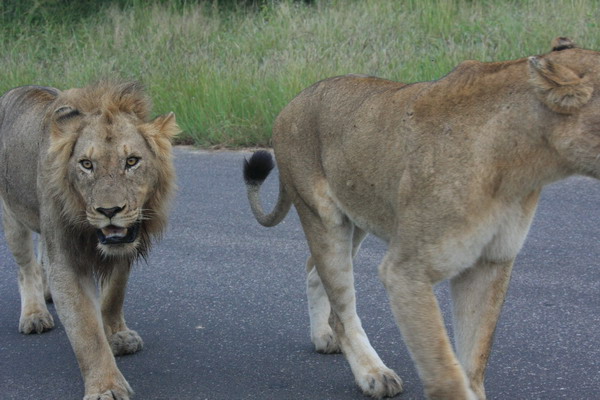
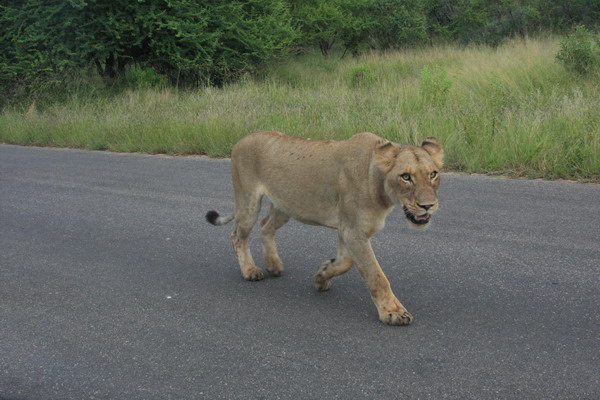
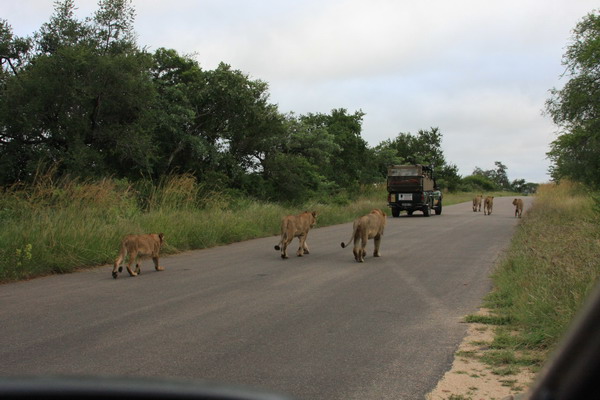
This gives a little better perspective on the lions just walking down the road, oblivious to the humans.
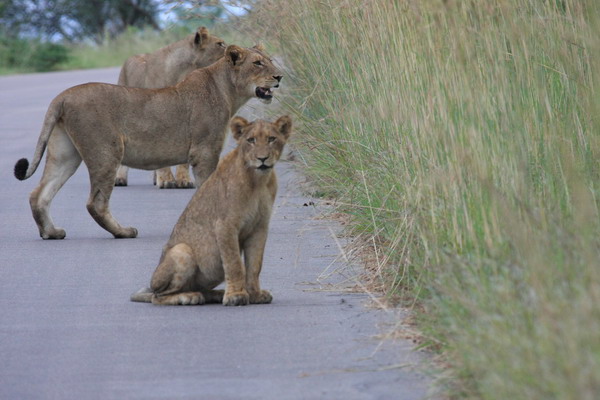
Intently watching the grass…
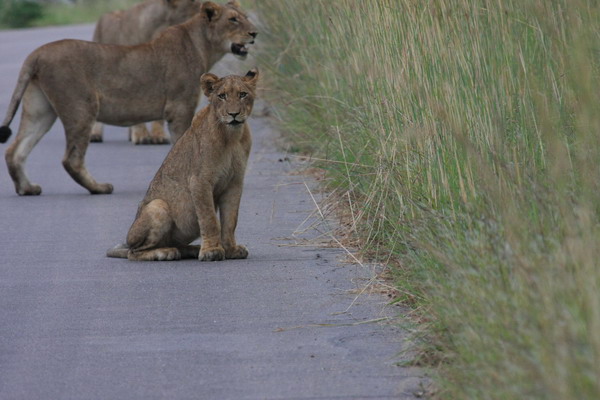
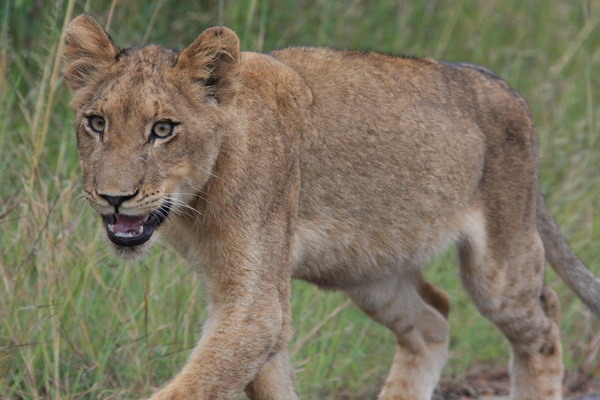
This cub was very distraught. He got separated from the rest of the pride and was trying to find them quickly.
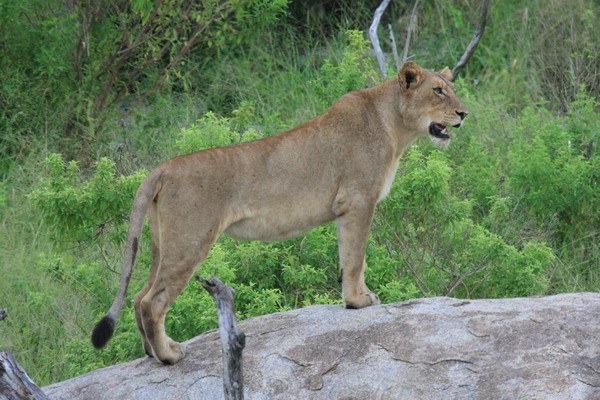
Standing tall.
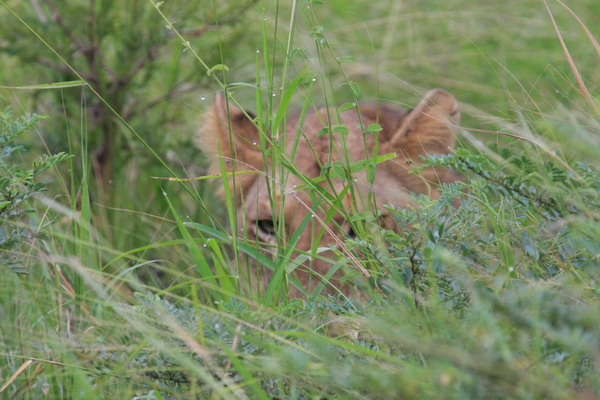
This is NOT the perspective you want to see a lion approaching you from.
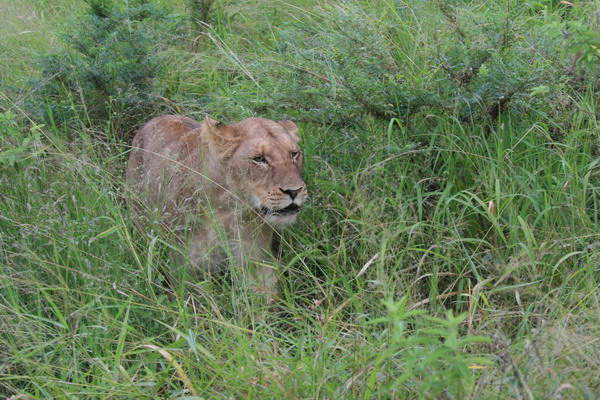
On the prowl.
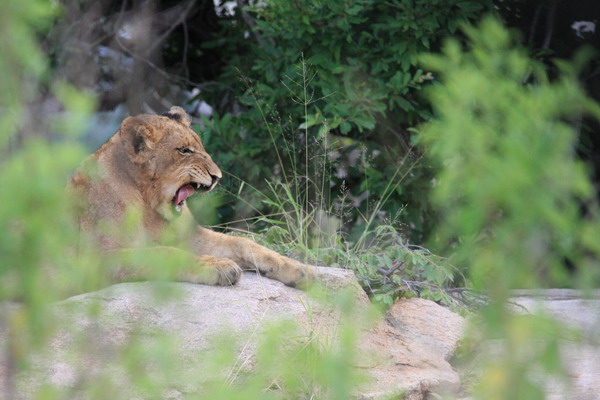
Man, it’s tough being a lion.
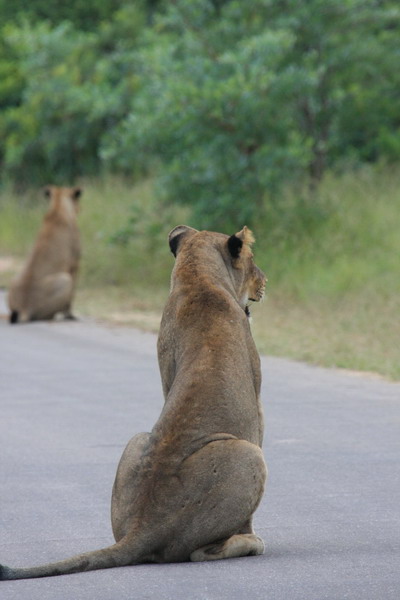
Such powerful creatures.
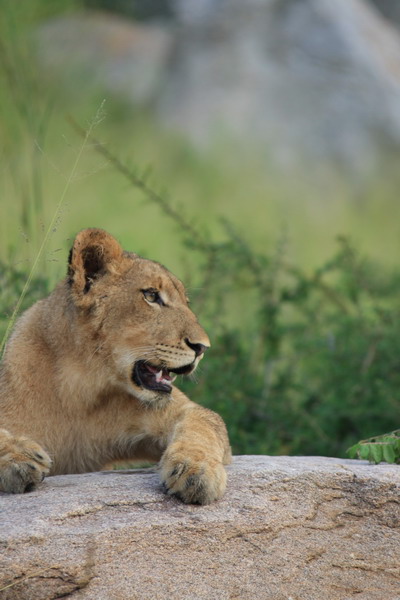
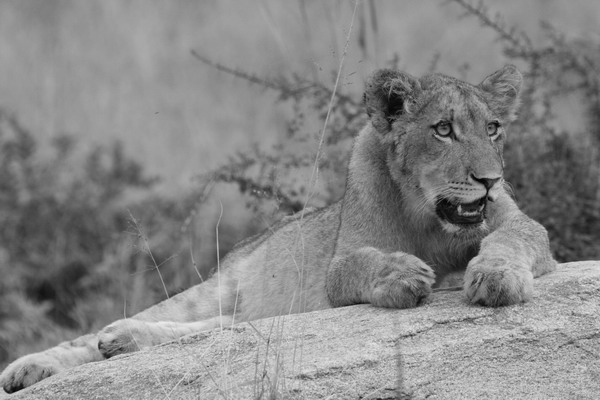
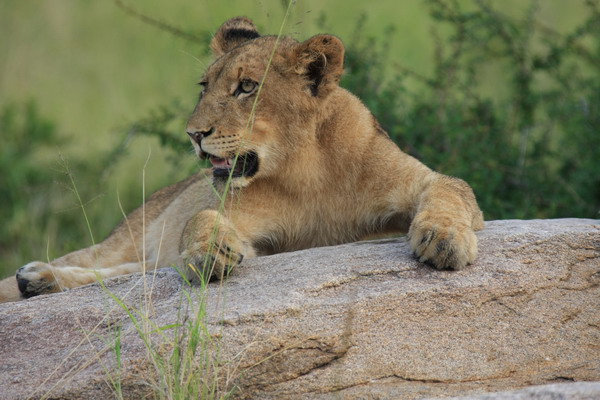
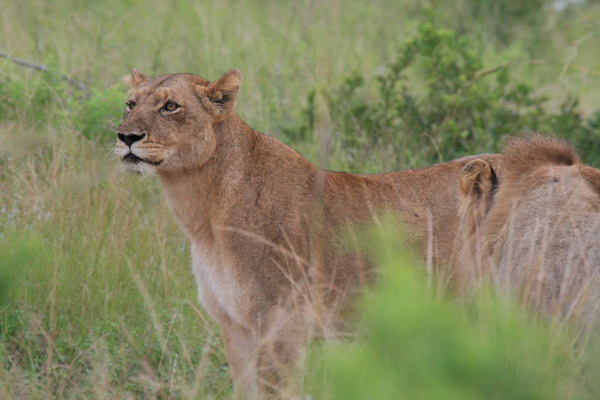
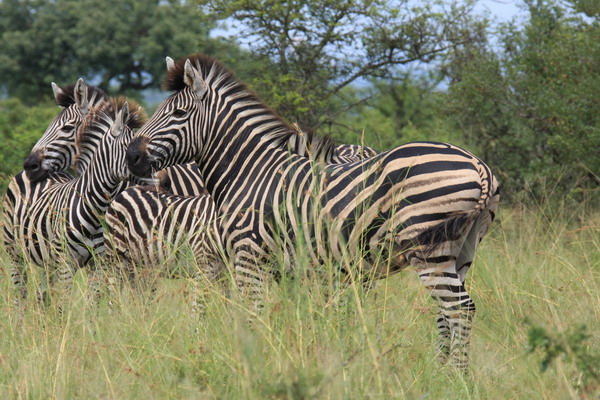
These guys look like food. Yum.
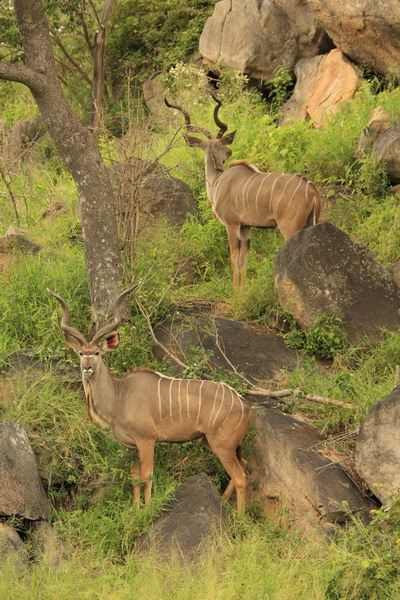
More kudu on the rock.
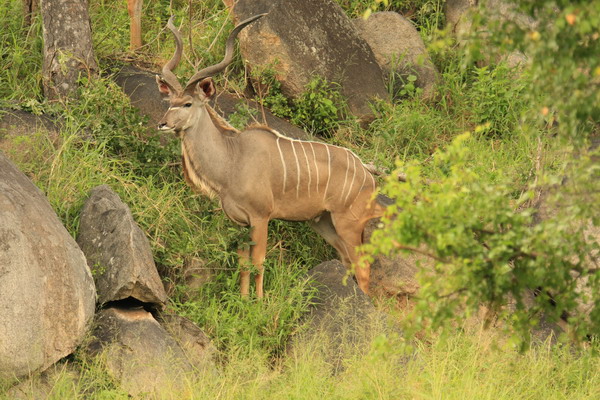
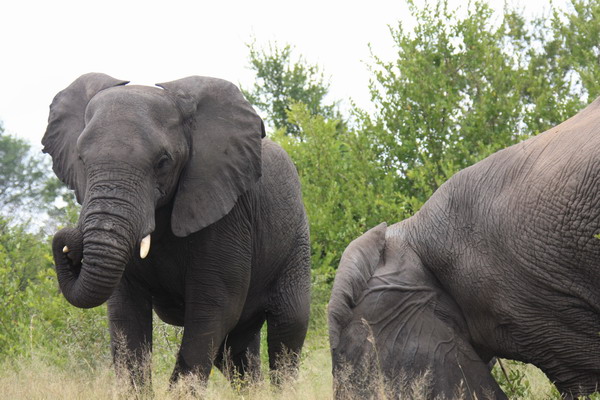
We always loved watching the elephants.
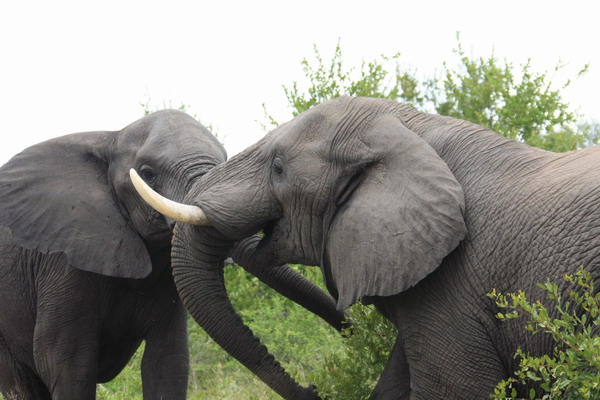
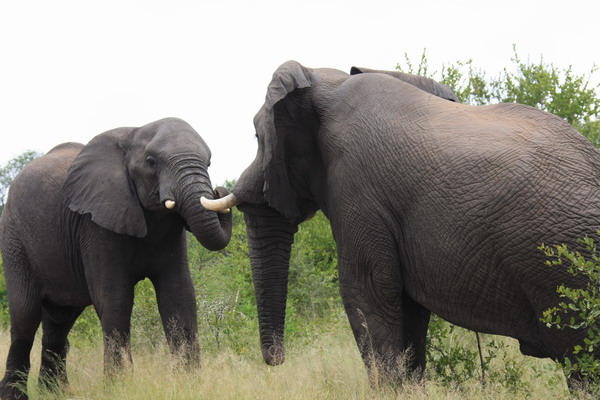
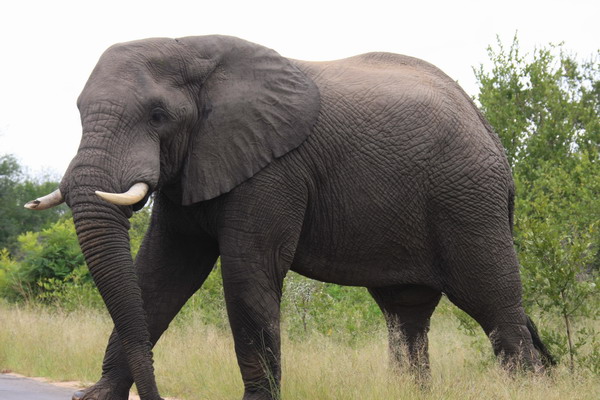
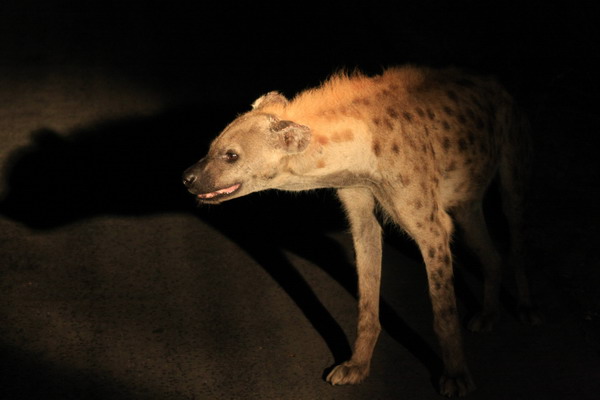
Back on another night game drive, we came across one of the most universally reviled animals … the spotted hyena. Our guide told us that someone had been killed by a group of them that week.
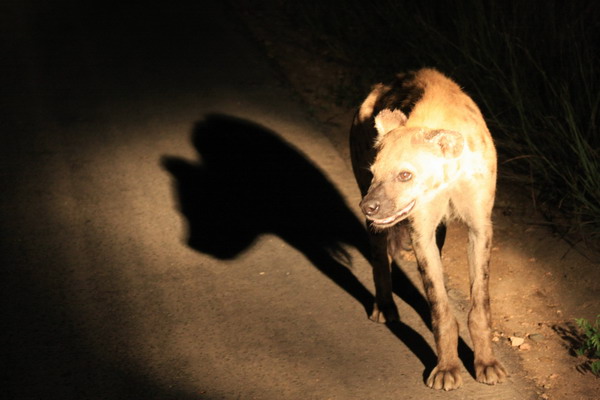
The night made them seem that much more sinister. I know it’s being anthropomorphic, but that is what it appeared.
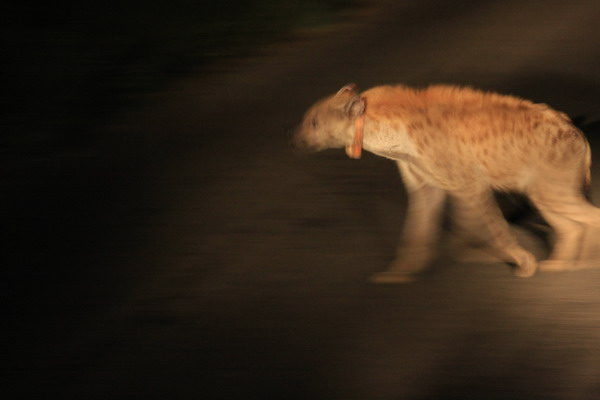
Their gait is so ungainly.
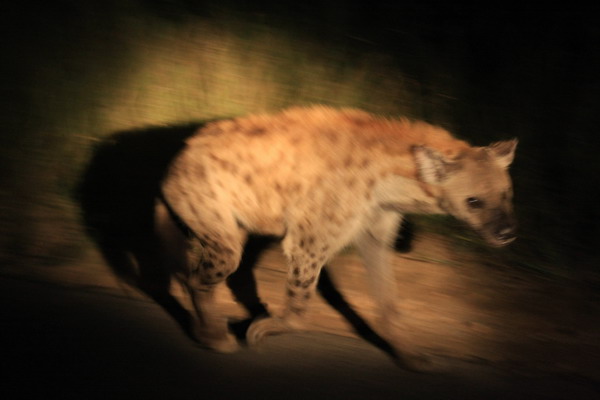
Unlike the lions, these animals definitely knew we were there.
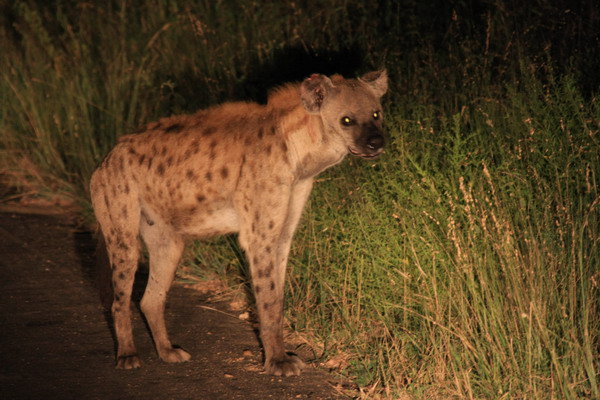
Well, that is the end of our safari. It was a great experience. Many moments of excitement mixed with long stretches where we could just talk, drive slow and enjoy being together. All in all, it was wonderful and I highly recommend the experience.
Up next will be one final post on South Africa … more images from Cape Town.
So, until then…
–Jim
South Africa — Safari (Part 3)
It was another early morning, and we had a spectacular sunrise to watch.
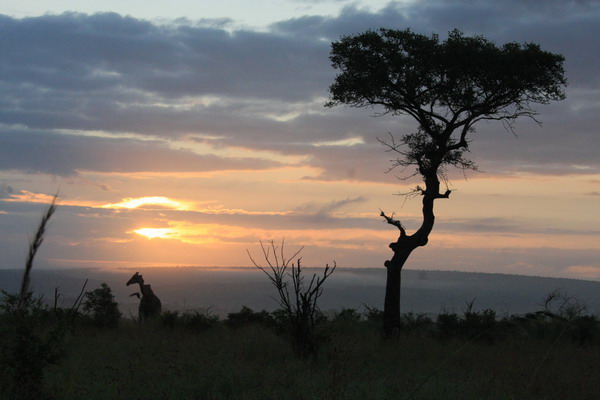

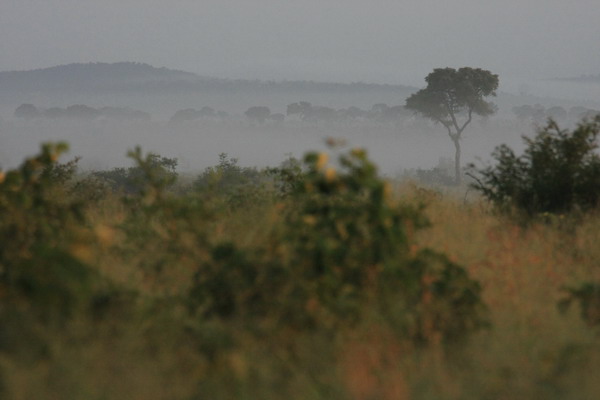
I loved the varying layers of mist as the sun came up and warmed up the savannah.
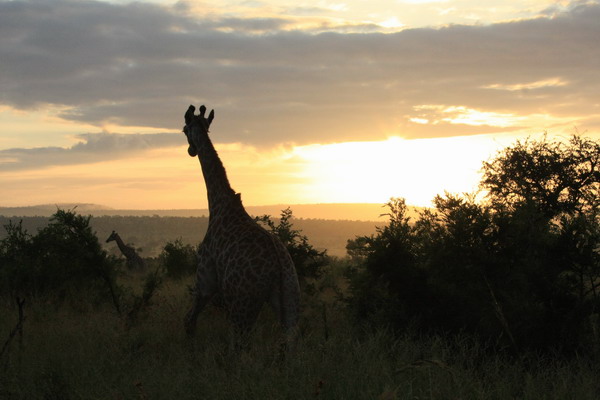
Somehow, I don’t think the giraffe were impressed by the sunrise.
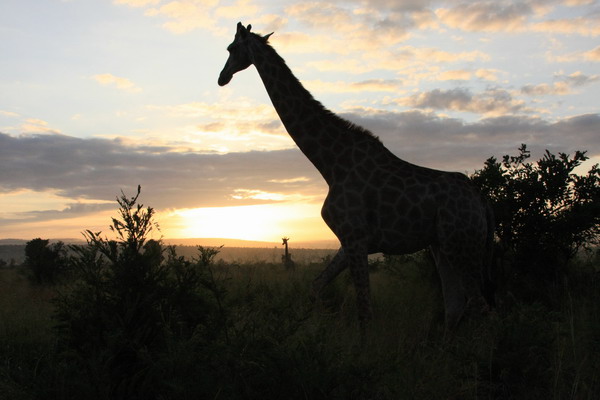
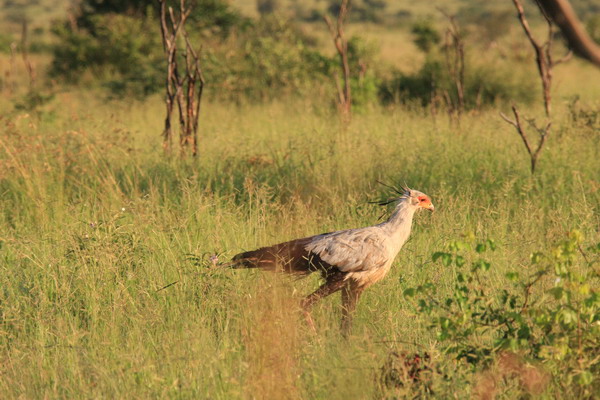
This unique looking creature is the Secretary Bird. It has an eagle-like body on crane-like legs. In South Africa, the Secretary Bird, while not the official bird, is featured as a symbol on the national coat of arms, representing vigilance and military might, as well as the rise and pride of modern South Africa.
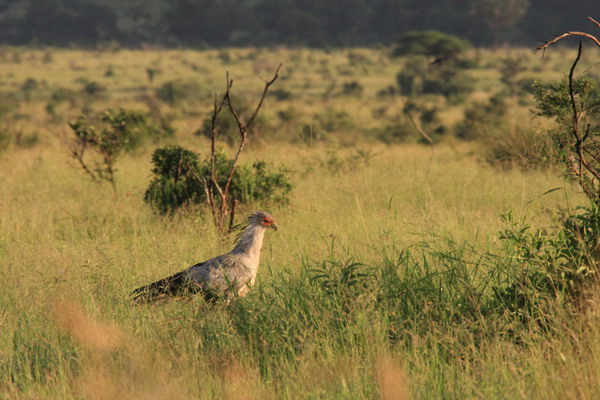
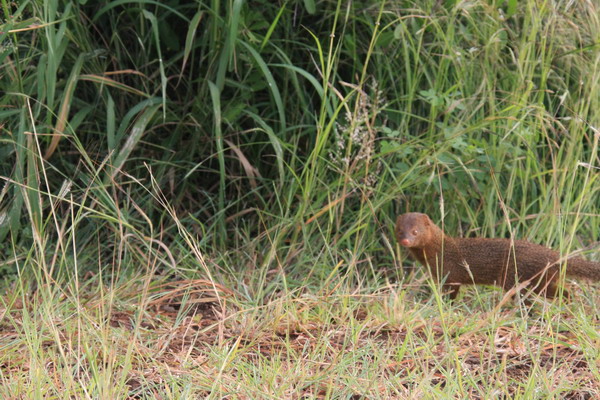
The slender mongoose.
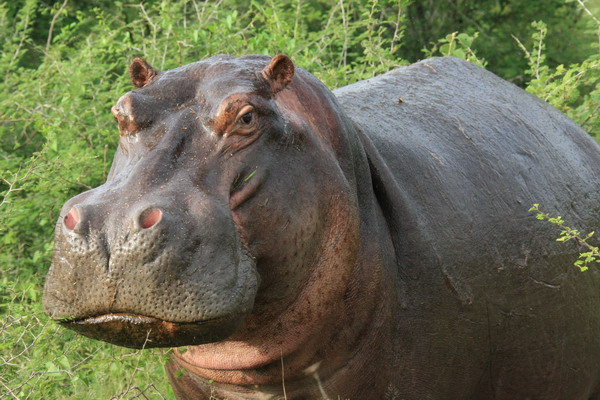
Although I have no idea what it’s sex is, this hippo looks like a female to me. She was startled to see us so close. We were too. Interestingly, the hippo’s closest living relatives are cetaceans (whales, porpoise, etc.). They are also the third largest terrestrial animal after the elephant and white rhino.
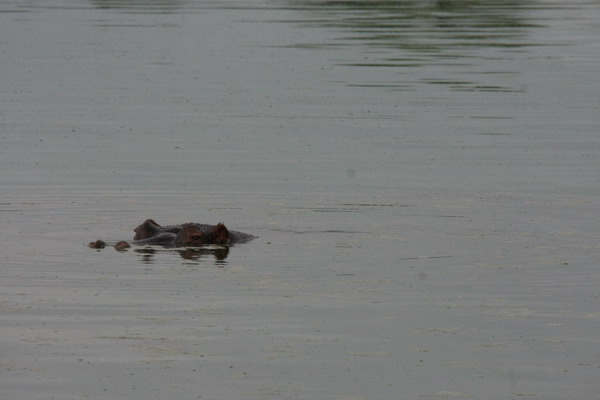
Since they spend most of their time in the water, this is normally all that you can see of the hippo.
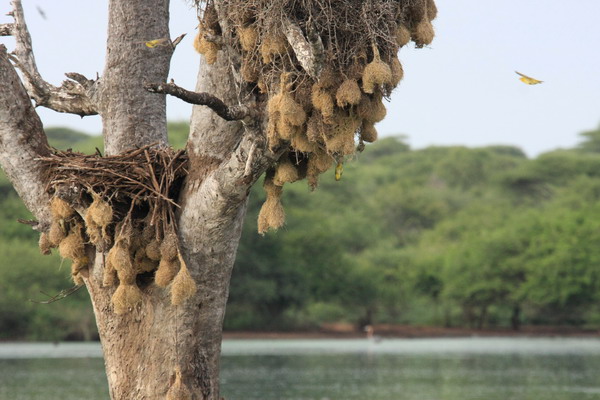
Here’s a (bird) house with a view.
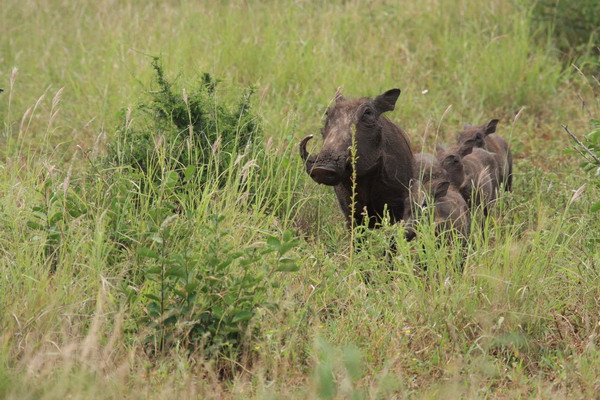
Pumbaa!!!
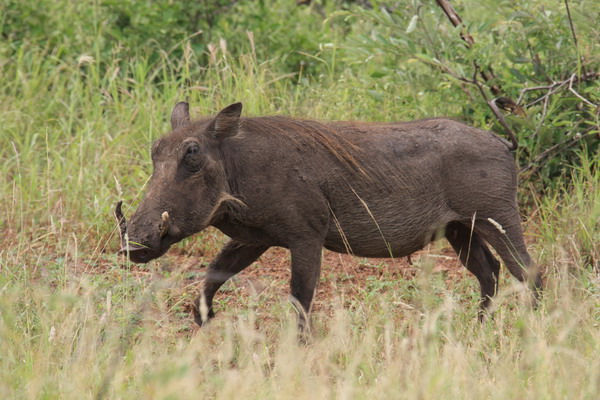
Ok, not the most handsome creatures.


Speaking of not the most handsome, this is the Southern Ground-hornbill.
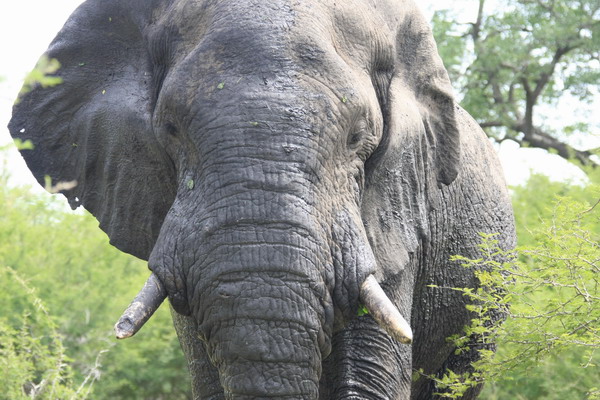
I don’t know if it was something in the air, but this elephant didn’t like us nearby as well.
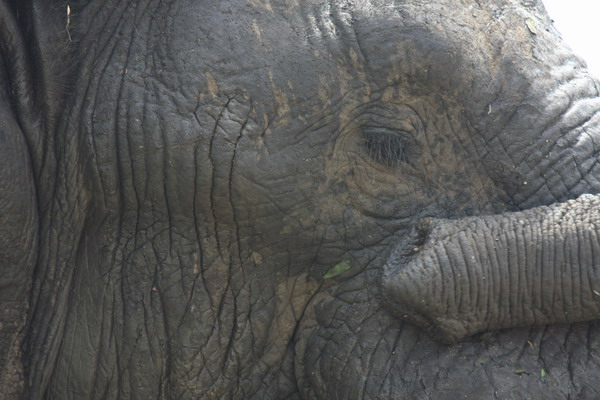
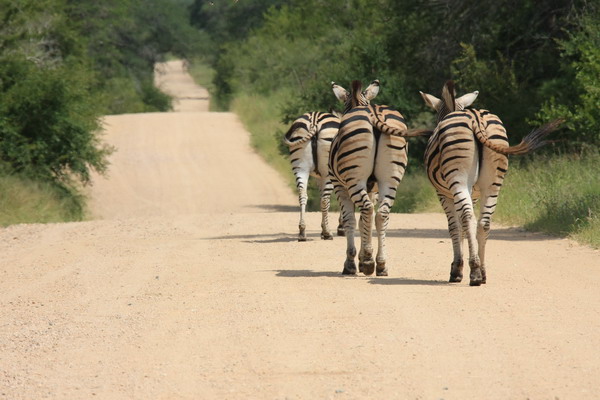
What can I say? Zebras walking down the road.
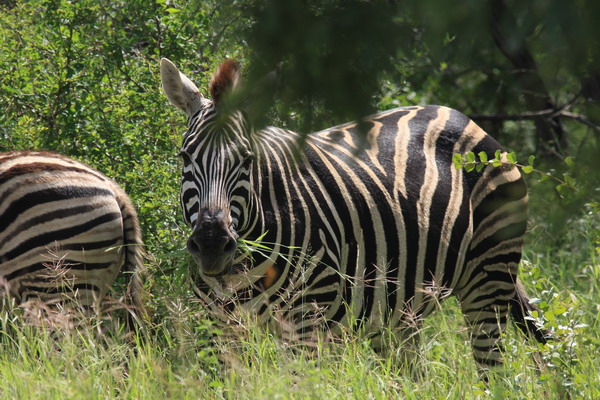
Hey, who’s over there??
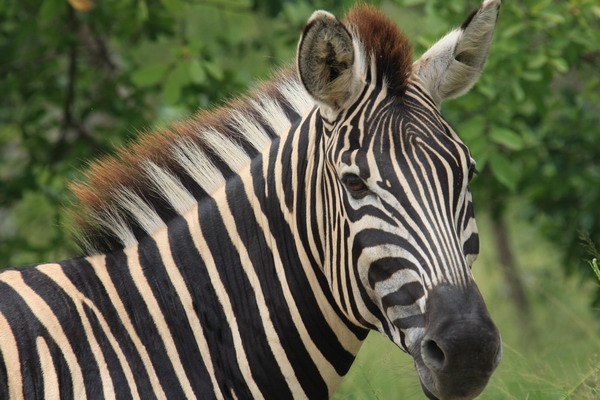
This zebra was kind enough to strike a pose for me.
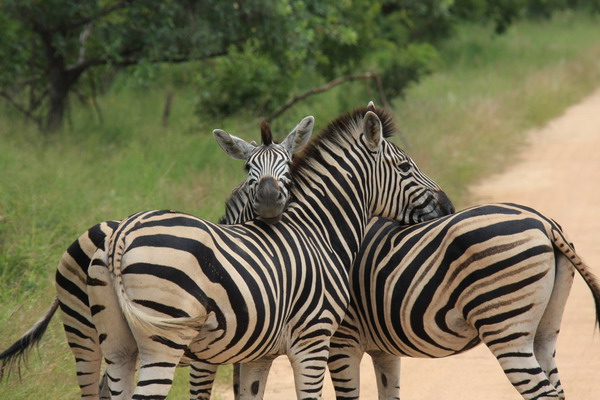
They were very cuddly.
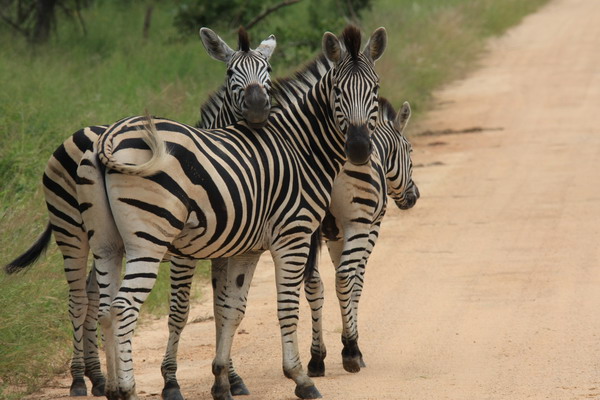
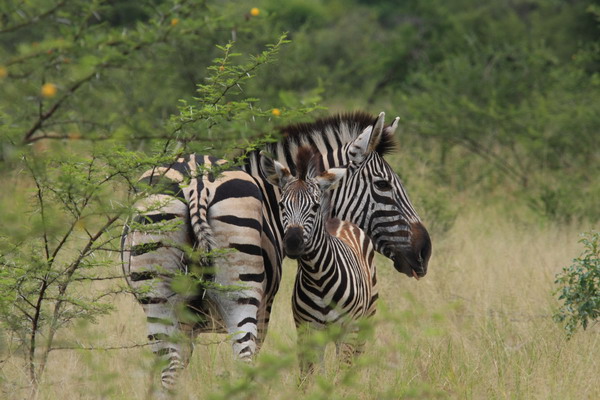
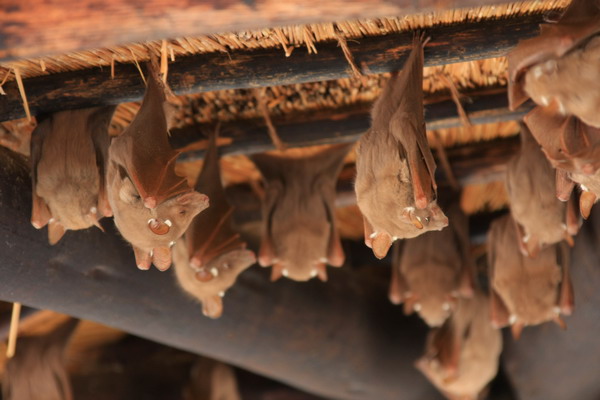
These are Peters’ Epauletted Fruit Bats. They were hanging out over our head while we had lunch. Although that may not seem sanitary, we didn’t have any problem.
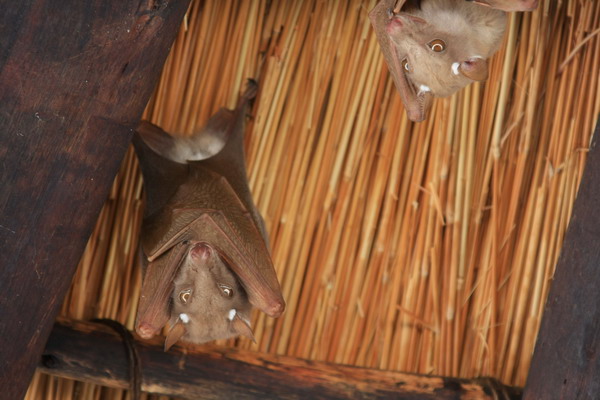
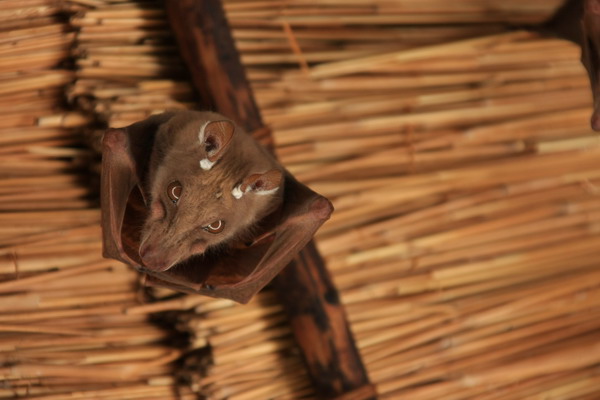
I think this is the scariest/meanest looking animal we saw.
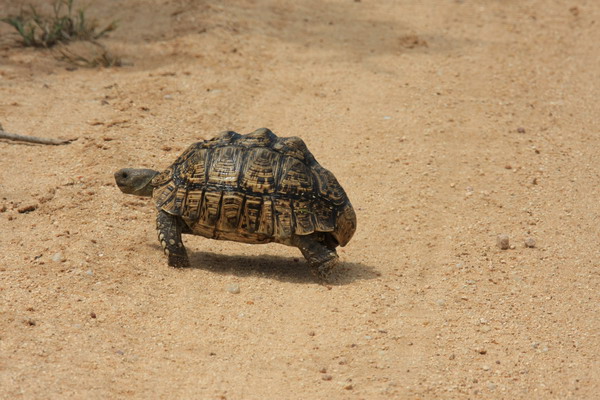
A Leopard Tortoise sauntering away from us. Although this one was rather small, they can weigh up to 40kg and 75cm long.

More baboons cleaning each other, at or below the speed limit of course.
That wraps up part three of the safari. Only one to go. The star of that one is the lion. Truly kings of their domain.
So, until then…
–Jim
South Africa — Safari (Part 2)
OK, time to move out into the savannah area of the park. Although these pictures would seem to indicate otherwise, there were long periods that we didn’t see any big animals. Of course, there were other times that every turn had a new surprise. This was one of those times…
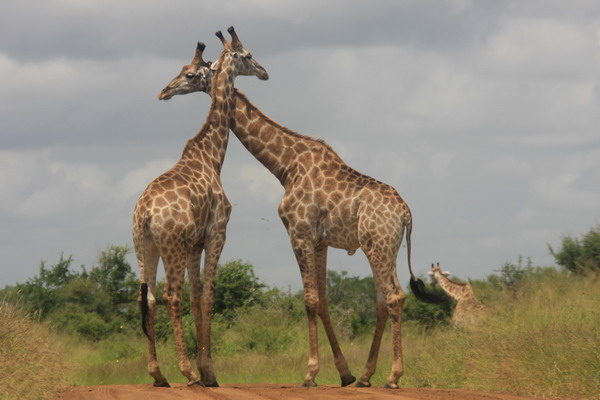
These two adolescent males were fascinating.
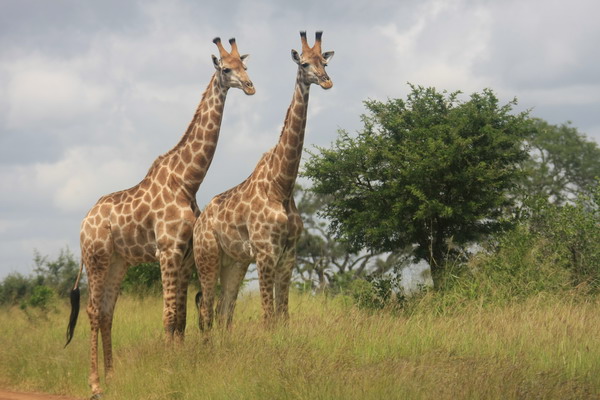
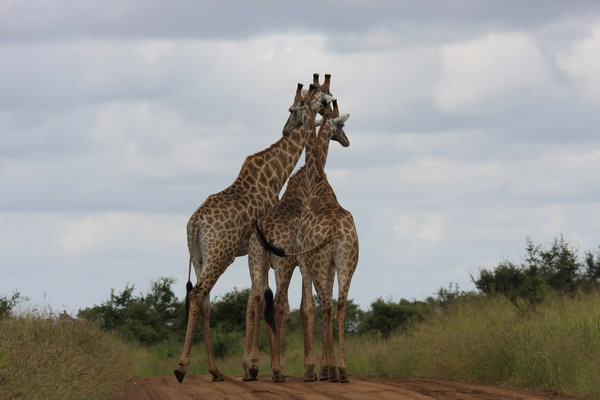
This is Daddy and the two boys.
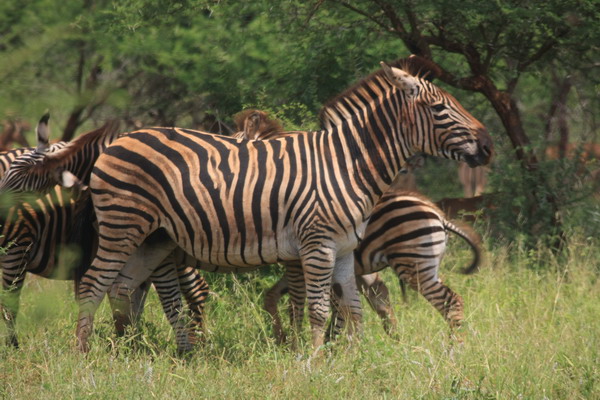
The small and stout zebra.
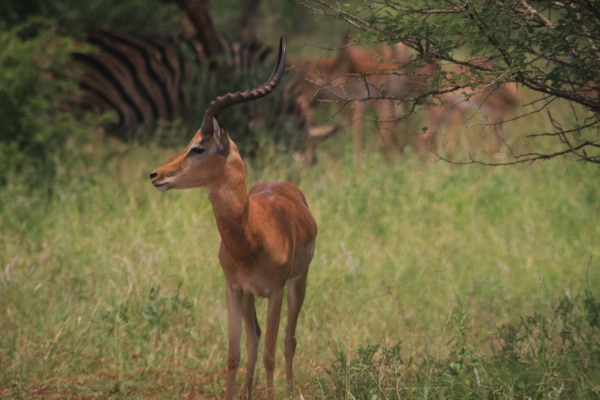
Another impala. He was with a group of males and zebra.
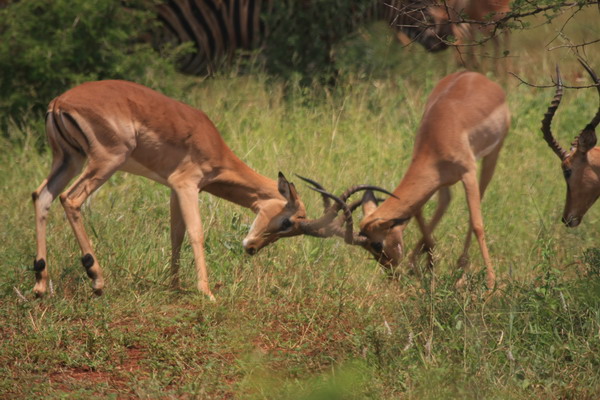
These two were sparring. They practice for the day to take over the role of lone male for the harem.
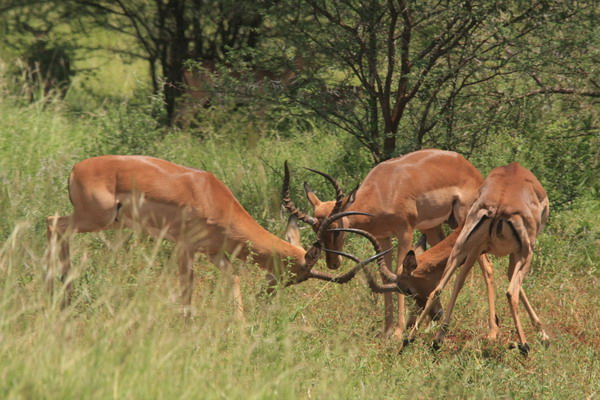
Now a third impala joined the fray.
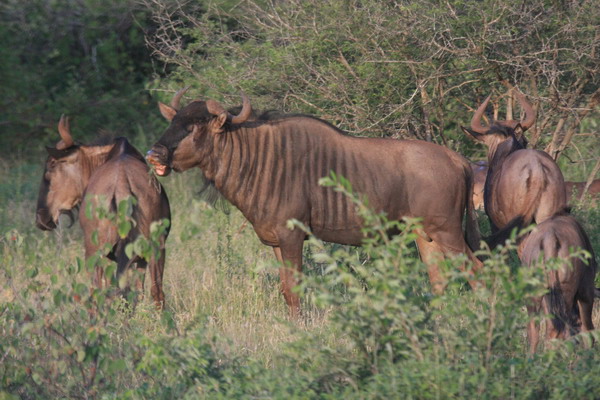
The blue wildebeest. Although there weren’t as many as the 1 million in the Serengeti herd, there were quite a few.
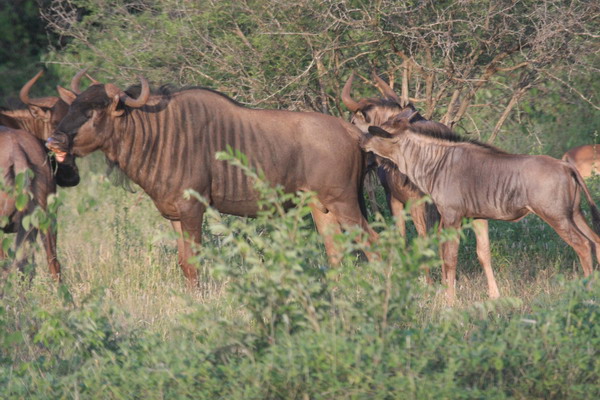
What’s that smell??
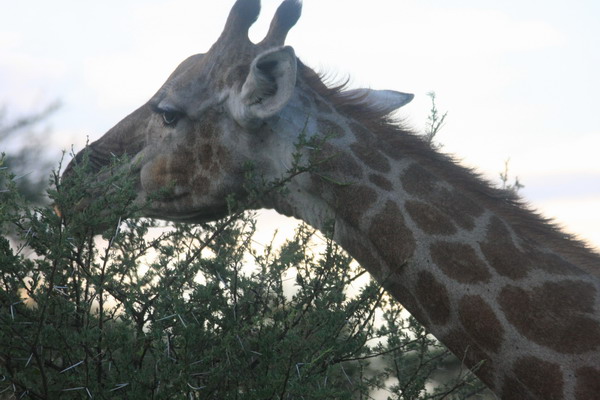
Mmm, tasty.
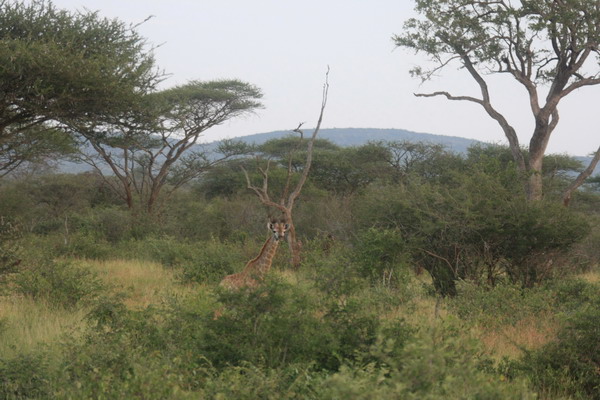
Just a baby.
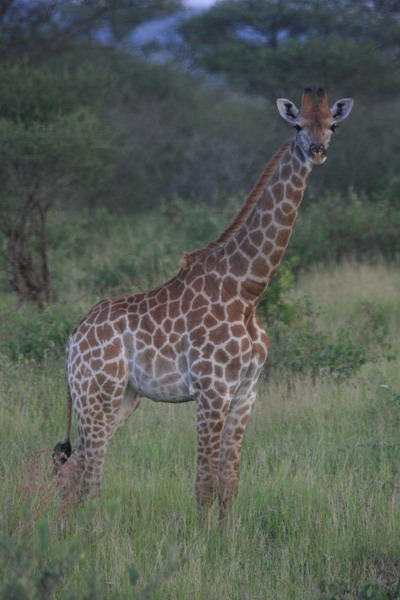
But still so tall.
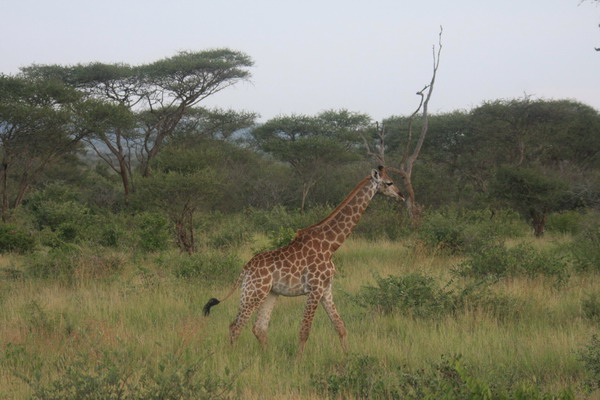
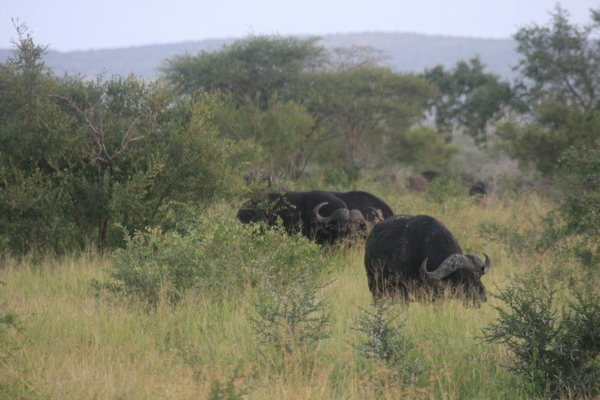
The cape buffalo. Although apparently very docile, they are very dangerous. Reportedly, these animals kill 200 people every year.

Although, we had our own car, we didn’t always drive. When we ventured out after nightfall, we went with a guide and safari vehicle. It was a LOT easier to take pictures from that vehicle and have someone else worry about driving and spotting the animals.
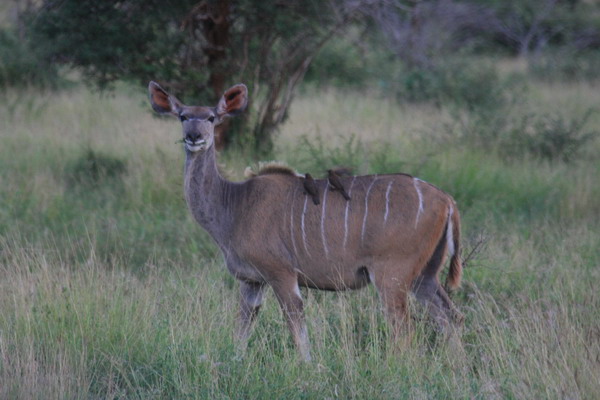
Another female kudu.
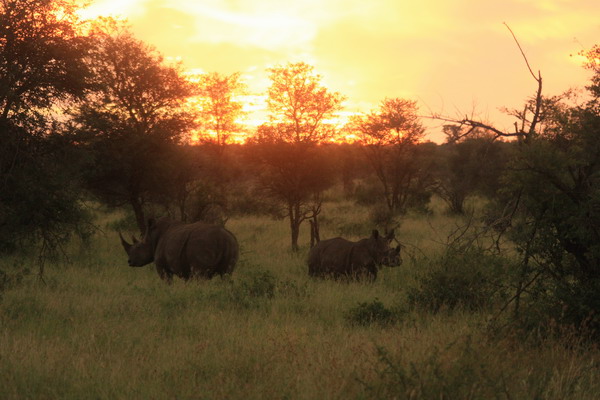
We were also fortunate to see both species of rhino: black and white. These are white rhinos. They are so named not for their color. Rather, they refer to the shape of their lip. The white rhino has a flat upper lip and feeds on grasses, while the black rhino has a pointed lip to feed on trees and bushes.

They were fun to watch with the fiery sky as a backdrop.
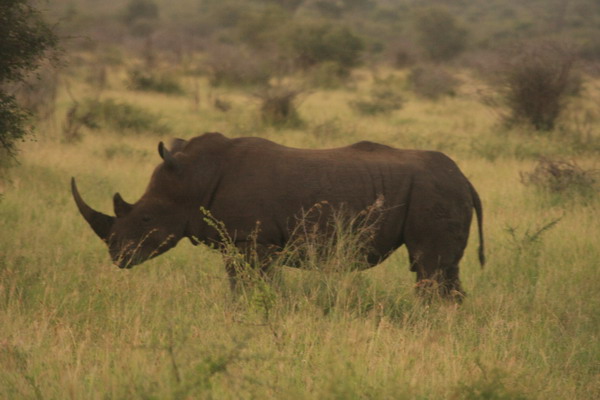
Rhinos are also part of the famous “Big 5,” along with lions, leopards, elephants, and cape buffalo.
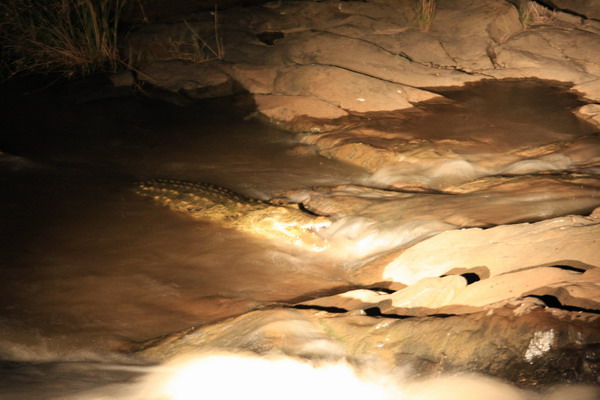
The crocs were out in force that night. I liked his fishing technique. Open up and see what swims in.
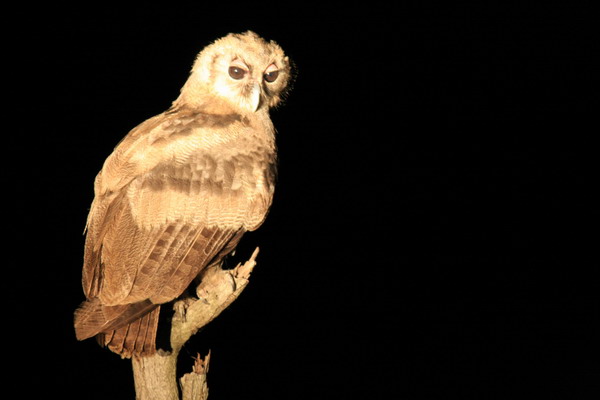
Verreaux’s (Giant) Eagle Owl.
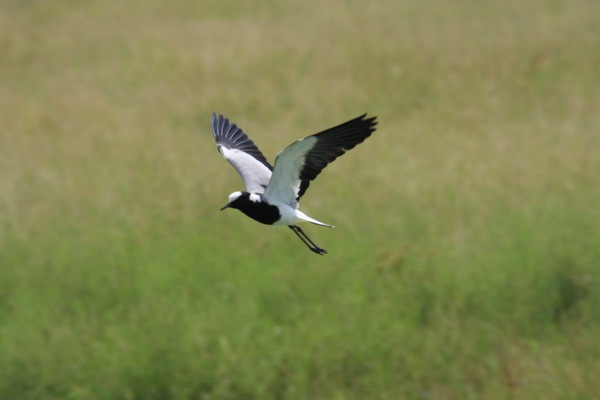
The Blacksmith Lapwing or Blacksmith Plover.
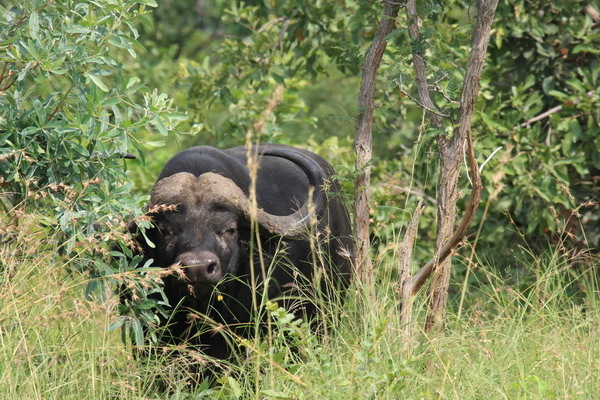
Another buffalo eating his way toward us.
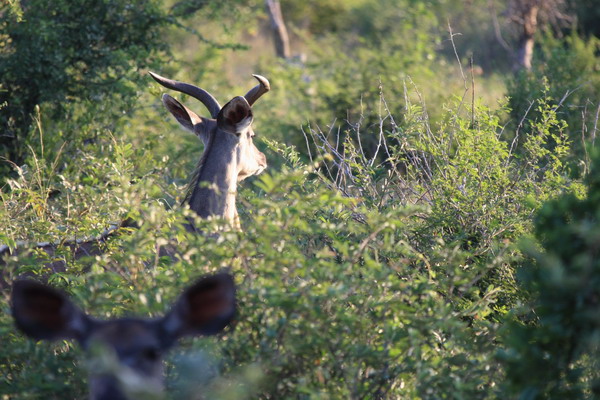
For comparison, this is a 5-year old kudu.
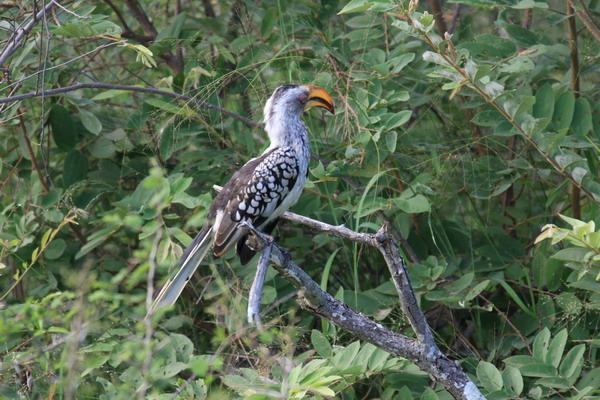
This is the Southern Yellow-billed Hornbill. If you’re interested, females lay 3 to 4 white eggs in their nest cavities and incubate them for about 25 days.
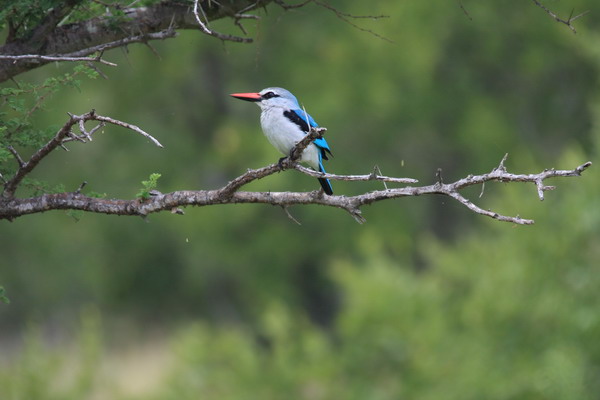
The Woodland Kingfisher. Although it is a “kingfisher,” it prefers drier habitats in more traditional woodland and this one was far from water.
That completes part 2. Next up will be hippos, warthogs, elephants, more zebra and bats.
Until then…
–Jim
South Africa — Safari (part 1)
We left Cape Town and flew to the northeast corner of South Africa to visit Kruger National park. We decided taking a vehicle and driving ourselves was the way to go. So, we rented a car from the airport and drove a couple hours to the park. Once inside, it was quite a sight. First of all, this park is not like any other park. It’s huge and teeming with wildlife. Although we could go hours without seeing major wildlife, there was life all around us. For me, the contrast with the Serengeti in Tanzania was stark. Both were great experiences, and I recommend either for a safari experience.
In Kruger, we spent the first few nights at a lodge in the middle of the park and the last two at an opulent lodge, just outside one of the gates (no camping on this trip).
Ok, enough commentary, here are the images from the safari.
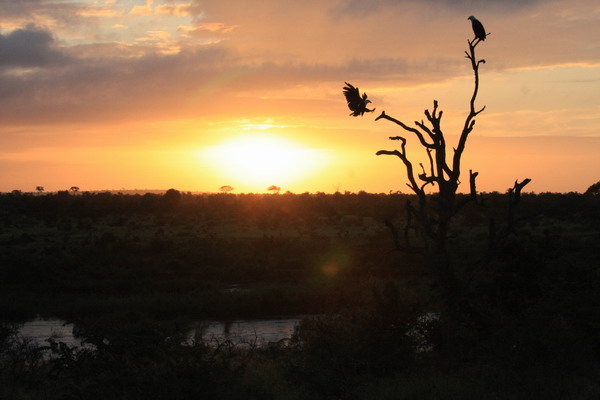
This is an African eagle that was landing right after sunrise and one of my favorite images from the trip.
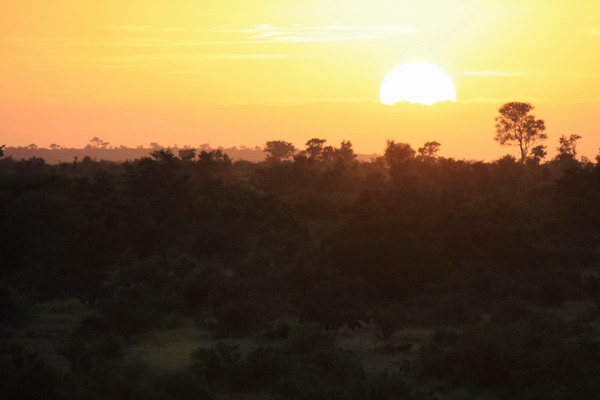
We got up early every morning, since that is often the best time to see the animals. So, although 5:30AM seemed a little early, it made for majestic sunrises.
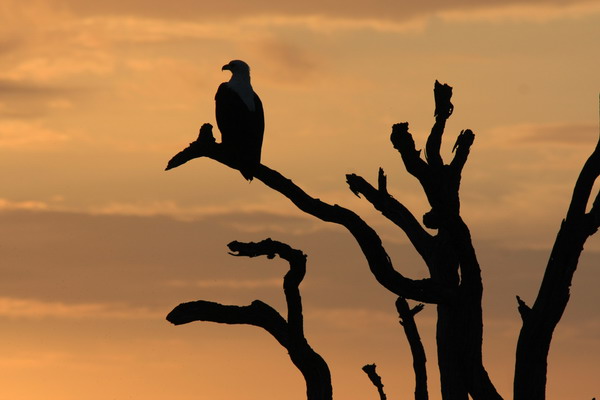
This eagle was kind enough to pose for us.
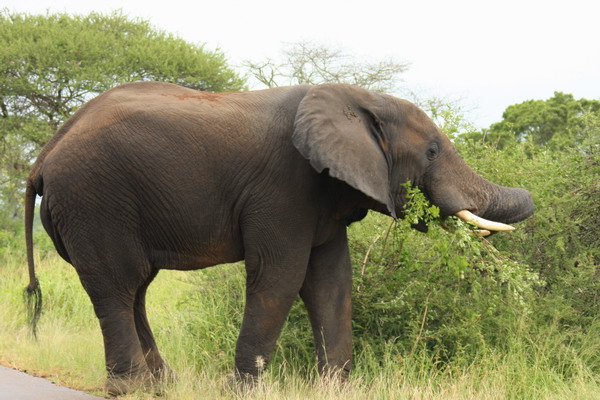
This bull elephant greeted us on our arrival to the park. He wasn’t too happy we tried to drive by him, so he turned and made a motion to charge us. Unfortunately, this is one situation we could have used a guide. We didn’t know if it was better to acquiesce and back up, or hold our ground. In the end, we yielded to the massive animal coming our way and he eventually left the road and allowed us to pass. It was an exciting start!

Another bull elephant that wouldn’t allow us to pass. We ended up waiting for about 45 minutes. During which time, he was apparently waiting for a female, as you can see from the picture. Count his legs… 4 legs, a trunk, and yes, that is what you think it is.
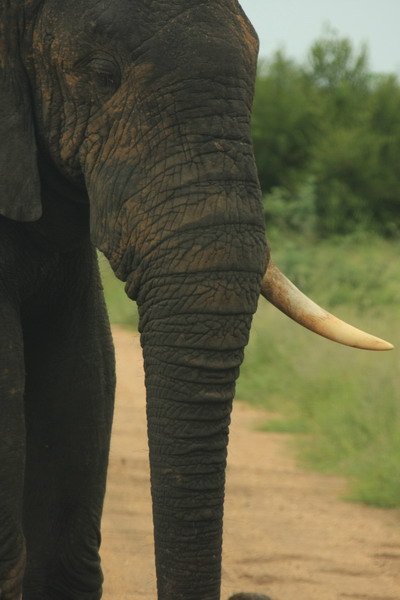
Here he is again, with his one tusk. These elephants were huge … especially up close. They were over 10 feet high (>3m) and weigh in at between 11,000 and 13,000 pounds (5-6,000kg).
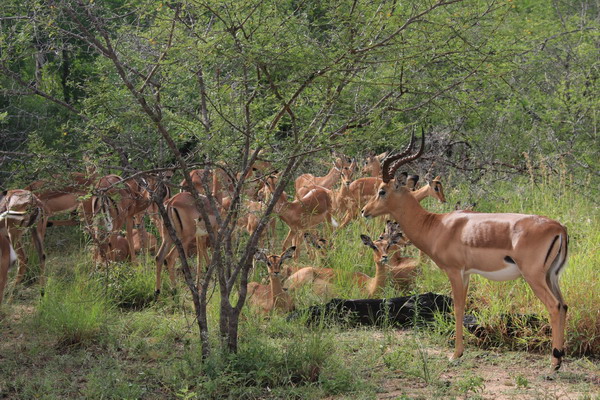
Impala are by far the most numerous animal in the park. They are in two types of group: all males, or one male with a harem of females (as is the case here)
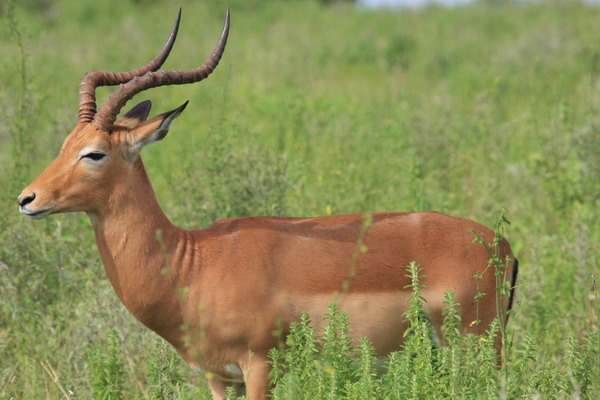
Here’s another male impala in the late summer grass.
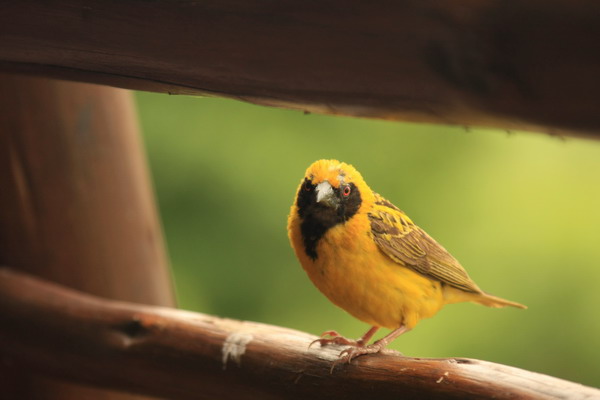
This brightly colored bird was a very active (and efficient) scavenger at our hotel. They sat outside, waiting for someone to leave their plate unattended for a moment, and would flit in to grab a morsel.
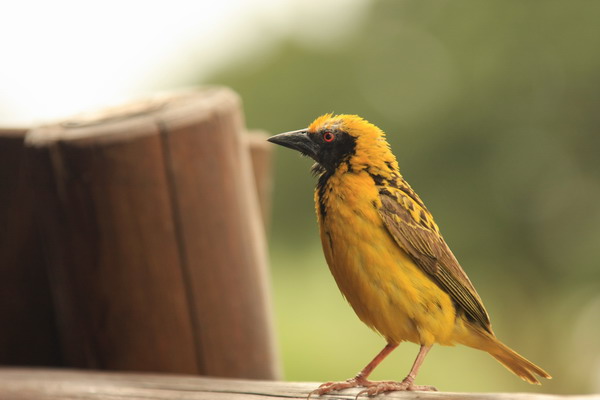
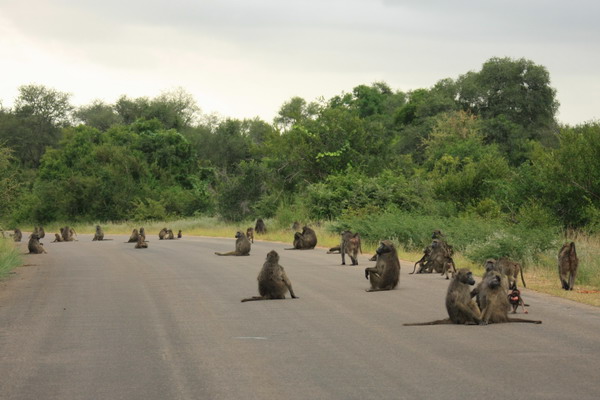
This is the sight that greeted us as we rounded a corner… a troupe of baboons.


They are not the nicest creatures so we didn’t mind seeing them in the rearview mirror.
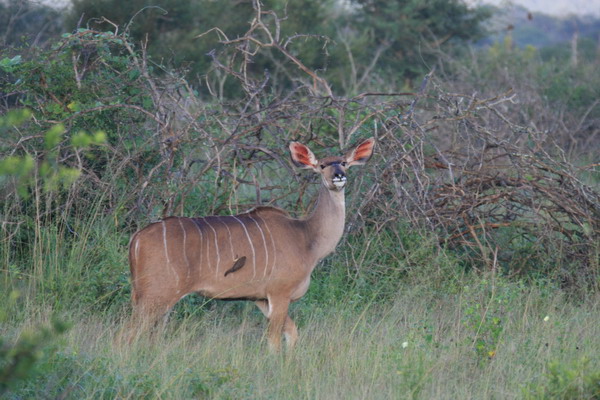
This is a female Kudu. She’s an antelope, and while not quite as impressive as the male kudu you’ll see later, still very regal.
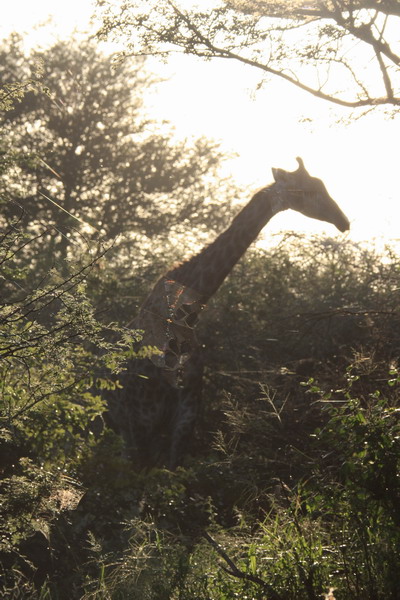
This giraffe was grabbing an early morning bite to eat.
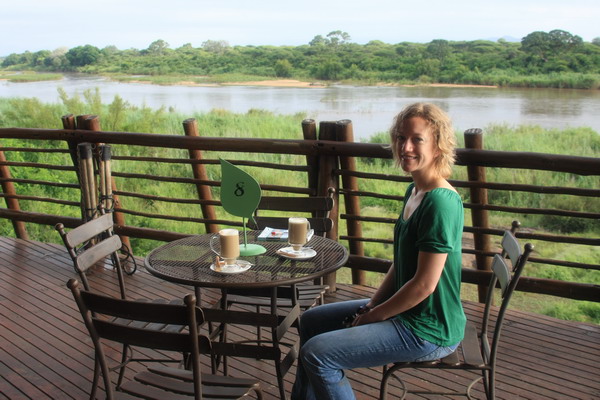
After that, we were inspired to do the same. So, we finished our early morning game drive and came back to our camp to have a latte with a view.
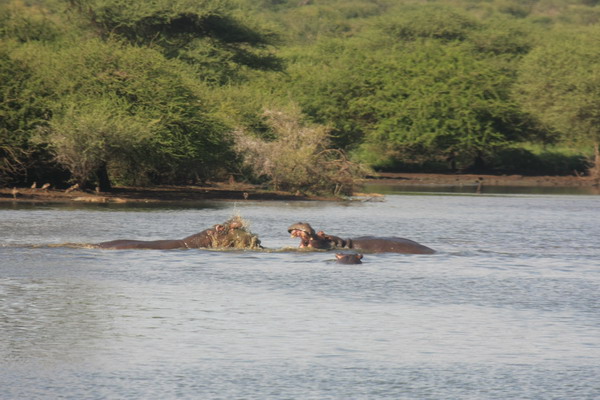
These hippos provided great viewing pleasure.
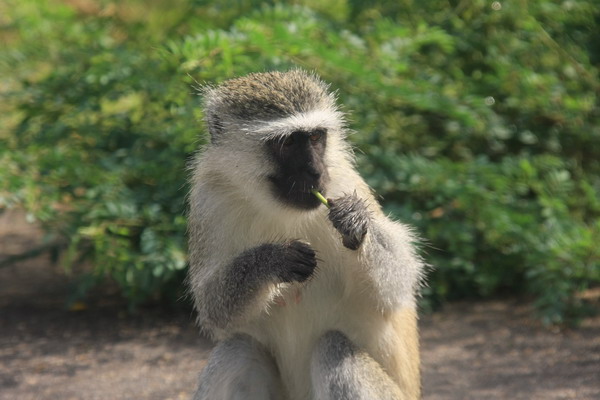
This is a vervet monkey. However, we also heard them referred to as blue monkeys. You’ll see why in a couple pictures.
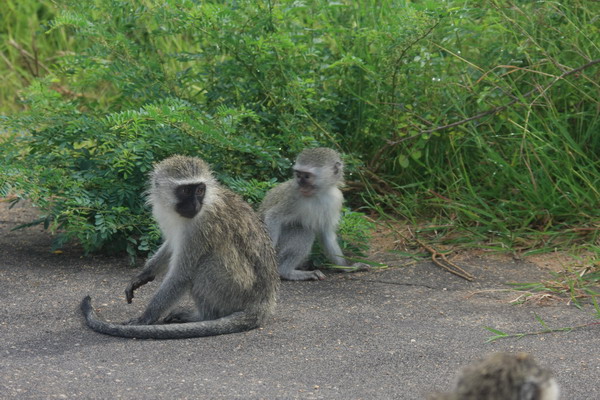
Much cuter than the baboons.
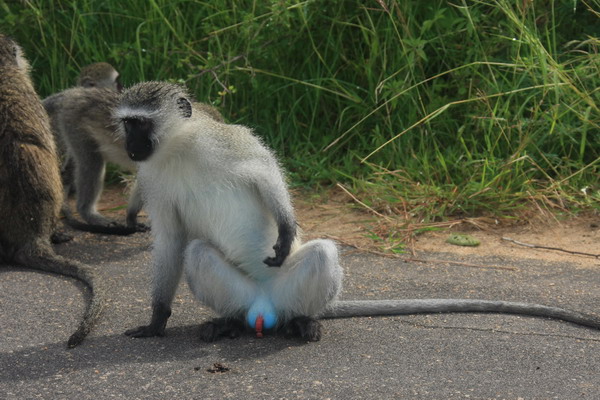
Can you see why now?
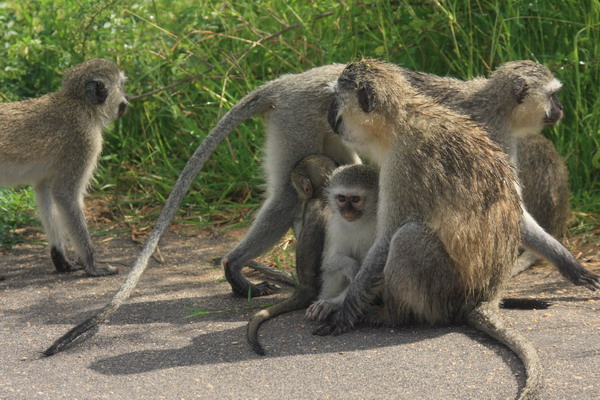
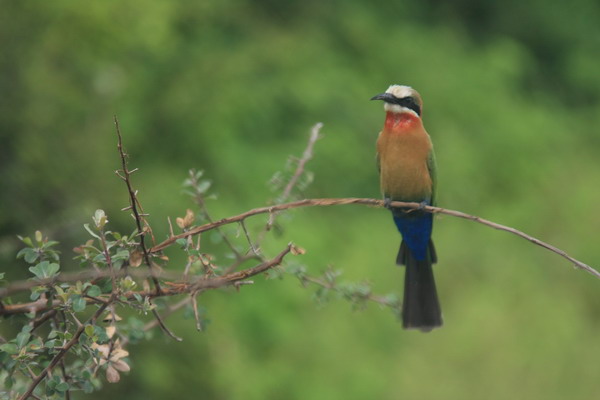
This is a blue-cheeked bee-eater.
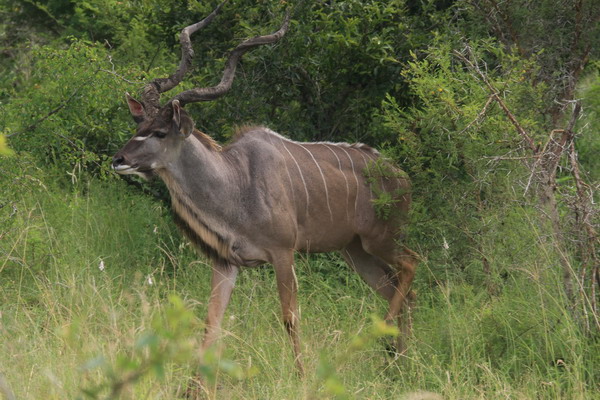
Here is the king of the antelope, a Kudu. You can tell how old they are by the number of spirals in the horn. Each turn is approximately 5 years.
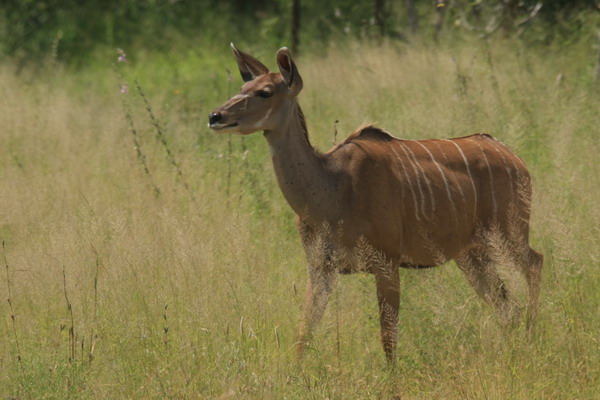
Another female kudu.
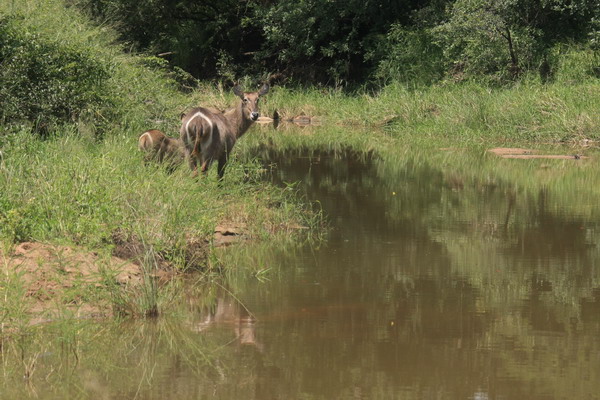
This is a female waterbuck and her youngster. They are also in the antelope family.
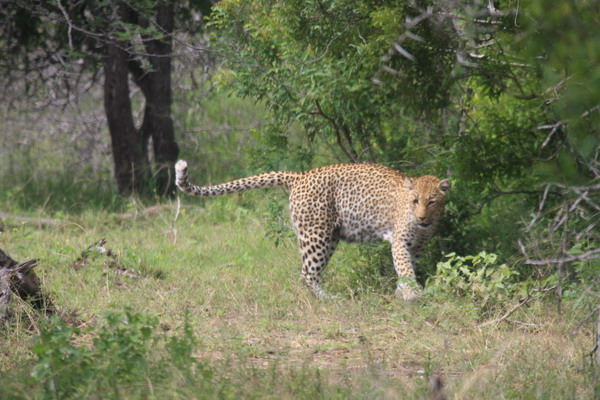
This is my favorite animal we saw on the trip. The ever elusive leopard. We were fortunate enough to see three.
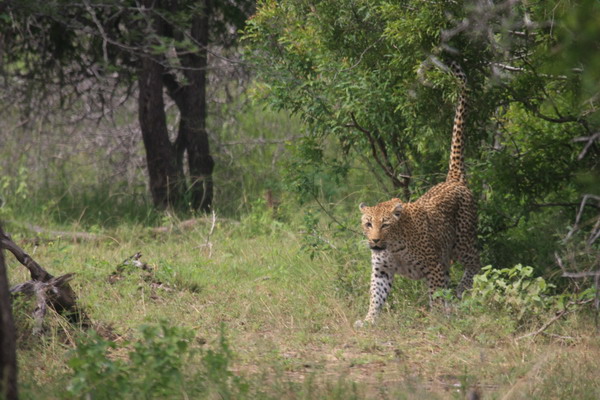
So, that covers part one of the safari. Three more to go. Up next we’ll have giraffe, impala, zebra, and birds…
Until then.
–Jim
South Africa — Penguins
Despite my best intention, this (and the remaining South Africa posts) have taken forever to publish.
Our journey in Cape Town continued to the beach. We wanted to see the only African species of penguin, Spheniscus Demersus. There are 17 species penguins, but the African penguin is what lives in the Cape Town region.
I won’t belabor this post with a lot of text … just pictures.
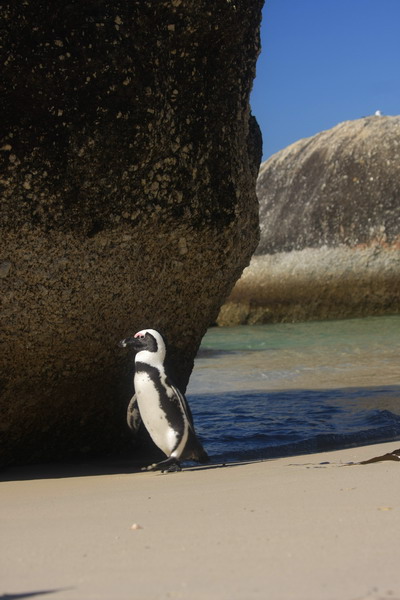
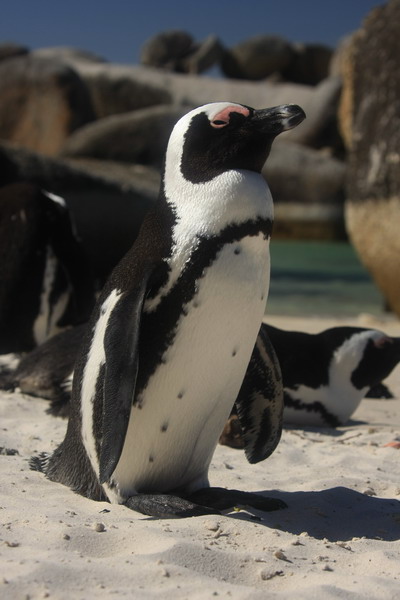
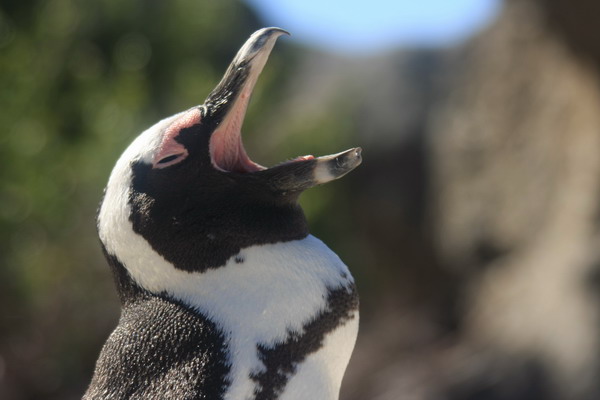
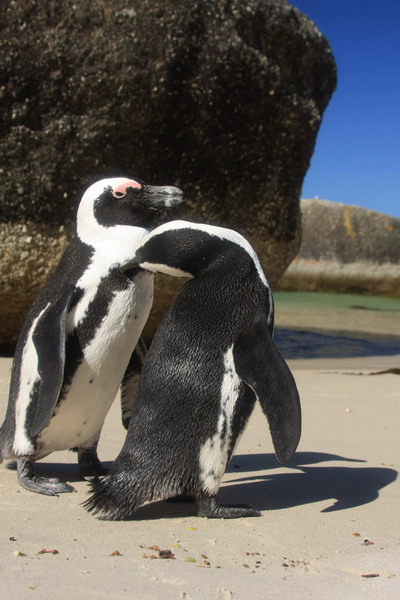
Aren’t they cute? There was lots of penguin love on the beach that day.

As you can see, the penguins let me get up close and personal with them. However, if antagonized, they do bite. I saw a woman nearby who had a huge welt on her hip because she wasn’t nice to one of them.
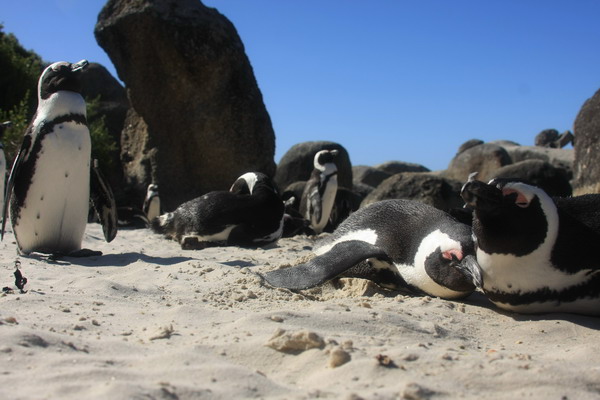
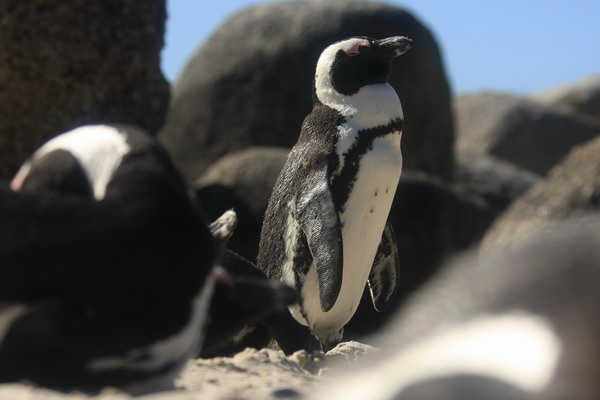
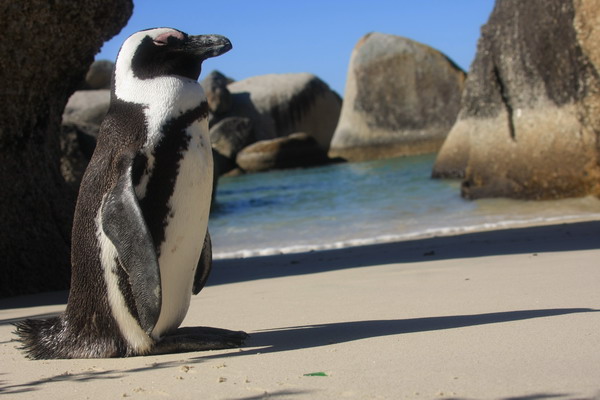
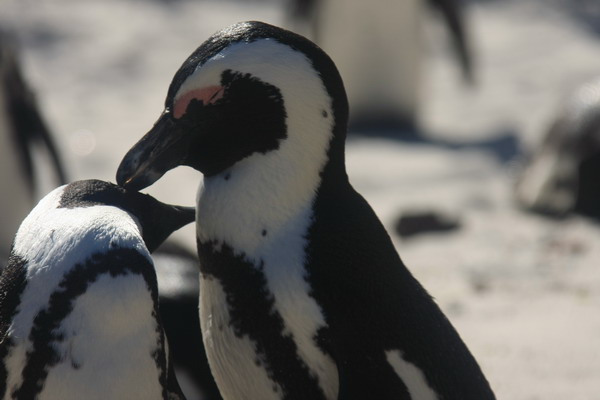
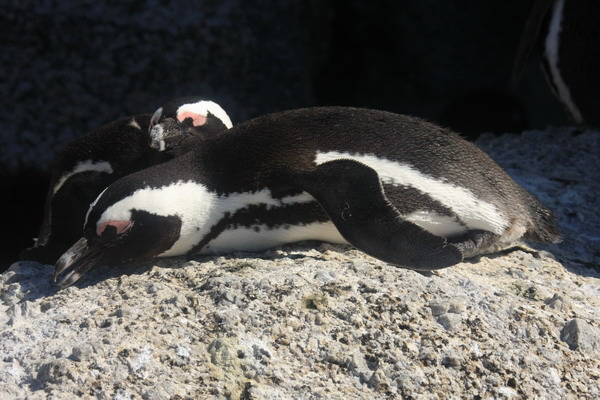
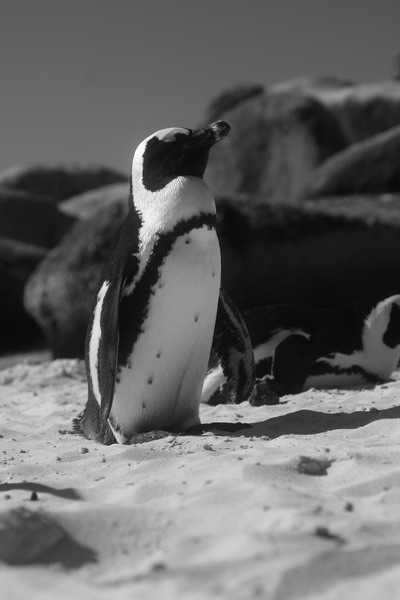
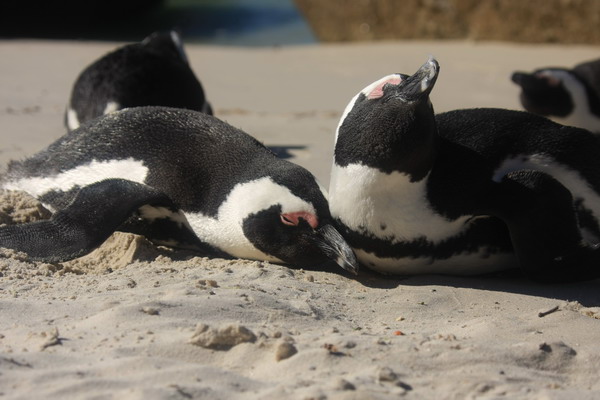
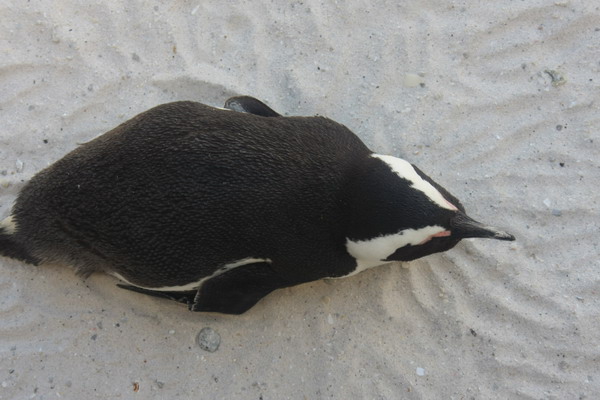
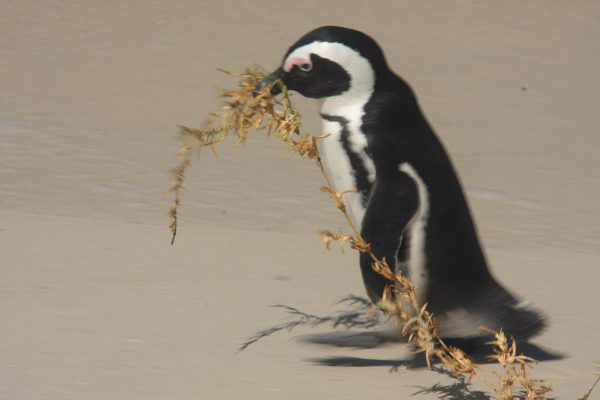
Making a nest…
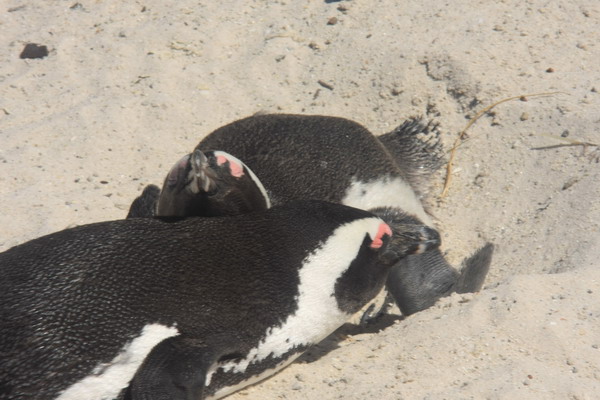
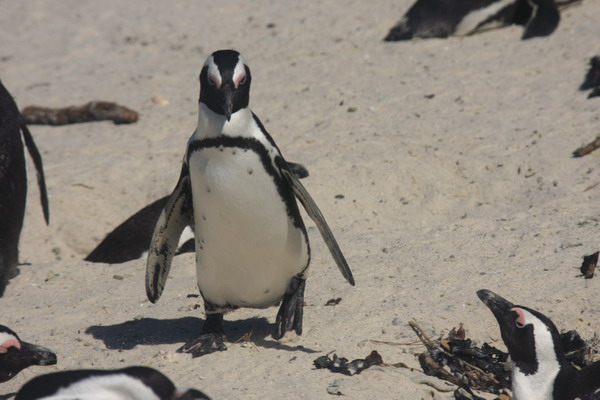
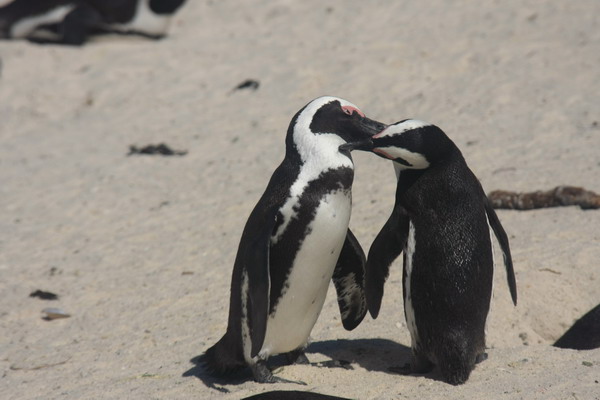
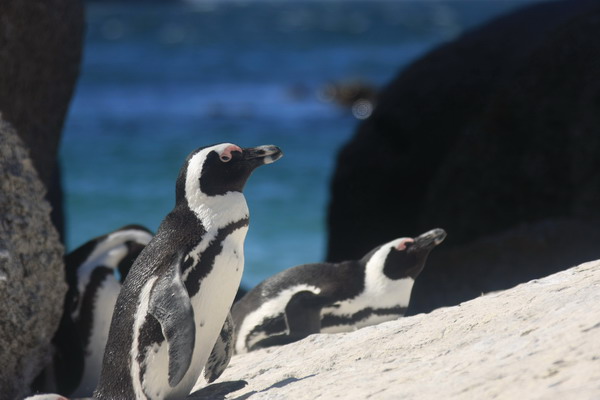
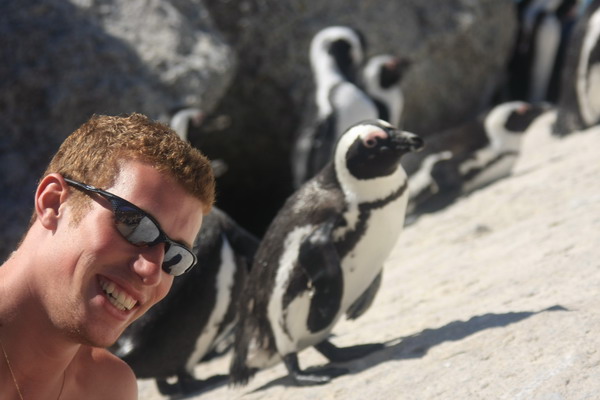
I don’t know who this guy is, but he provided a convenient comparison to see the relative size of the penguins. Plus, I think he looks a little like our friend, Tim.
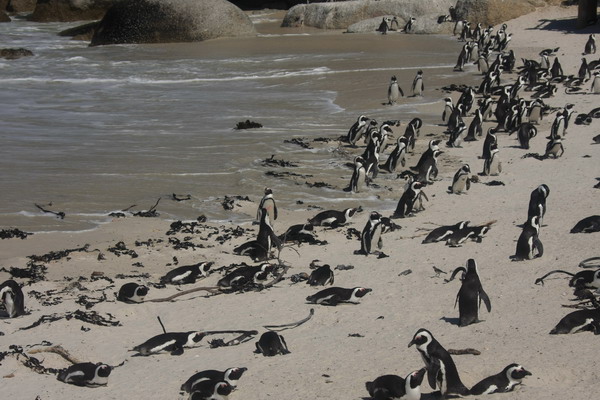
The beach was a series of sandy areas and this one in particular had the highest concentration of penguins.

One of the few families with adolescent penguins.
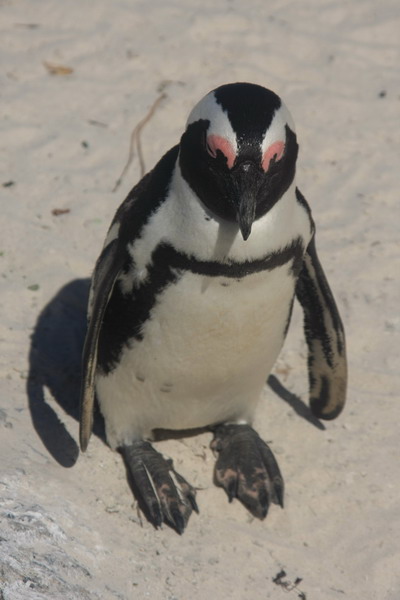
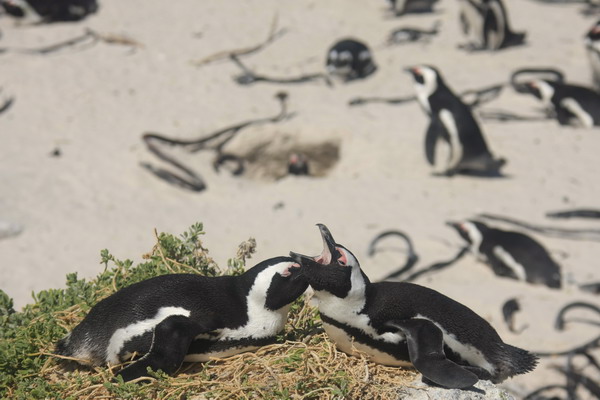
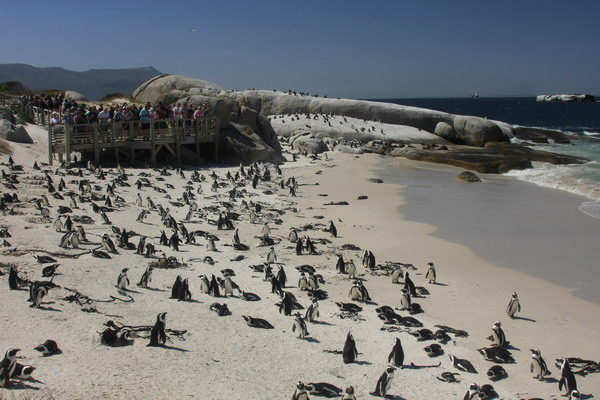
This provides a different perspective of the beach. The boardwalk is where a majority of the tourists stay. It’s the easiest way to see penguins, but keeps you removed from them. I much prefered to be on the beach with them.
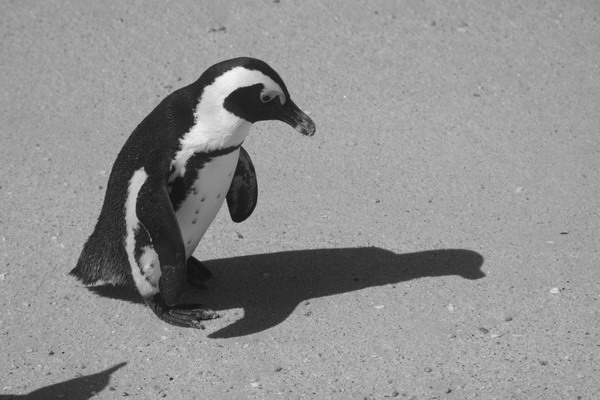
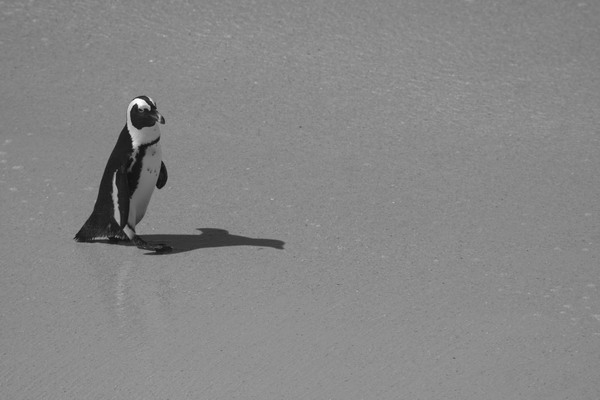
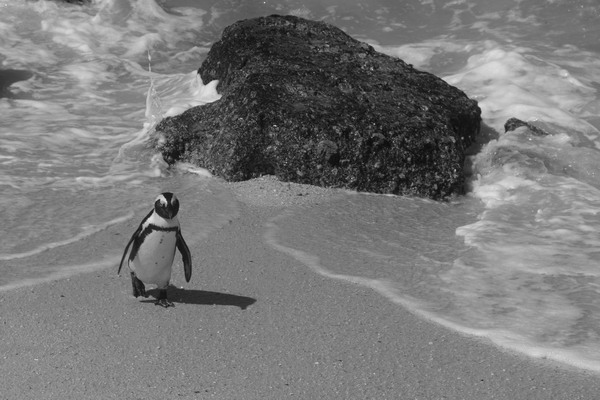
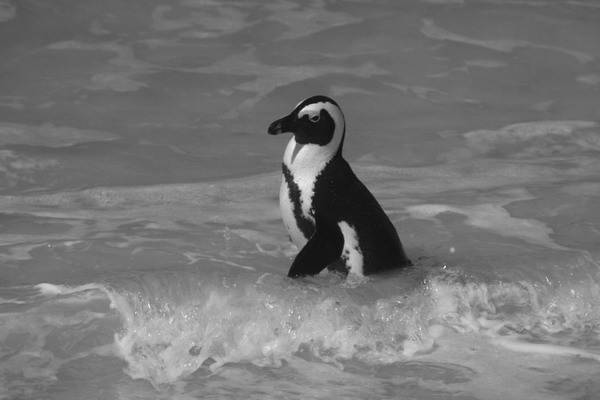
Playing in the surf.

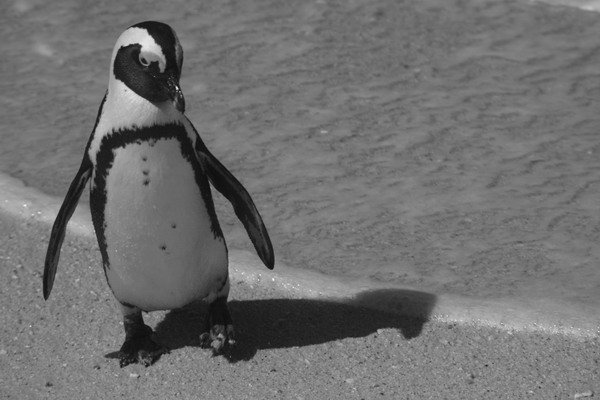
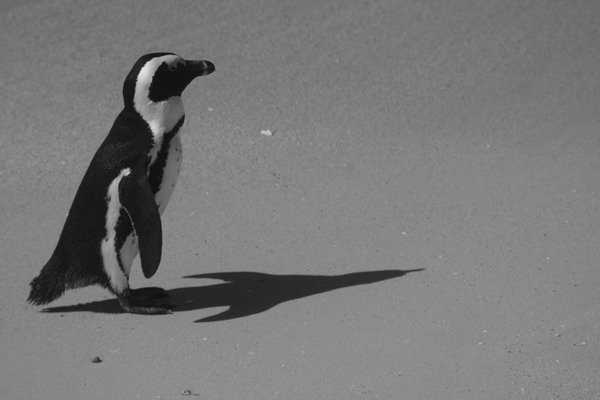
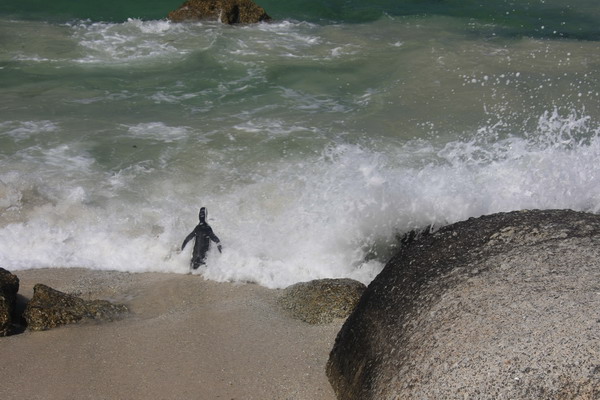
Again, playing in the water.
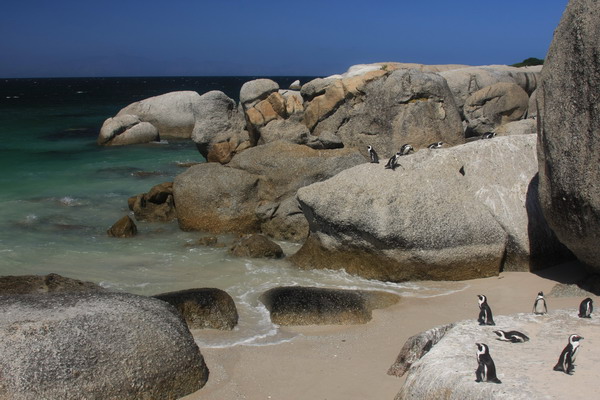
You can see why the beach is called “Boulders Beach.”
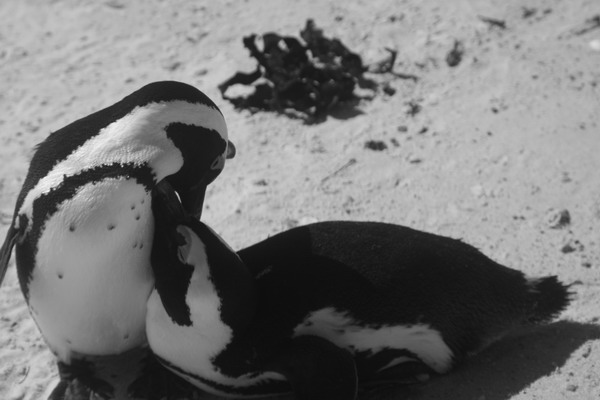
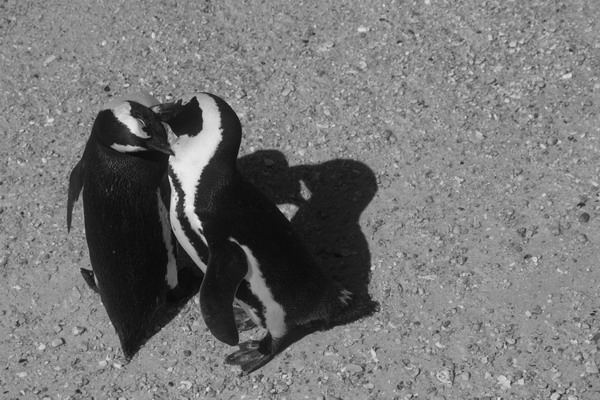
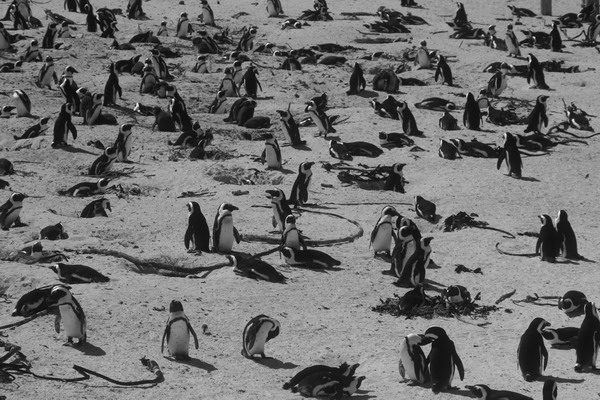
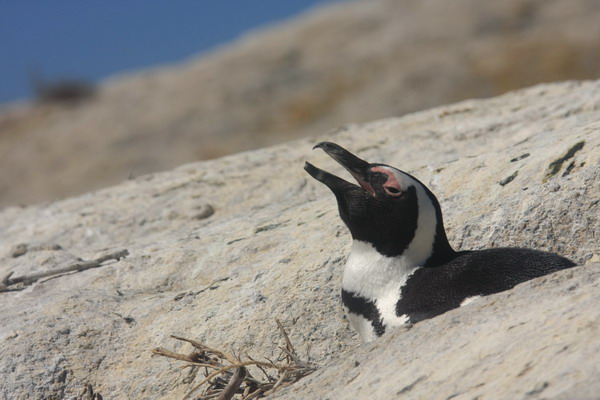
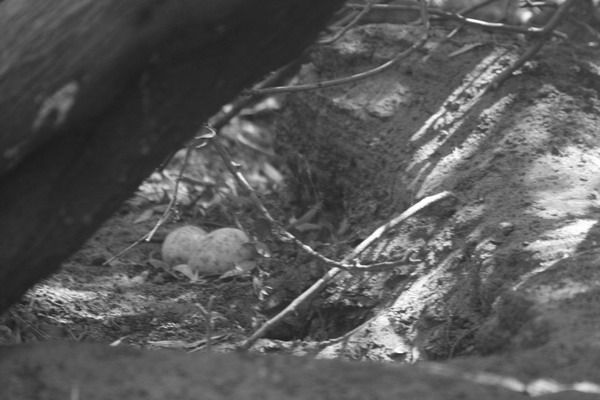
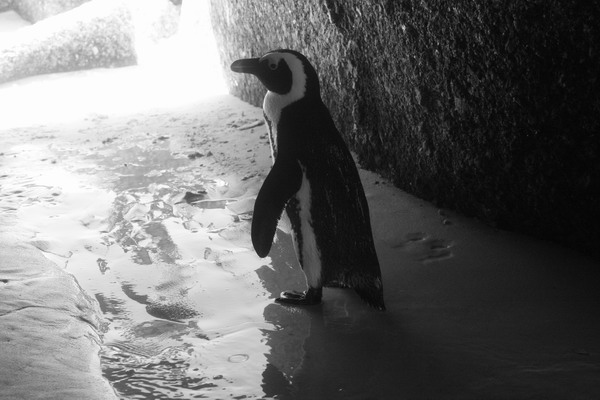
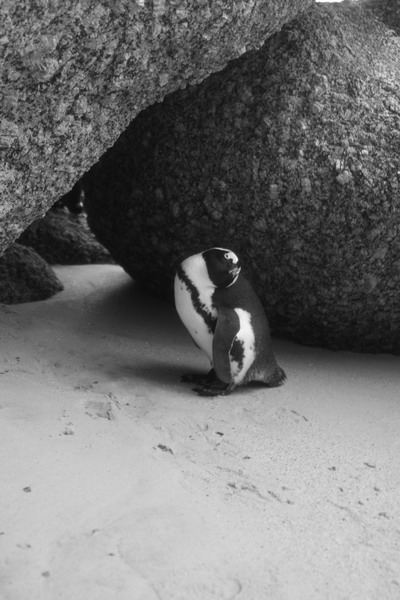
This one was very cute. As I moved the camera to take his picture, he mirrored my movement.
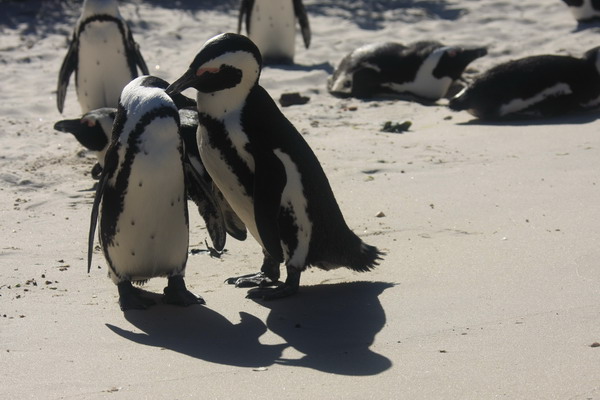
So, that was our day at the beach with the African Penguins.
Next up will be some images of our Safari in Kruger National Park.
Until then…
–Jim
South Africa — Cape Town (Part 1)
One of the benefits of an extended deployment is the opportunity to take a mid-tour holiday. So, since I was able to get a flight anywhere in the world, Anna and I decided to visit the Southern tip of Africa. South Africa offered the perfect blend of adventure, relaxation, and exceptional flora and fauna. So, over the next 7 posts, I will take you on our journey. Why so many posts?? Well, I went a little crazy with the camera, so I was only able to pare down the 2,000 images to just over 200. Hopefully, you will find them interesting. It was certainly an interesting trip for us!
South Africa is a unique country. Its varied history and culture made a lasting impression on us. In fact, in many ways it felt like a blend of Europe, “typical” sub-Saharan Africa, and even a little bit of Afghanistan. So, almost needless to say, we really enjoyed our two weeks there.
We spent most of our time in what was founded as refreshment station in 1652 by the Dutch East India Company, now known as Cape Town. Upon arrival, we promptly headed to the beach.
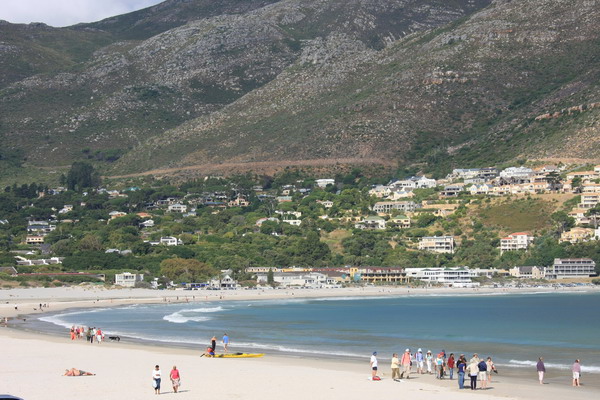
This is just one of the many beautiful spots that dot the coastline in and near Cape Town.
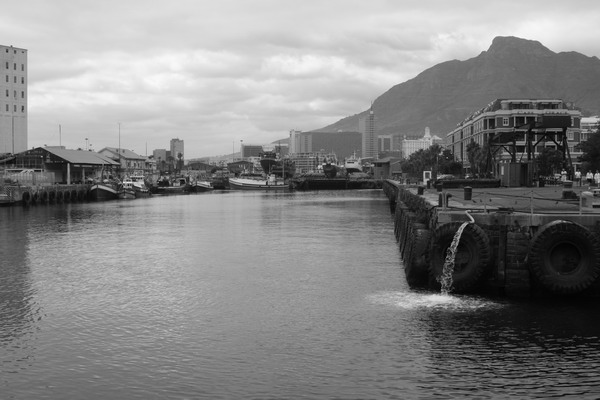
This is down at the Victoria and Alfred Waterfront in the City Bowl (read: downtown Cape Town). Yes, that is a reference to the British monarch. But, if you recall, Albert was Queen Victoria’s husband. Alfred was her son. Since they are both credited with positive influence on Cape Town in the mid-19th century, the names of Victoria and Alfred are commemorated.
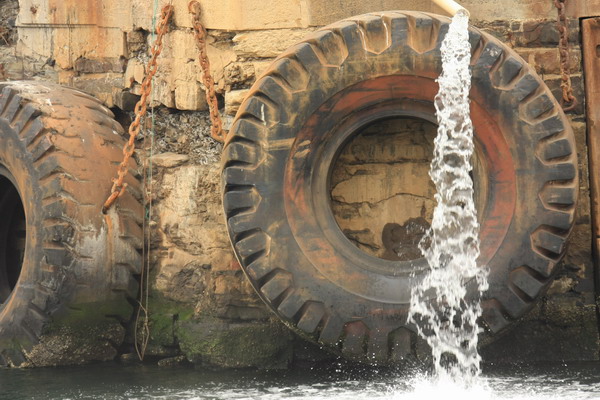
V&A Waterfront again.
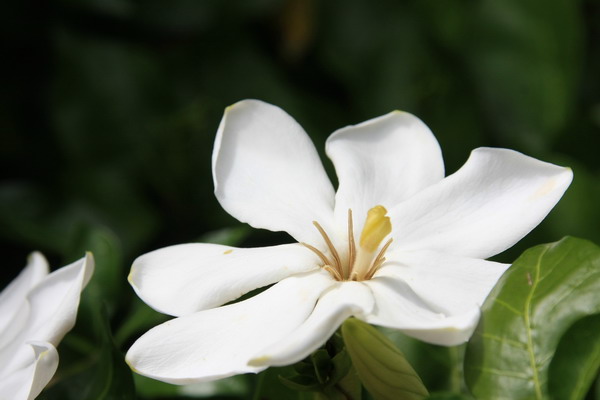
We also stopped by the Kirstenbosch National Botanical Gardens. These beautiful grounds were donated by Cecil Rhodes in 1902. In case you’re not familiar with him, Rhodes was born in Great Britain, and had a profound impact on Southern Africa. Although his political and social views are debatably bad, there is no question, he accomplished a lot in his relatively short life. Just a few of his accomplishments include:
1. Founding De Beers company, which is now the largest diamond mining company in the world.
2. Beginning the Rhodes Scholarship, the most prestigious graduate school scholarship in the world, and what my friend Tom was awarded to attend the University of Oxford (where all recipients study).
3. Creating the country of Rhodesia, now known as Zimbabwe.
So, suffice it to say, the man was influential.
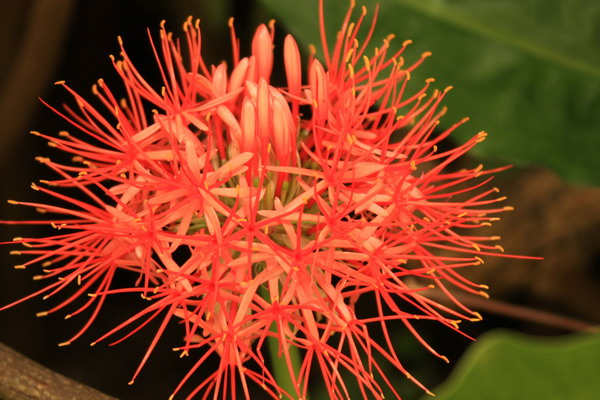
This flower is interestingly known as the blood flower, and looks like a ball of fire.
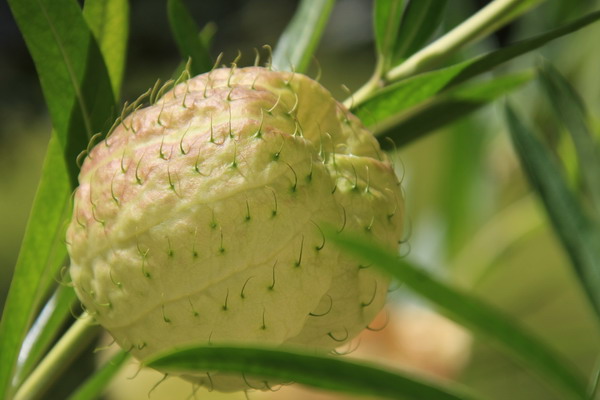
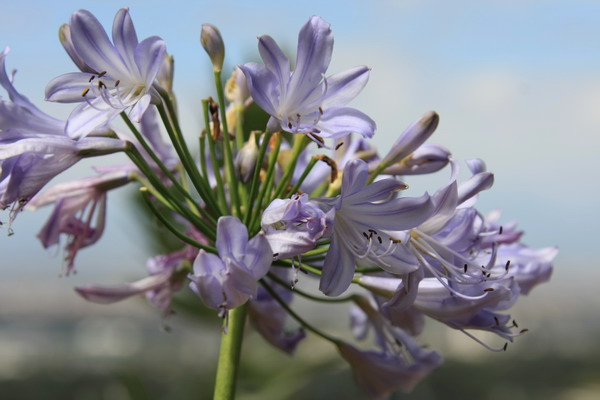
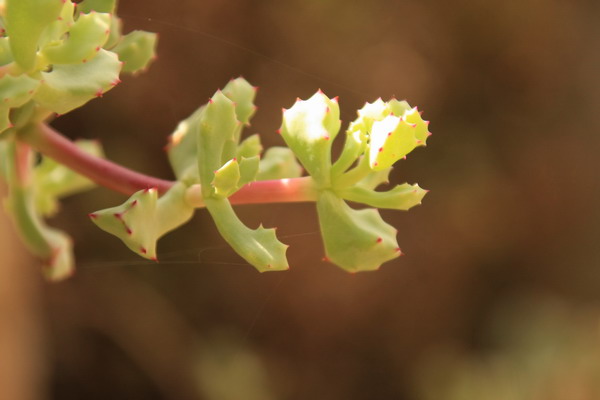
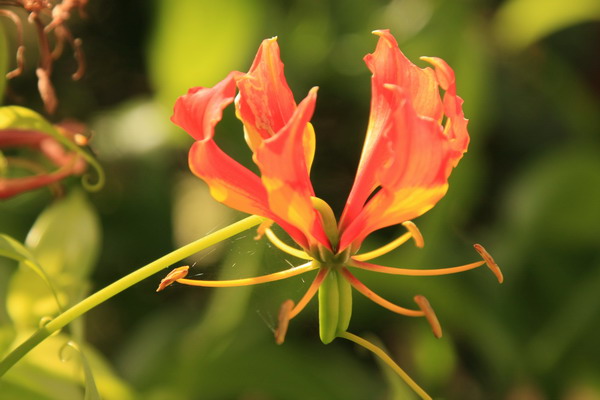
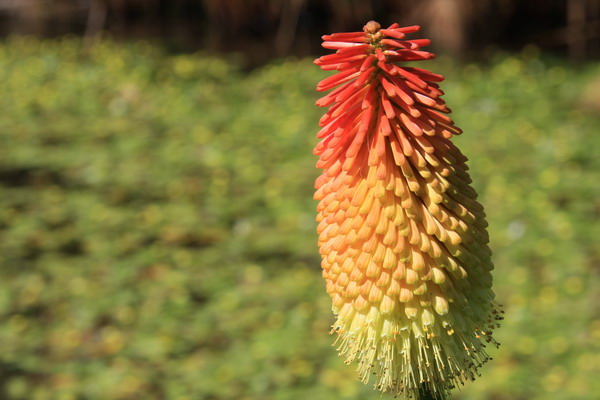
An aloe flower.
Unfortunately, the national flower of South Africa, the Protea, was not in bloom, so I don’t have any images of that unique flower to share.

A Helmeted Guinea Fowl.

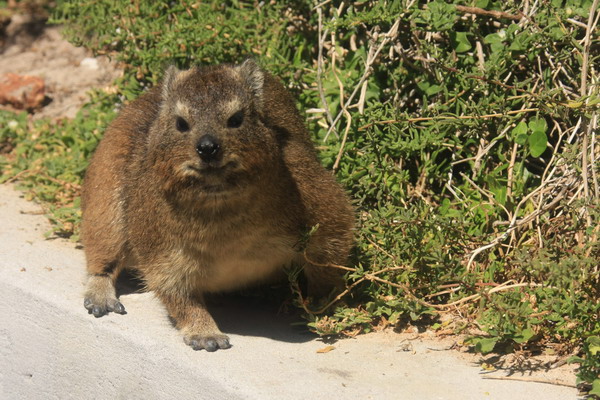
This is a Rock Hyrax, also known as a Dassie. It’s found throughout Africa and didn’t seem to mind too much that a camera was stuck right in front of it. Interestingly, they are closely related to elephants.
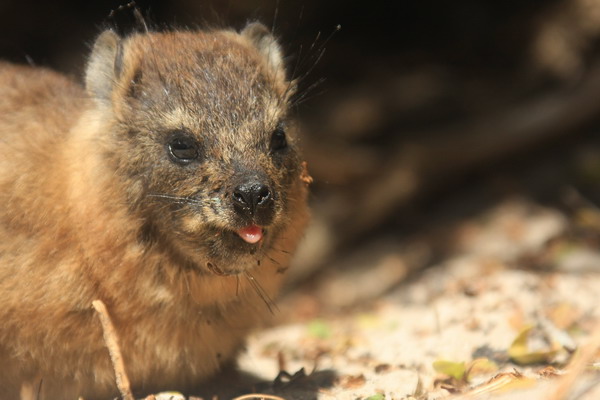
Cute, huh?
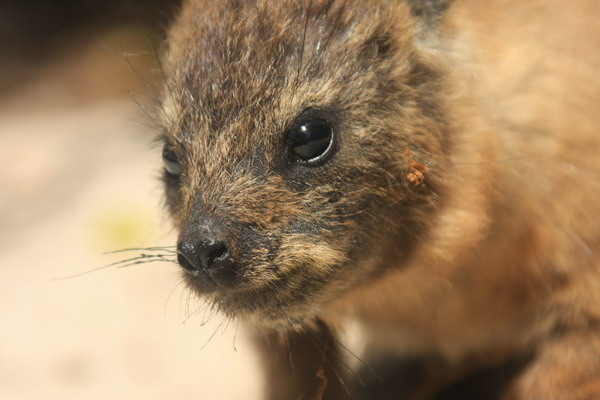

We also spent some time going through the vineyards of South Africa. It was an interesting contrast with European wineries. The wines produced here are very tasty and the two best (in our opinion) are Sauvignon Blanc and Pinotage. The Pinotage is a cross grape that is unique to South Africa and stems from the Hermitage and Pinot Noir grapes.
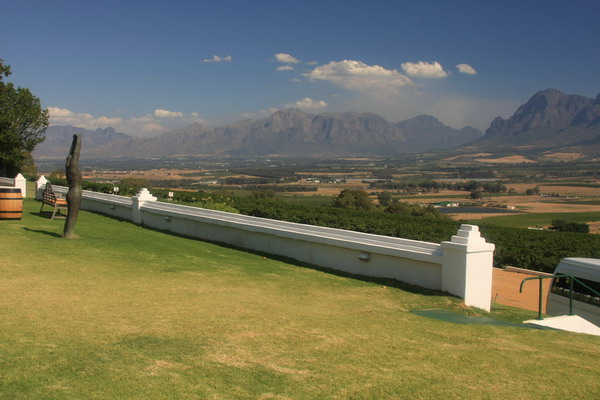
Another winery, with an amazing view. The Stellenbosch, Franschhoek, and Paarl are no more than an hour outside of Cape Town. Combined with Constantia just outside of Cape Town, they make up the wineland region of Cape Town. We ended up spending our last few days in Franschhoek, but I’ll talk about that in my last post.
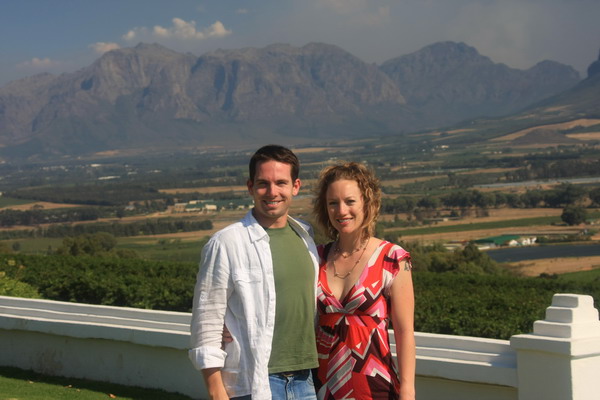
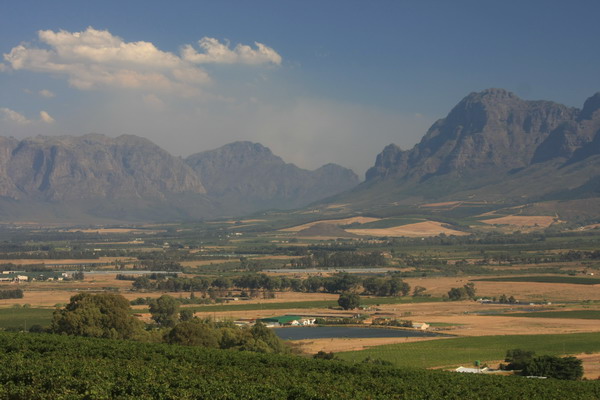
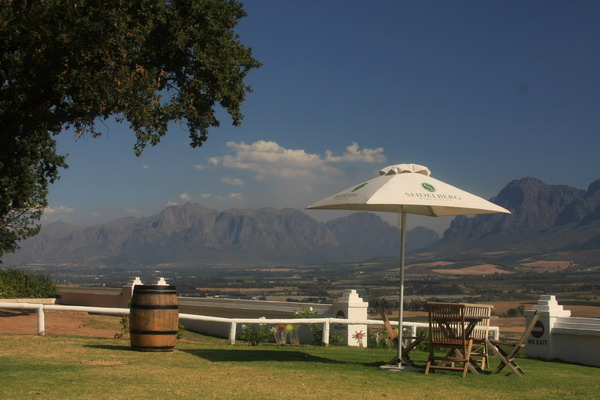
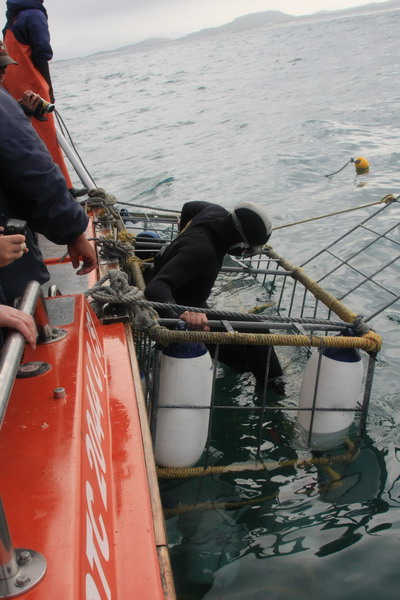
In contrast to the peaceful winelands, we also ventured into the occasionally tempestuous sea. In this case, it was to get up close and personal with a Great White shark. These misrepresented hunters are often found in the waters near Cape Town.
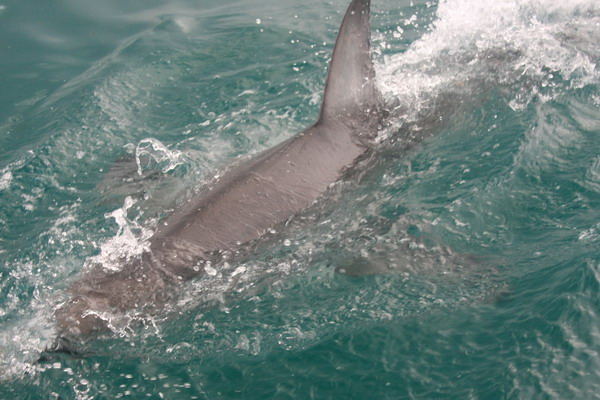
The sharks would follow the bait fish in very close to the cage.
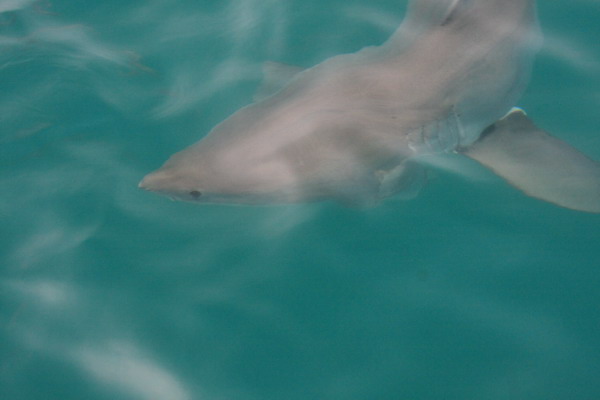
These creatures are magnificent. They are so majestic and each one has a unique personality.
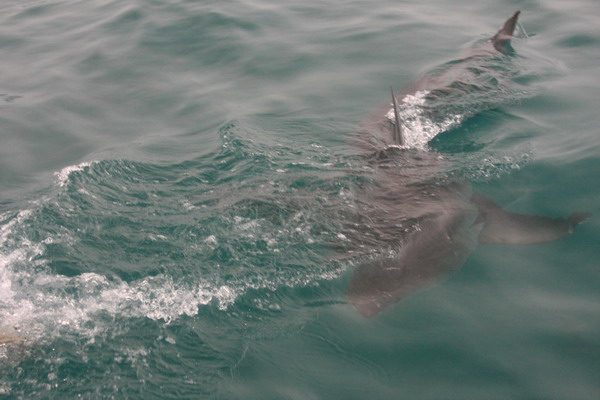
We were fortunate and saw 4 different white sharks. Gansbaai and shark alley has the most densely populated white shark population in the world. Something that the movie Jaws got wrong was the tail fin. As you can see, both the dorsal fin and tail are out of the water when the sharks are on the surface.
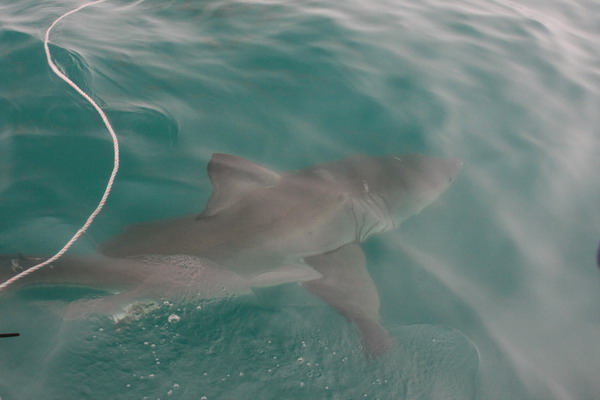
Although these weren’t the largest white sharks (~3 meters), they are still very cool.
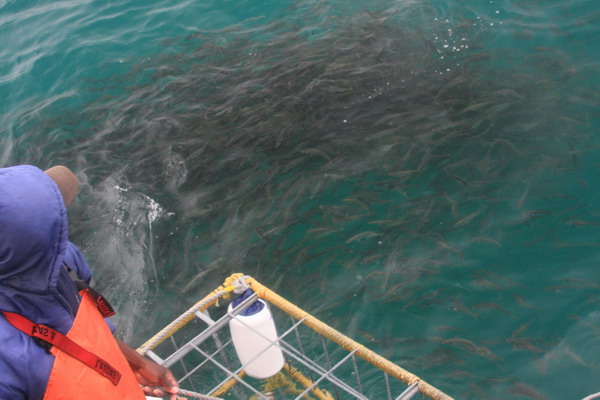
Here you can see the bait fish and chum in the water.
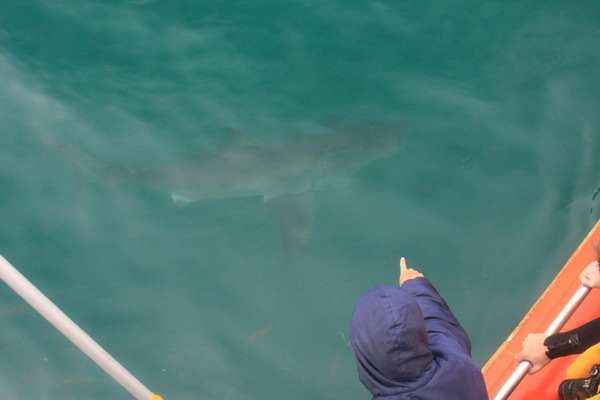
Look! There’s one!
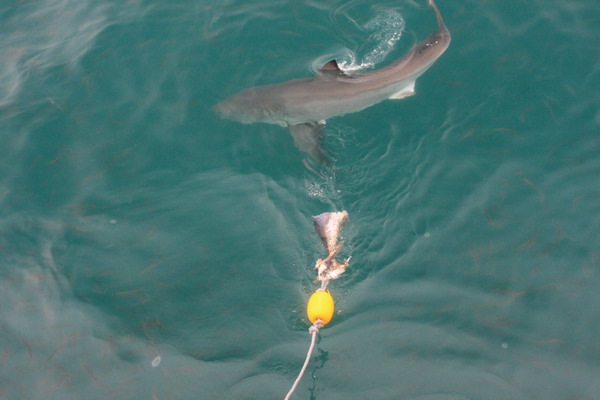
The tuna bait coming in, but the shark turned away.
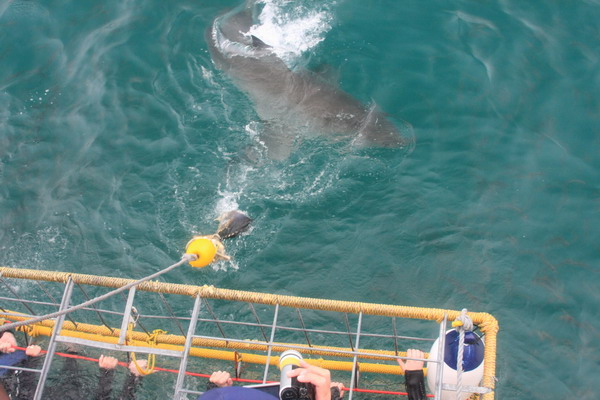
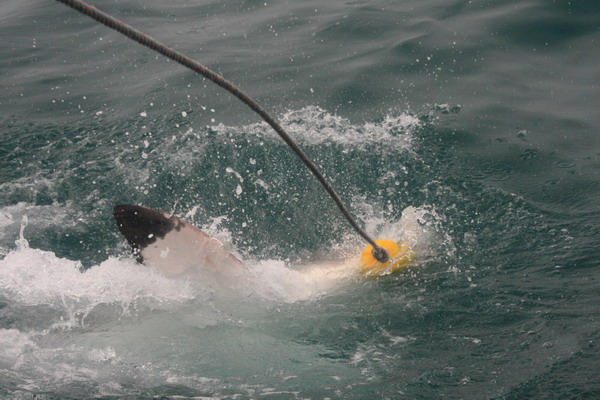
Although the sharks are more active in the winter (we were there in the late summer), this one attacked from below. Unfortunately, as you can see, I was a moment too slow.
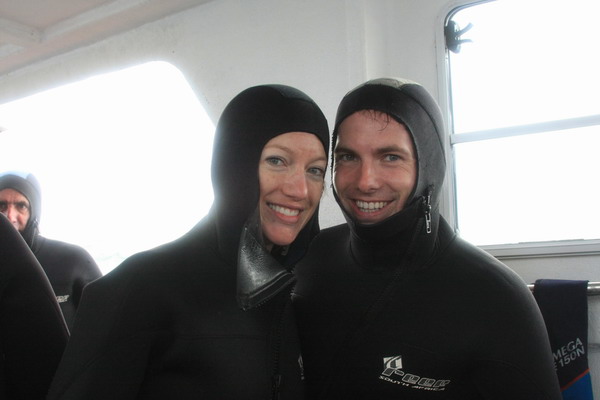
The water was a bit cold (11 degrees Celsius), so the 7mm wetsuits kept us nice and toasty. Ok, if not toasty, at least somewhat comfortable.
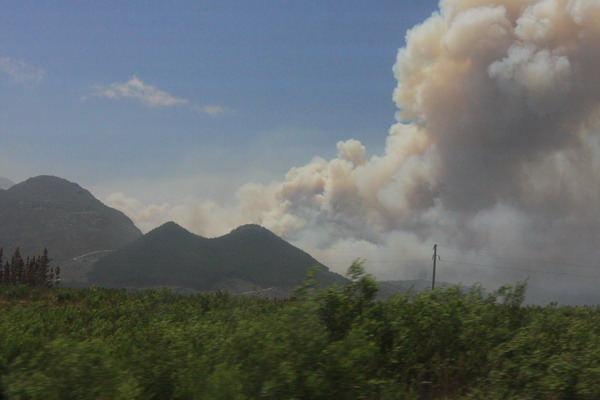
On the way back to Cape Town (it was a couple hours east), we saw the massive wildfires plaguing the area.
That covers the first part of our Cape Town experience. Next, we visited a large colony of African Penguins, then went up to Kruger National Park for a 5 day safari, and finished our trip with more time in and around Cape Town. Those posts are forthcoming.
So, until then…
–Jim
Afghanistan — Month Three (Part 2)
I know it has been too long since my last post. So, here is the continuation of the post from last month. They are from Kapisa and represent my experiences there in January and February.
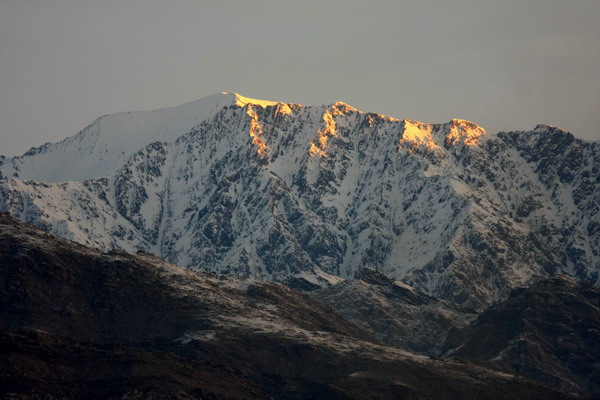
The mountains are truly breath taking. Although much of the snow has melted now, it’s still very pretty.
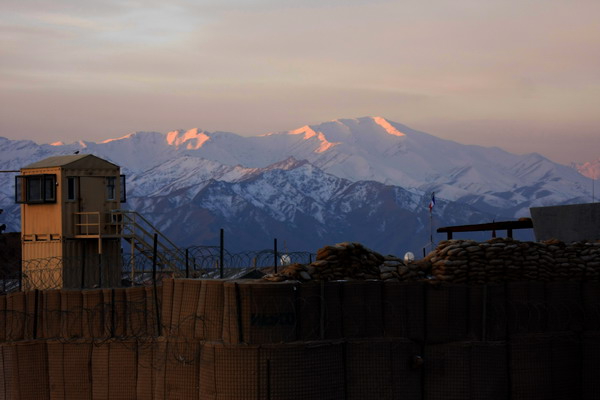
This is the sunrise one morning before we left on a mission.
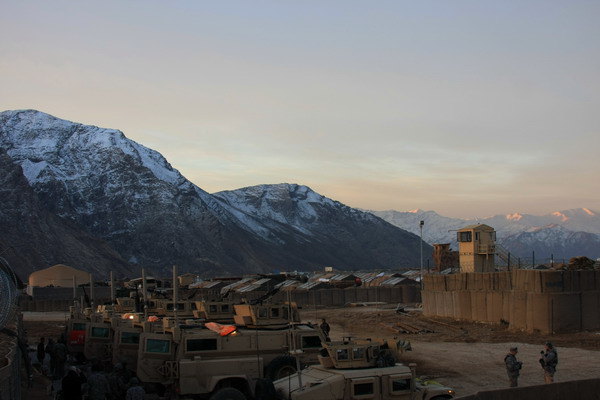
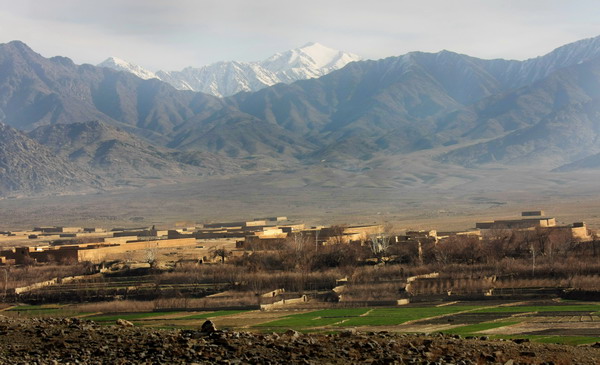
Here is a typical village in southern Kapisa.
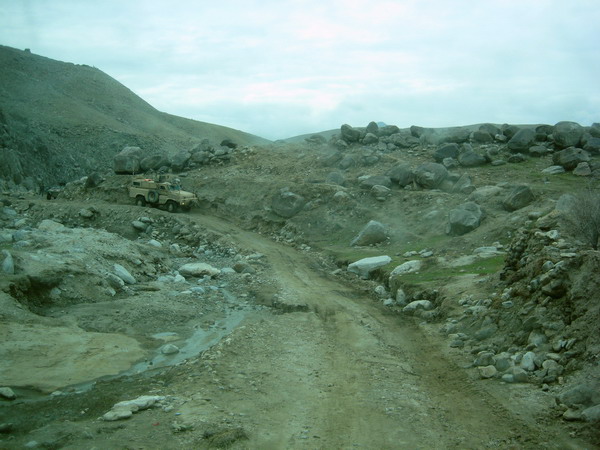
This road/trail is an example of the kind of starting point we have for road projects. As you can see, it was in very rough shape, but is representative of the rural roads in Afghanistan. We won’t make this road into a highway, but we hope to (at least) enable two-way traffic at speeds greater than 10kph.
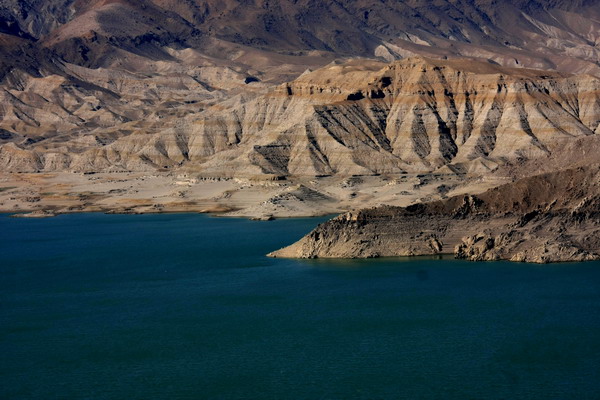
This is the Naghlu Reservoir, which reminds me of some places the Western US.
The Lakehouse.
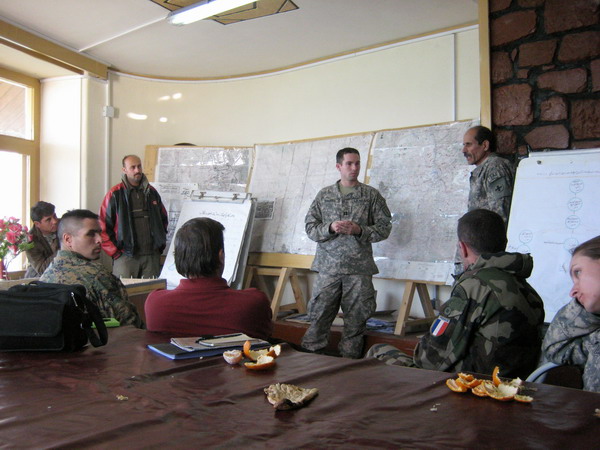
We have many meetings to make sure everyone understands what the plan is. In this case, that requires three languages: English, Dari and French.
The reservoir again.
Another view out of the Lakehouse.
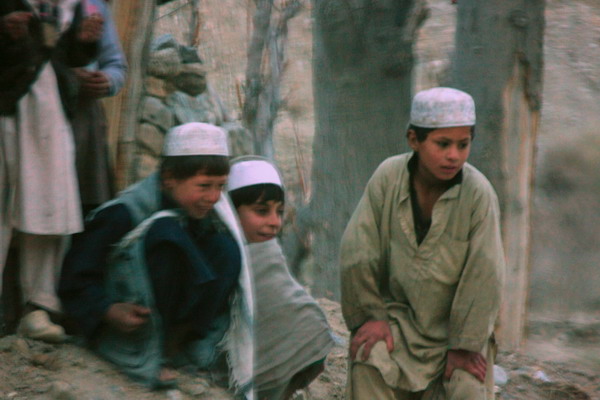
These boys were very interested in what we were doing.
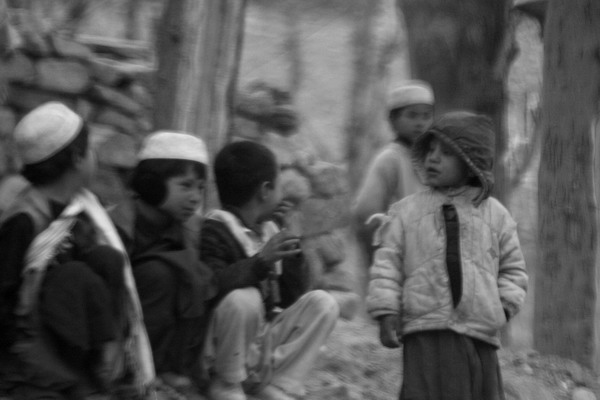
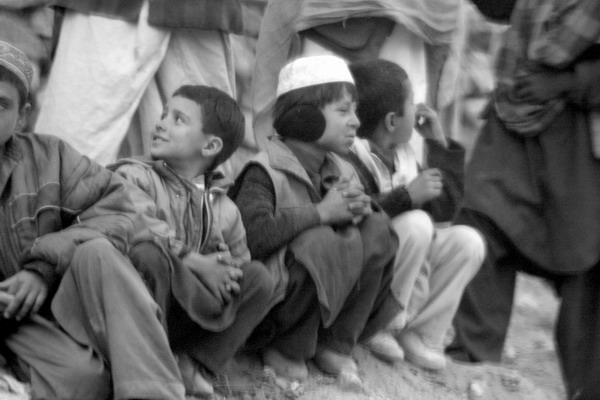
They had a good time hanging out and chatting.
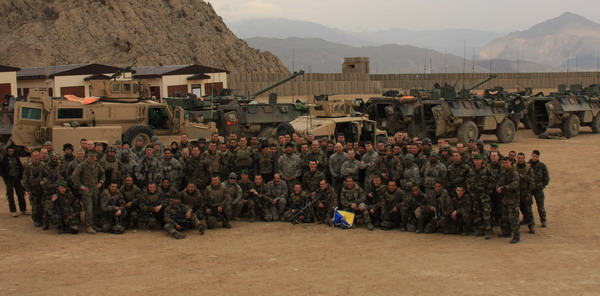
This is the coalition team that we went with. As you can see, it’s American and French.
The guys.
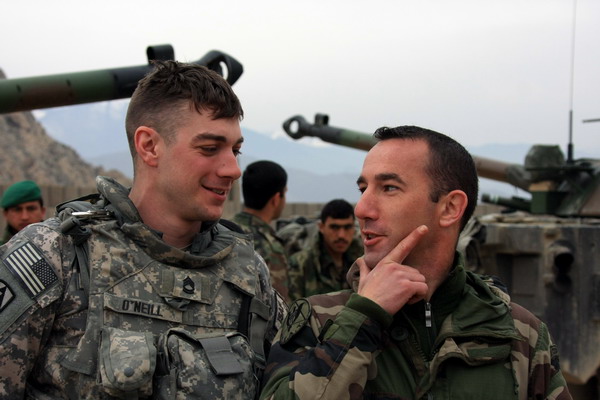
Terry and a French civil-military Captain whose job for the French Army is very similar to what we do for the US. Fortunately, our organizations have a great relationship which allows us to work well together.
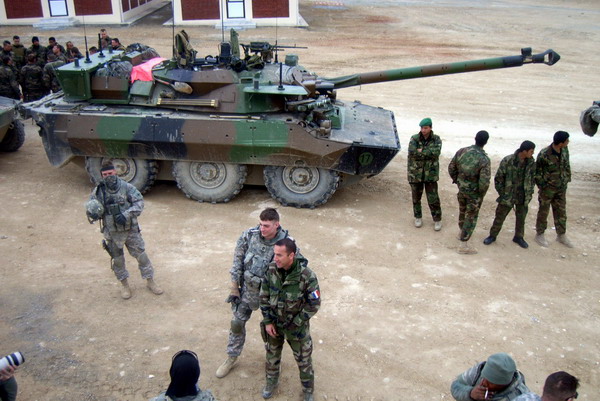
This is the same scenario, from a different perspective. In fact, you can see me in the lower left corner.
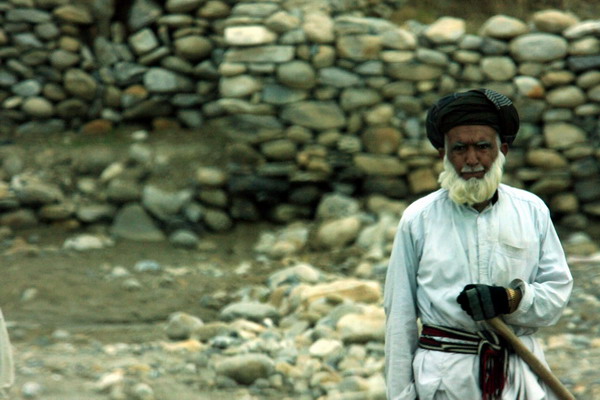
I love this man’s beard.
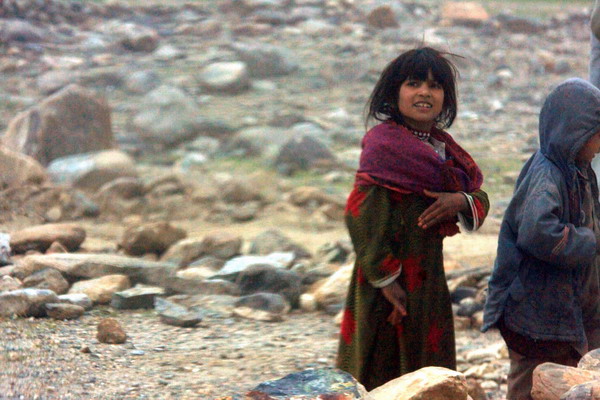
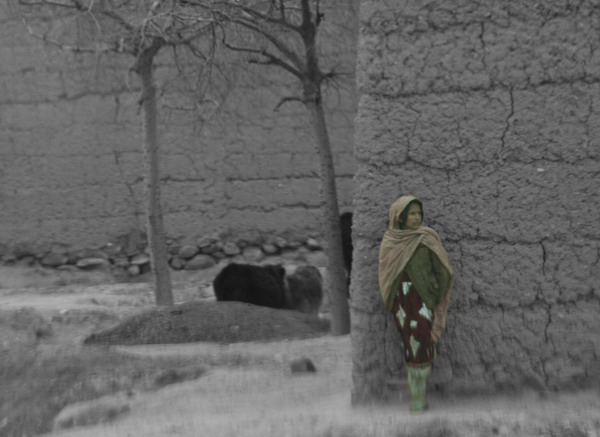
The green girl.
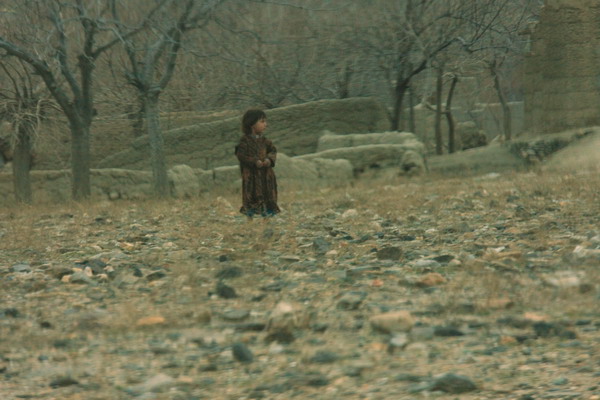
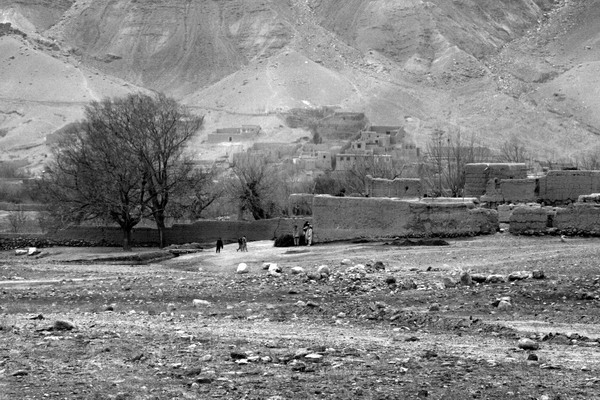
Another typical southern Kapisa image.
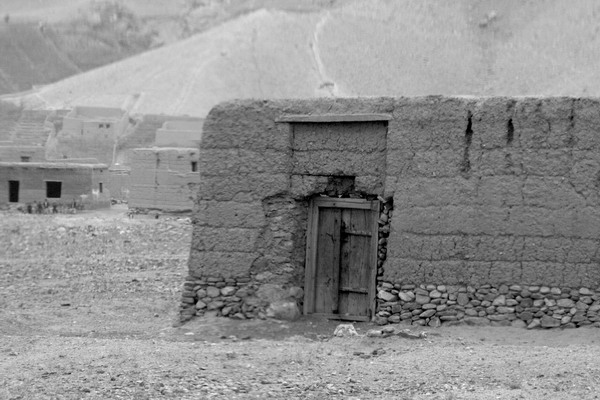
I always find the doors interesting here. It seems to be the architectural focal point.
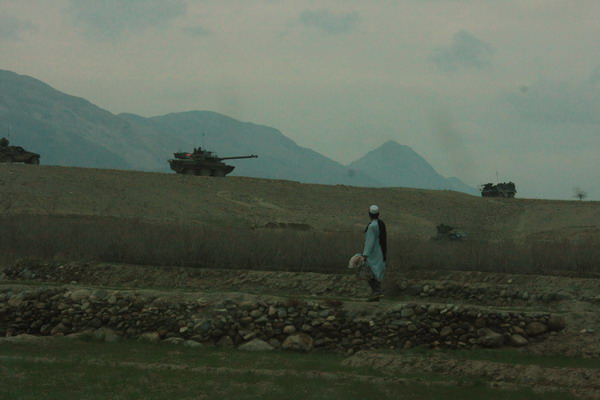
Moving with the French.
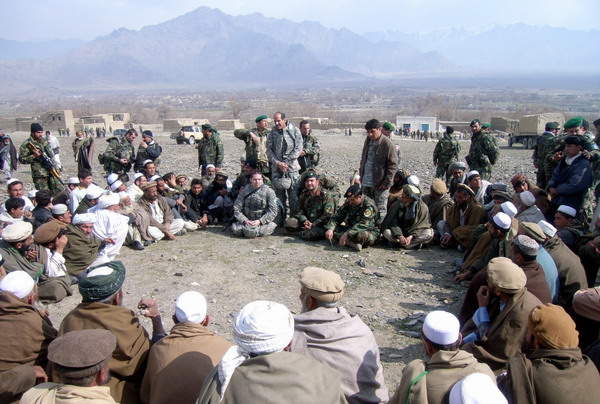
This is the most traditional form of government in Afghanistan … the shura. Here we have local leaders gathered from around the area. The Afghan government set up and ran the meeting. We just joined to pitch a few ideas and tell the people how our projects will affect them and the manner in which their government enabled them to happen. The more Afghan people understand how their government works for them and trusts the government is around for the long term effort, the more stable the area will be.
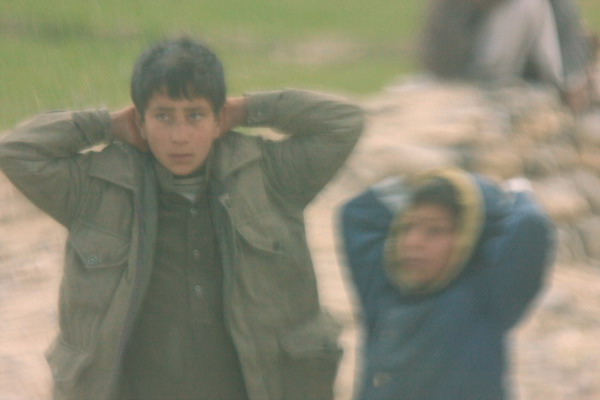
No, these kids weren’t being arrested…

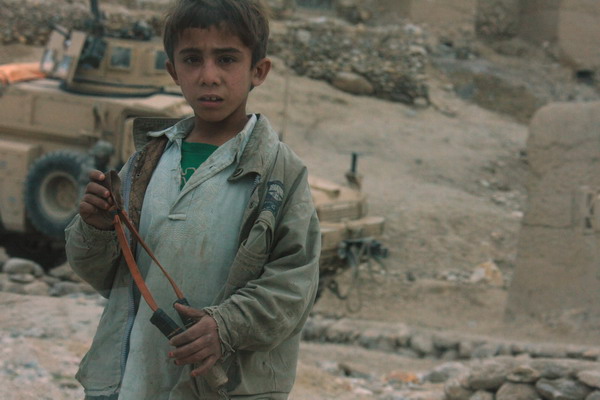
Many kids have slingshots for fun and to hunt.
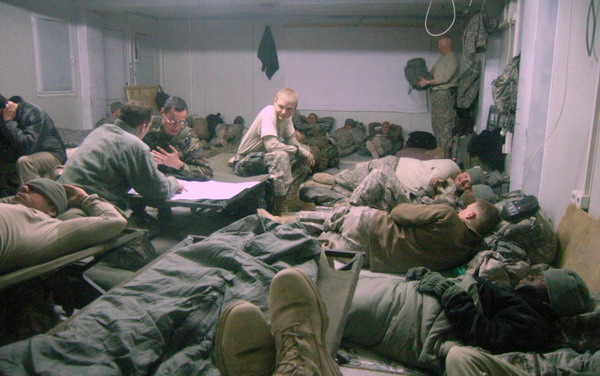
These were our luxury accommodations for a few days. I’m using the cot in the middle to plan our mission with the French.
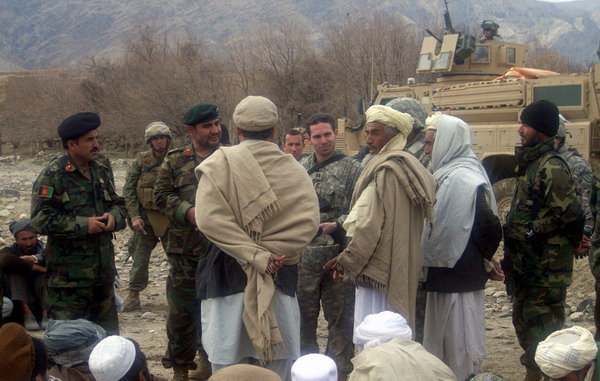
Another meeting with the village elders along with the ANA who provide security in the region.
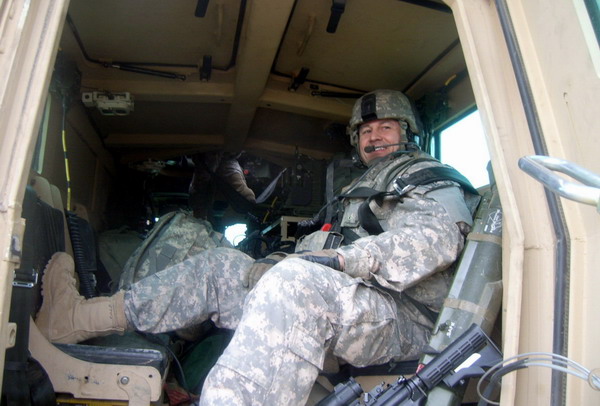
Jon just chillin’.
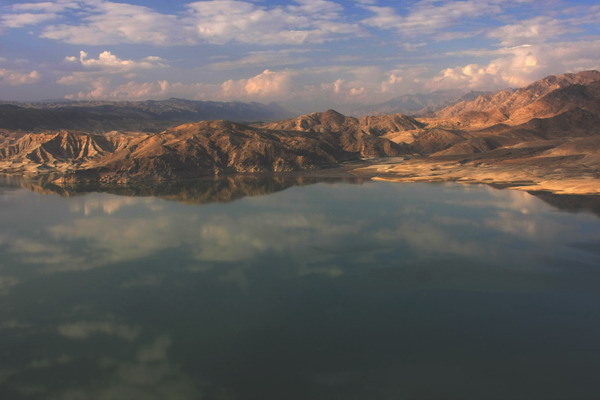
Naghlu is even prettier in the late afternoon when it’s flat as glass.
Terry, Matt and Rakes.
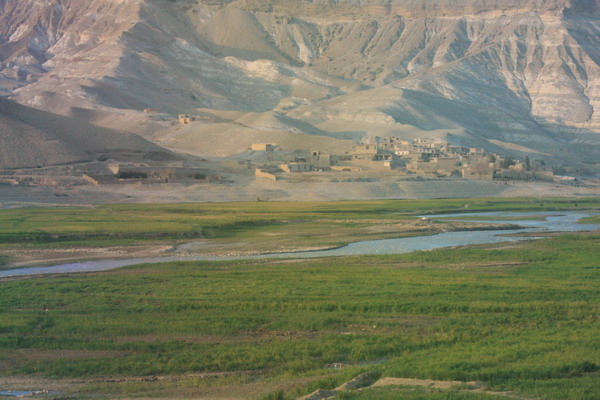
Winter wheat is a very important cash crop in this area. It seemed to be in every valley floor.
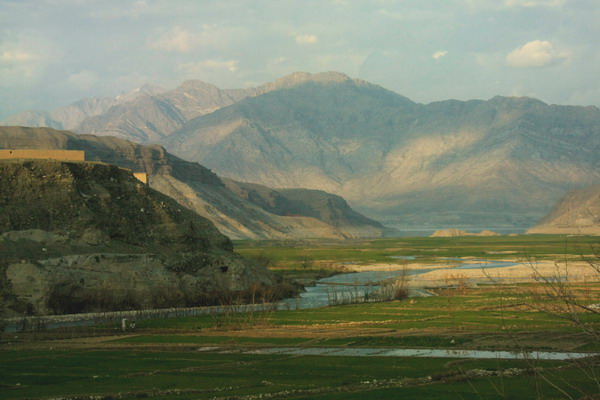
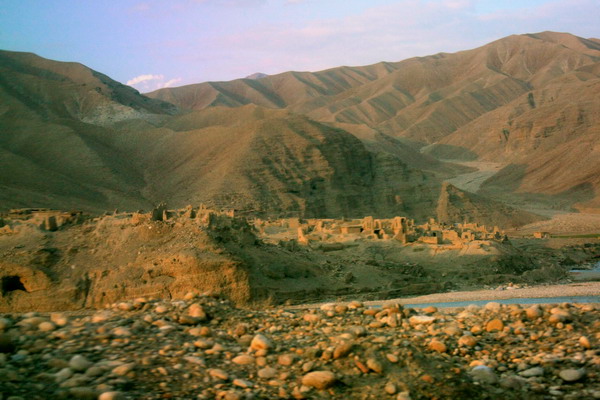
Here you can see the ruins of a village. I’m not sure if it was destroyed in one of the wars, or it was merely abandoned. Either way, this is what it looks like today.
It was another amazing month in a country full of surprises. There is still much strife, but the overall direction is one toward peace and the potential for prosperity. We try to help in a few small ways to make that ideal come to fruition.
Until the next post…
–Jim
Afghanistan — Month Three (Part 1)
Hi everyone, it’s about time for another monthly post. This will be another two part post, and I will follow it very shortly with images from South Africa. Anna and I will be there for a vacation. One of the benefits of being on such a long deployment is that we get to take a short break in the middle. But, enough of that, on with the Afghan pictures.
I have been continuing my effort to learn the language and immerse myself into Afghan culture. I really do enjoy it and the more I know, the better I can perform my job.
This photogenic gentleman was in Kapisa province.
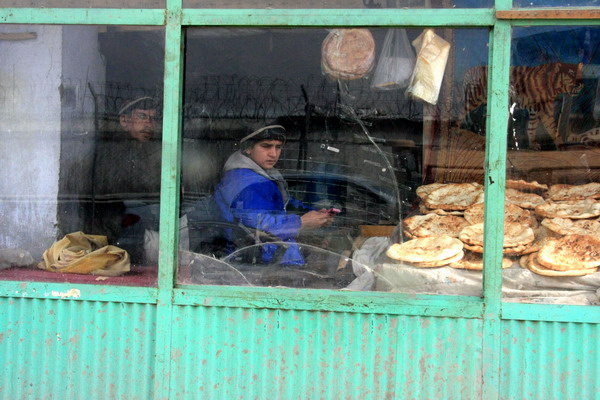
I really like this image. These boys are in a Kabul bakery. If you look close, you can see a lot through the window, and on the window.
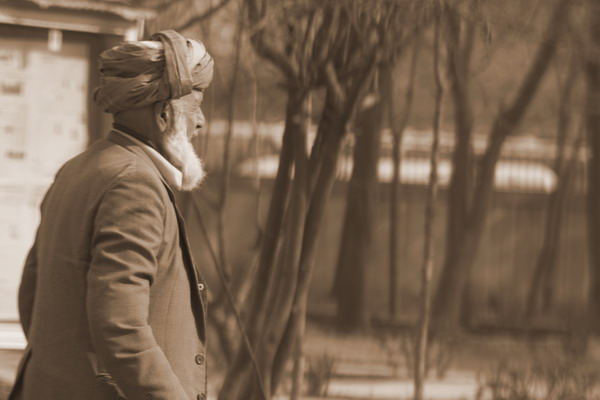
This man was in downtown Kabul, watching the traffic pass by.
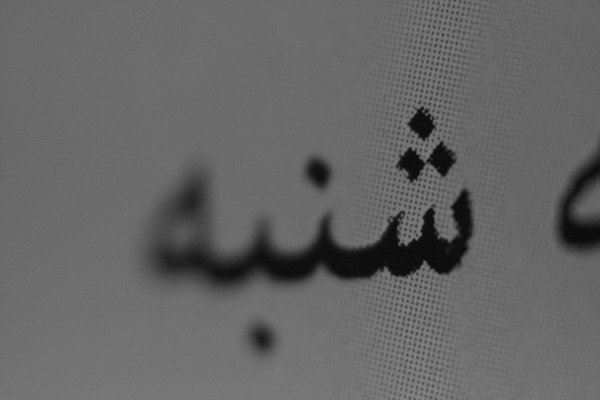
I also had fun with a macro lens. This is the Dari word for day, shanbe.
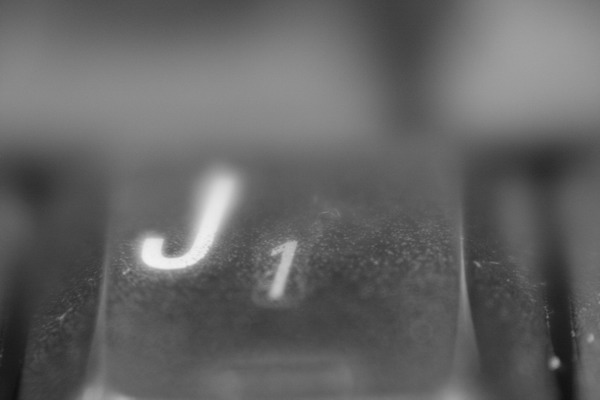
Macros are fun because even something as mundane as my keyboard makes for decent fodder.
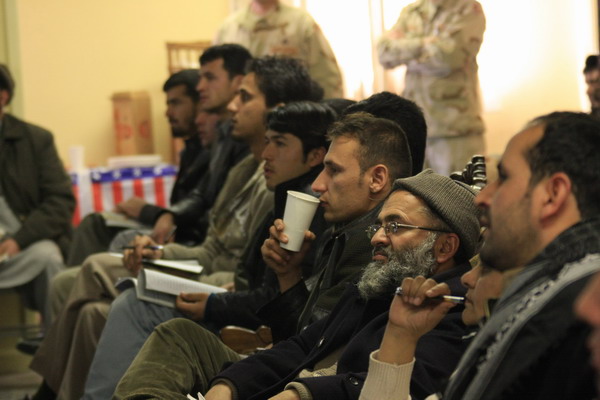
In order to build the capacity of construction companies in the region, we tailored a training class for them. The result was very positive. Not only are these companies very hungry for work (and the resulting paycheck), but also for knowledge. We immediately saw improvement in the proposals submitted for projects, which is an encouraging sign.
These next few images are people who were at the training.
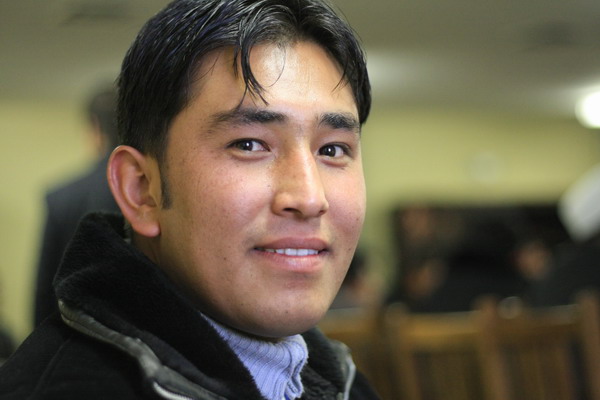
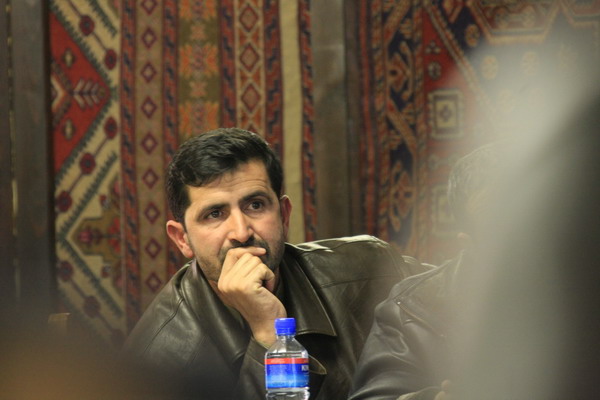
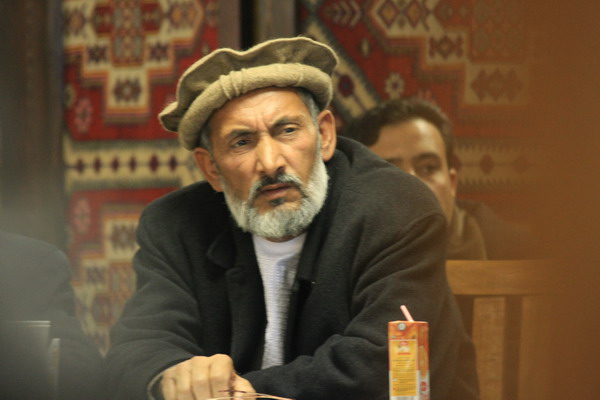
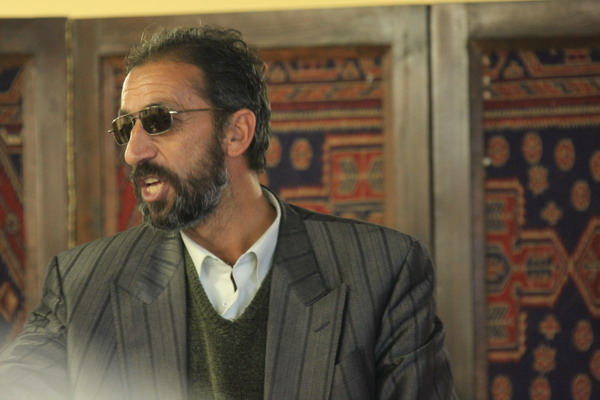
Although he’s a contractor, this man should run for politics. He gave a fiery speech to lament the vast requirements levied upon contractors (i.e. they have to do lots of coordination with a government they don’t often trust). At the conclusion, he got a rowdy applause.
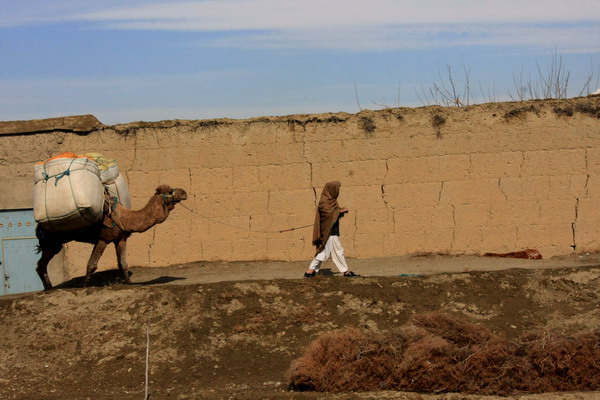
This camel was toting goods through one of the main markets in Kapisa.
More market images…
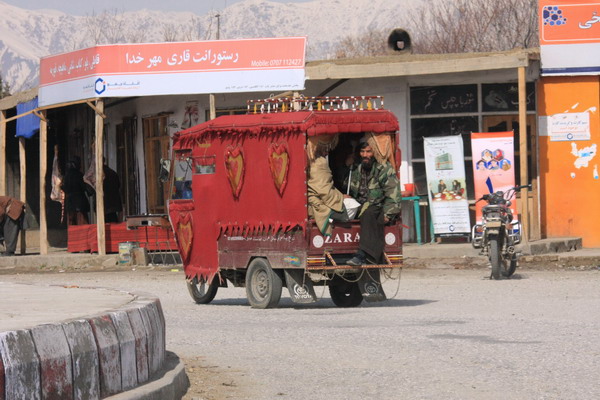
These little tuk-tuk type vehicles are all over the place. They appear to be quite useful.
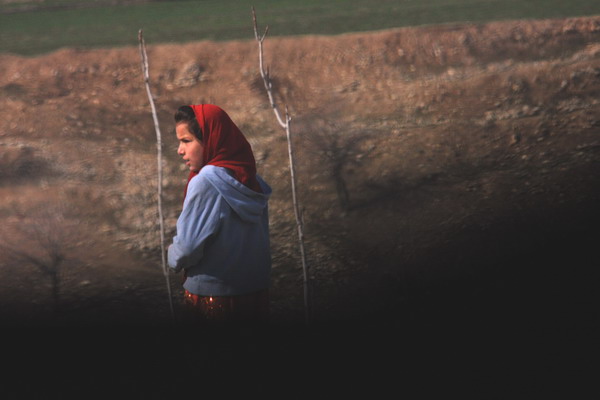
Little red riding hood.
The next few images are more interesting Afghan people.
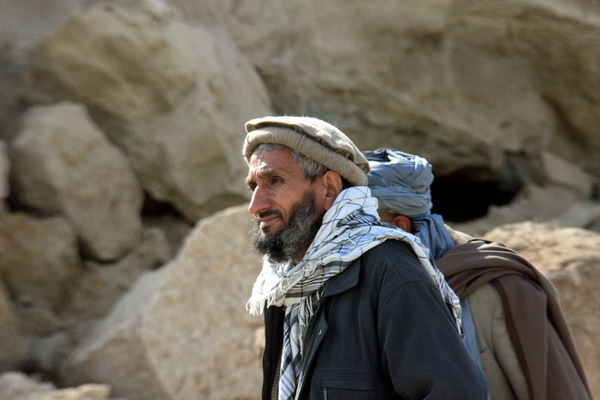
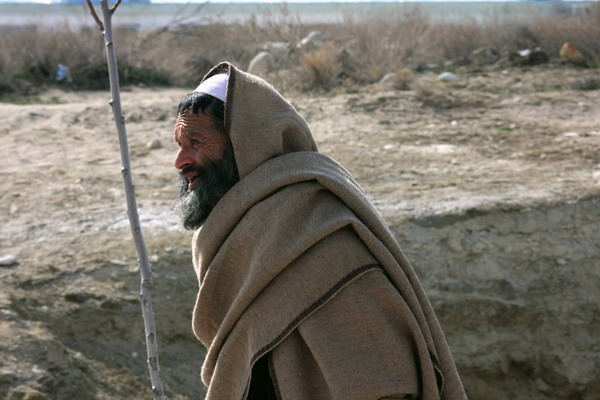
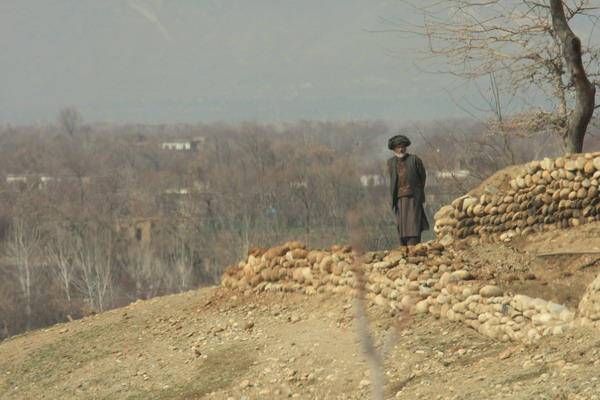
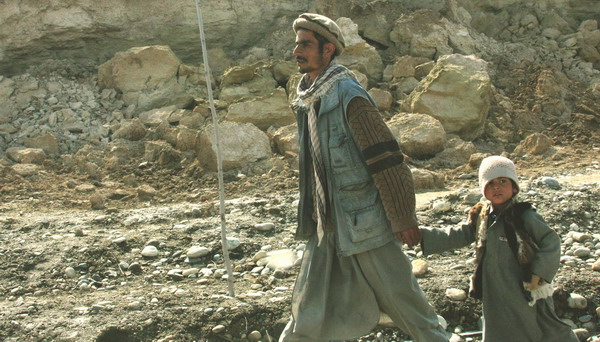
Just along for the ride.
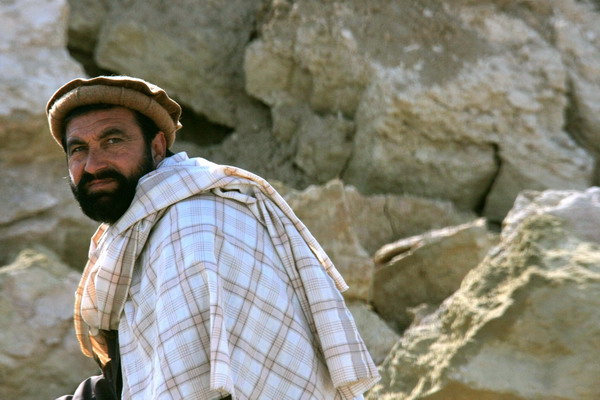
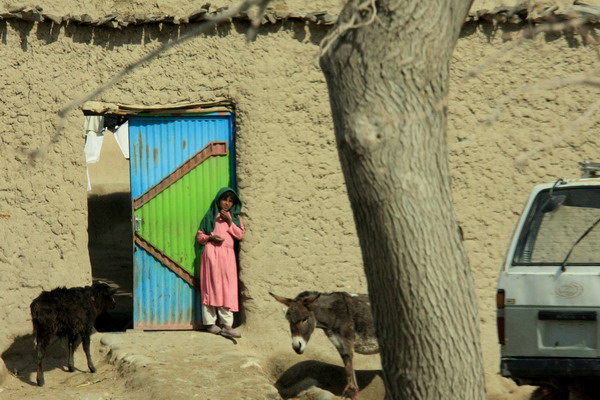
I love the multi-color doors that every compound has.
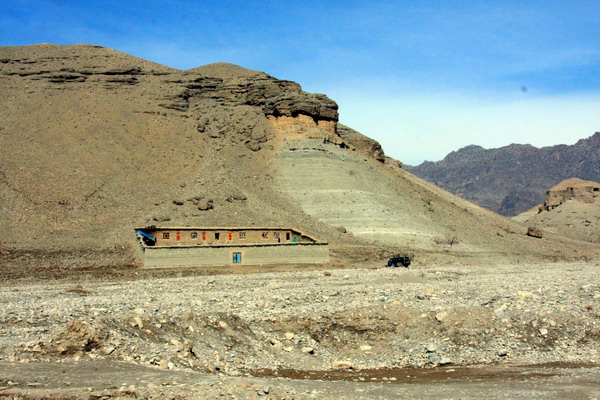
And the contrast that color has with the landscape.
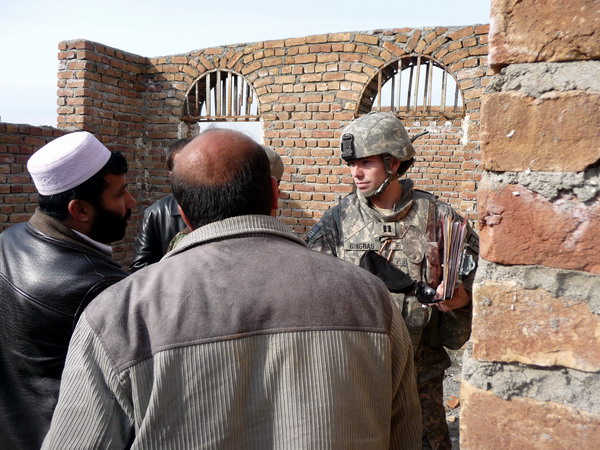
Of course, one of my main jobs is to go out and inspect projects. If you look close at this one, you can see there were a lot of problems with the brickwork. Fortunately, again, the contractor was very receptive to our direction and made all the changes we required.
It’s very important to follow the contract directly, which is what I am confirming here. As such, it’s important to write a good contract, so we can ensure a quality product.
Lumber is fairly scarce, so these men are making their own, on site.
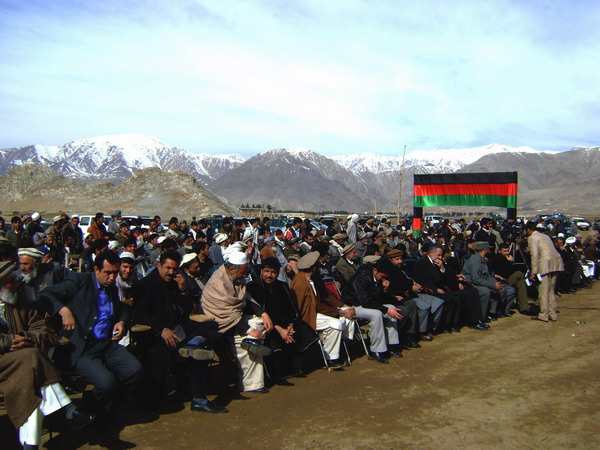
This is a ribbon cutting/ground breaking ceremony for one of our projects.
You don’t see any western faces here, which is a very good thing. Although we help these projects come to fruition, ultimately, they are Afghan projects. So, we make sure to involve the appropriate government officials in every stage, at the same time wiping out any chance for corruption. This builds their capacity to effectively run their country, and ideally builds the people’s trust to know that their elected and appointed government is a capable and enduring institution. It is only Afghans who can bring long term stability so many people desire.
–Jim
